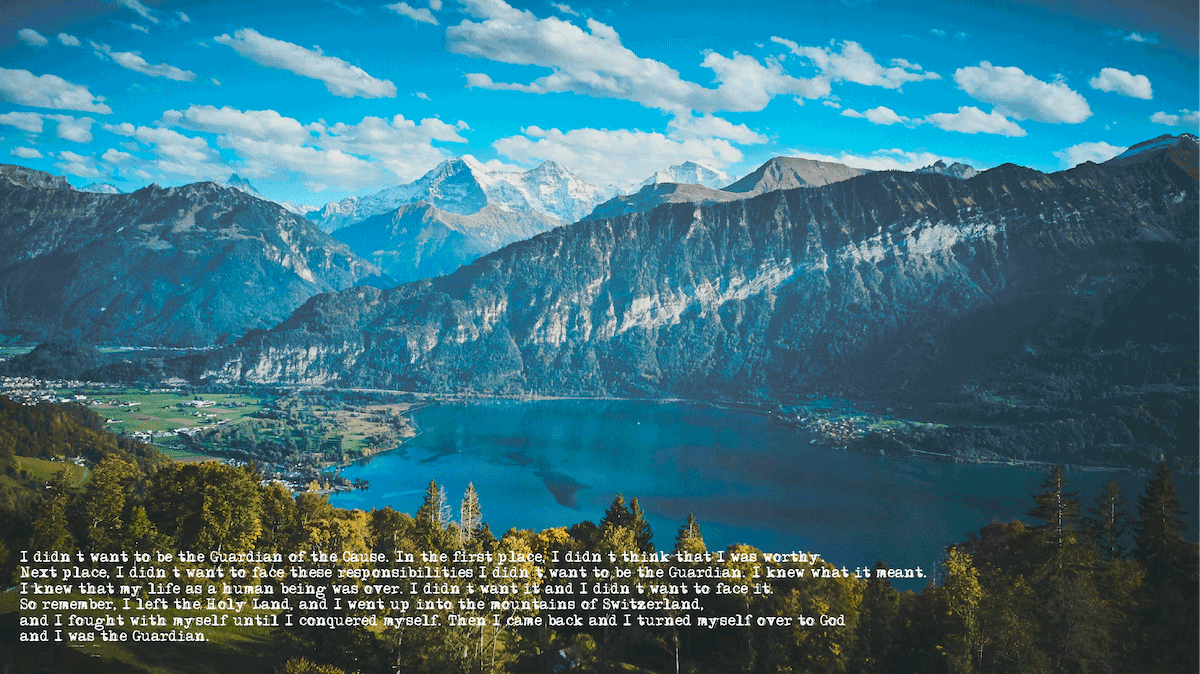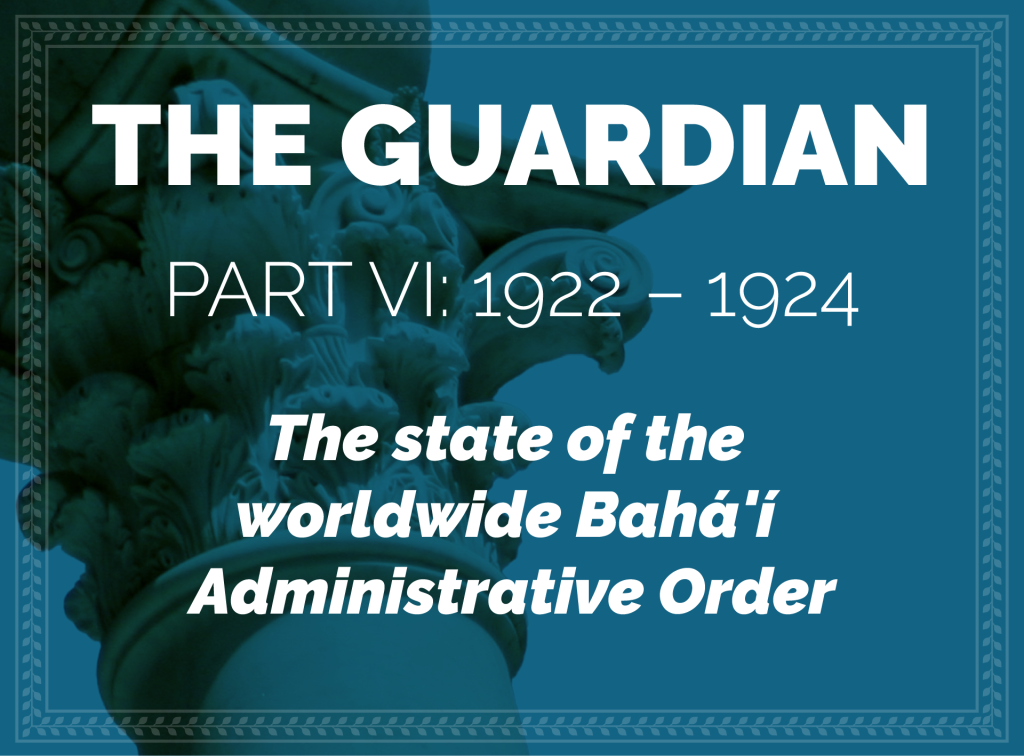
Written and illustrated by Violetta Zein
This part covers the life of Shoghi Effendi from the age of 25 in 1922 to the age of 27 in 1924.
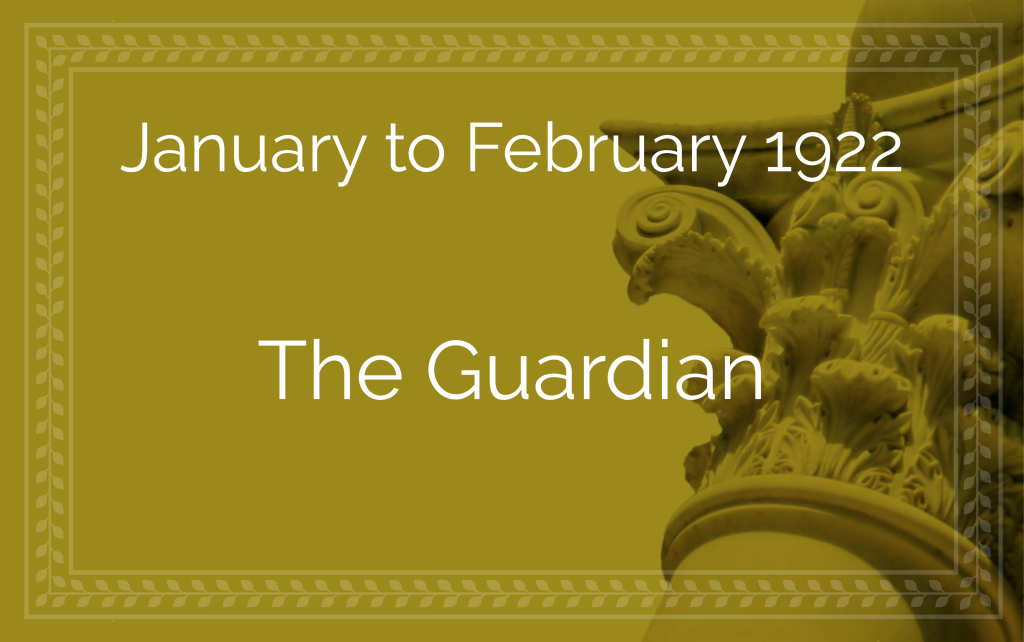
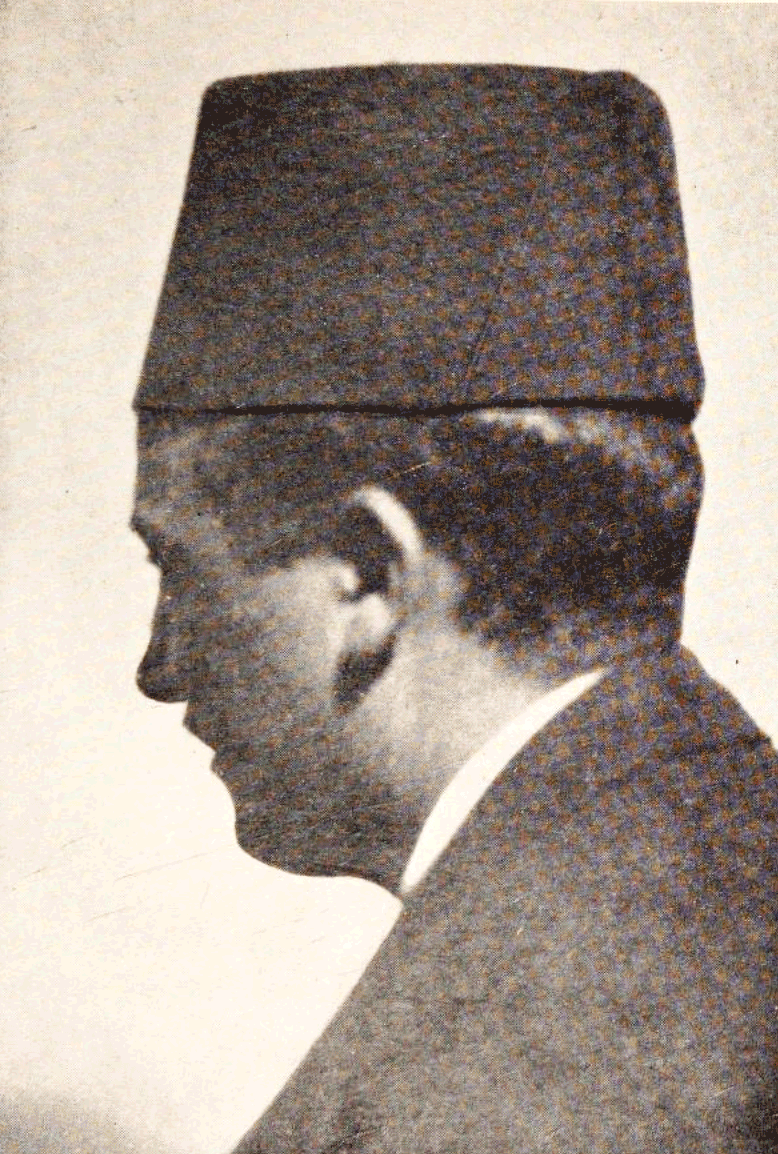
The Guardian: photograph of Shoghi Effendi. Source: The Priceless Pearl, between pages 120 and 121.
Shoghi Effendi was now the Guardian. Guardian is not as strong a word in English as the Arabic original term is. In the original Arabic, "Valíyy-i-Amru'lláh" is a beautiful, precise, evocative term which means at once Defender of the Faith, Leader, and Commander-in-Chief.
'Abdu'l-Bahá’s Will and Testament had placed on Shoghi Effendi the same responsibility which Bahá'u'lláh’s Will and Testament had placed on the Master after His Ascension on 29 May 1892.
This responsibility could not be shared with another person, nor with a body of believers.
It was Shoghi Effendi’s to carry alone, as it had been 'Abdu'l-Bahá’s to carry alone.
In a letter Shoghi Effendi wrote in February 1922, to a nephew of 'Abdu'l-Bahá who had risen up against 'Abdu'l-Bahá, he clearly shows he already understood the full picture of his new station, received in the middle of his sorrows, cares and afflictions:
…the pain, nay the anguish of His bereavement is so overwhelming, the burden of responsibility He has placed on my feeble and my youthful shoulders is so overwhelming…you will also see what a great responsibility He has placed on me which nothing short of the creative power of His word can help me to face…
One month later on 19 March 1922,, Shoghi Effendi unequivocally stated his position in a letter to one of his professors at the American University in Beirut:
Replying to your question as to whether I have been officially designated to represent the Bahá'í Community: 'Abdu'l-Bahá in his testament has appointed me to be the head of the universal council which is to be duly elected by national councils representative of the followers of Bahá'u'lláh in different countries…
After he became the Guardian, Shoghi Effendi made two simple changes to his wardrobe. He stopped wearing the Turkish-style fez he had worn as a student, and begin wearing a black Persian-style fez, and he adopted a simple knee-length coat.
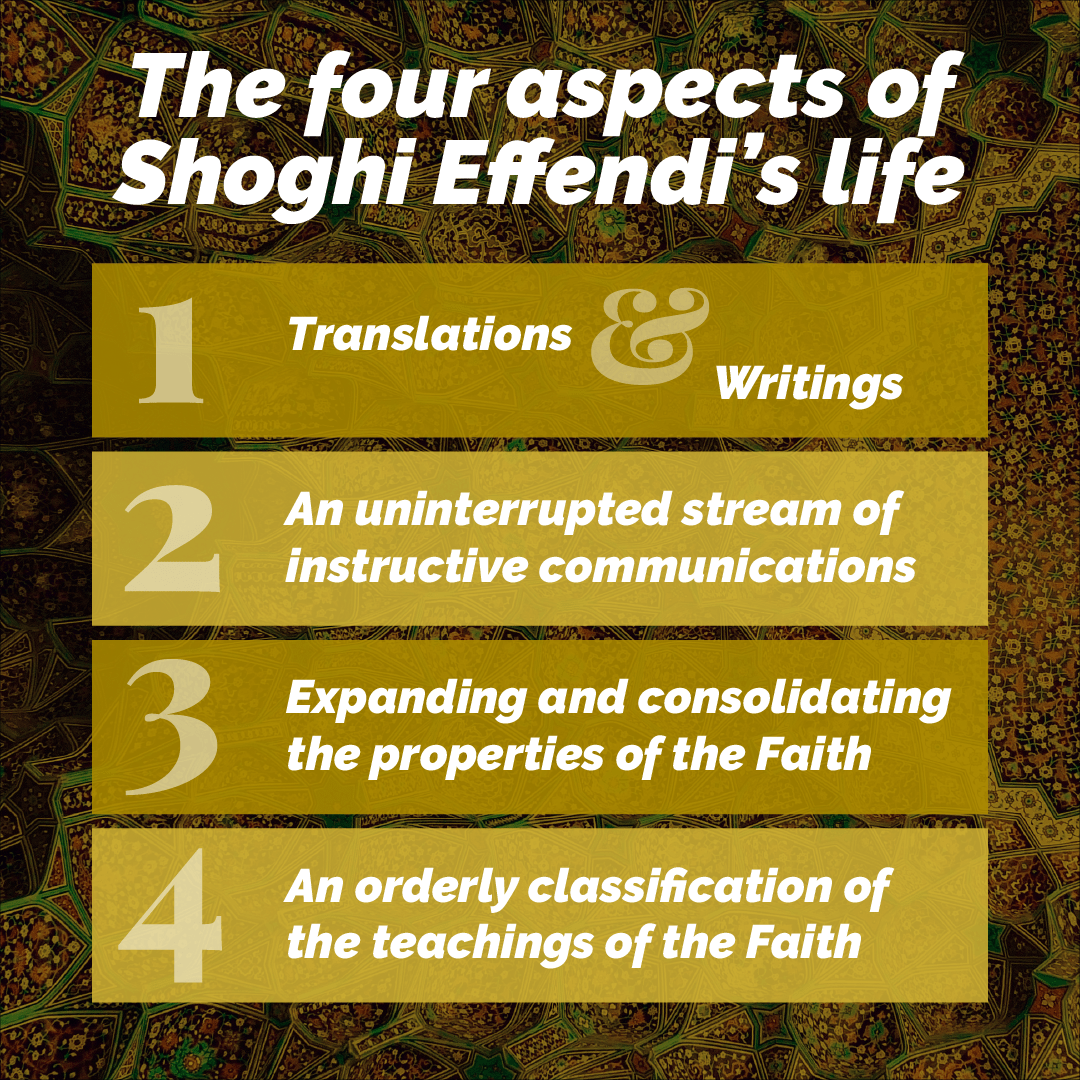
Background photo of an intricate ceiling in Iṣfahán by Nastaran Taghipour on Unsplash.
This section, as an homage to Hand of the Cause Amatu’l-Bahá Ruḥíyyíh Khánum, will contain only her analysis of the four major aspects of the life work of the Guardian. They have been broken up into paragraphs for ease of reading:
The life work of Shoghi Effendi might well be divided into four major aspects:
his translations of the Words of Bahá'u'lláh, the Bab, 'Abdu'l-Bahá and Nabil's narrative; his own writings such as the history of a century, published as God Passes By,
as well as an uninterrupted stream of instructive communications from his pen which pointed out to the believers the significance, the time and the method of the building up of their administrative institutions;
an unremitting programme to expand and consolidate the material assets of a world-wide Faith, which not only involved the completion, erection or beautification of the Bahá'í Holy Places at the World Centre but the construction of Houses of Worship and the acquisition of national and local headquarters and endowments in various countries throughout the East and West;
and, above all, a masterly orientation of thought towards the concepts enshrined in the teachings of the Faith and the orderly classification of those teachings into what might well be described as a vast panoramic view of the meaning, implications, destiny and purpose of the religion of Bahá'u'lláh, indeed of religious truth itself in its portrayal of man as the apogee of God's creation, evolving towards the consummation of his development - the establishment of the Kingdom of God on earth.
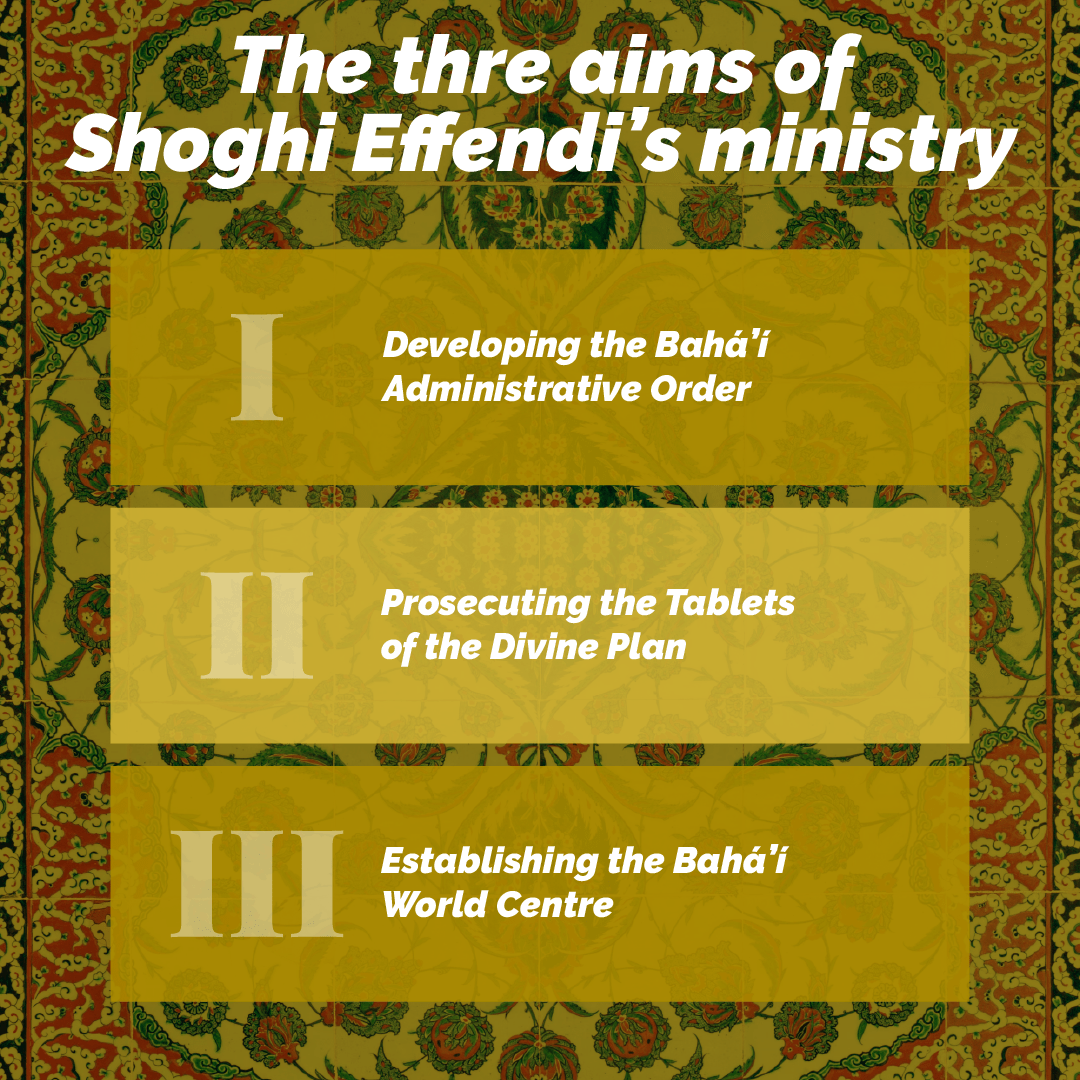
Background photo of an intricately designed rug by Meriç Dağlı on Unsplash.
The Guardian told Hand of the Cause Leroy Ioas that he saw his Guardianship as having three main aims:
- One was to build up the Administrative Order of the Cause of Bahá'u'lláh
- Two was to prosecute 'Abdu'l-Bahá’s Tablets of the Divine Plan and spread the teachings of the Cause throughout the entire earth
- And third, to build the World Center of the Bahá'í Faith in the Holy Land
These were the three self-imposed aims that dominated the Guardian’s ministry, and directed both his life and activities.
It should be remembered that, at the outset of His ministry, 'Abdu'l-Bahá also set Himself main goals for His own ministry:
- The establishment of the Faith in America
- The erection of the first Bahá'í House of Worship in ‘Ishqábád, Turkmenistan
- The construction of the Shrine of the Báb on Mount Carmel and the interment of His remains
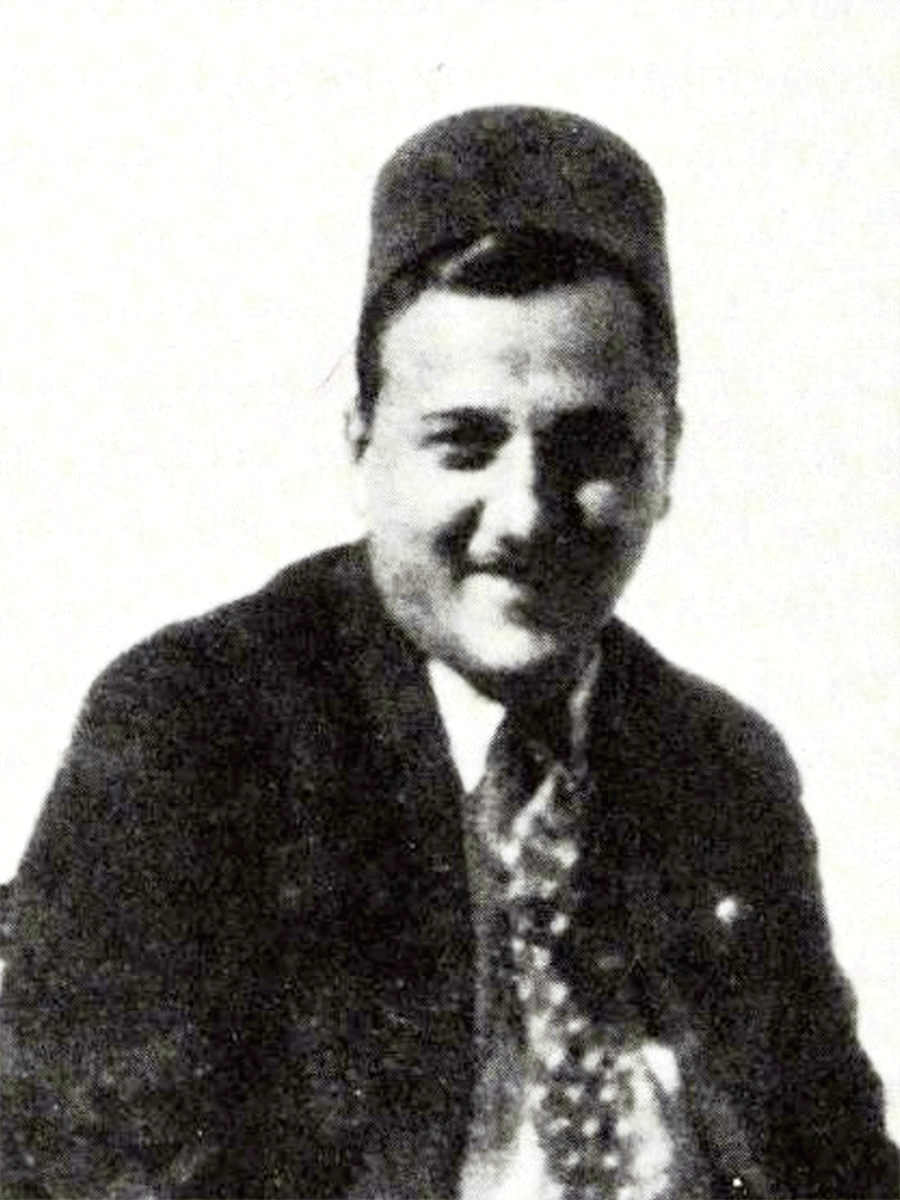
“First laugh”: An undated photograph of Shoghi Effendi smiling, wearing his signature black fez, possibly before he became the Guardian. Source: Blessings Beyond Measure, ‘Alí Yazdí, page 84.
John and Louise Bosch had arrived on pilgrimage on 13 November 1921 and had lived through the Ascension and the funeral of 'Abdu'l-Bahá, and the reading of His Will and Testament. Before leaving Haifa, Louise wanted to buy the same regular eastern clothes the women of the Holy Family wore—as a show of respect on her part to the family.
Once she had worn her eastern outfit, the women of the Holy Family led Louise to a room where women were praying and one of the Guardian’s aunts told Louise:
You must go and see Shoghi Effendi.
Now that she was going to see the Guardian, Louise felt like a child playing dress-up, and she entered Shoghi Effendi’s room, standing about 1 meter away from his bed. Shoghi Effendi sat up in bed, and realizing he didn’t know who he was looking at under the veil, Louise couldn’t contain her laughter and Shoghi Effendi recognized her, and said:
Oh, it’s Mrs. Bosch.
He pointed to her shoes—that was how he had recognized her. Shoghi Effendi, Louise and one of Shoghi Effendi’s aunts laughed a little over the incident and Shoghi Effendi’s aunt told Louise that was the first time Shoghi Effendi had laughed since he had arrived, almost a month ago, on 29 December 1921.
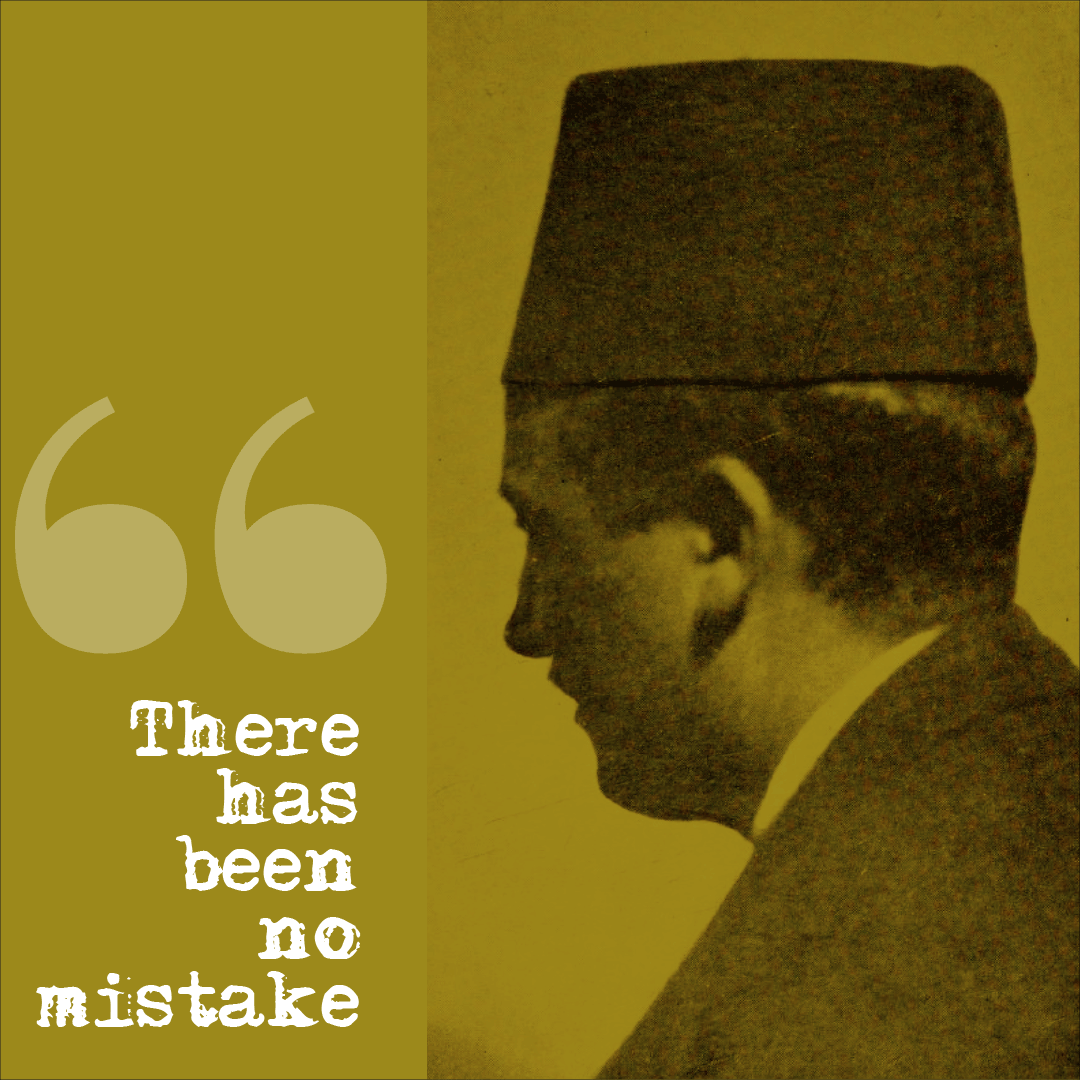
John and Louise departed, after a two-month pilgrimage on 17 January 1922.
John and Louise went to see Shoghi Effendi to say goodbye, and the Guardian’s last words to them as they left were:
Tell the friends, time will prove that there has been no mistake.
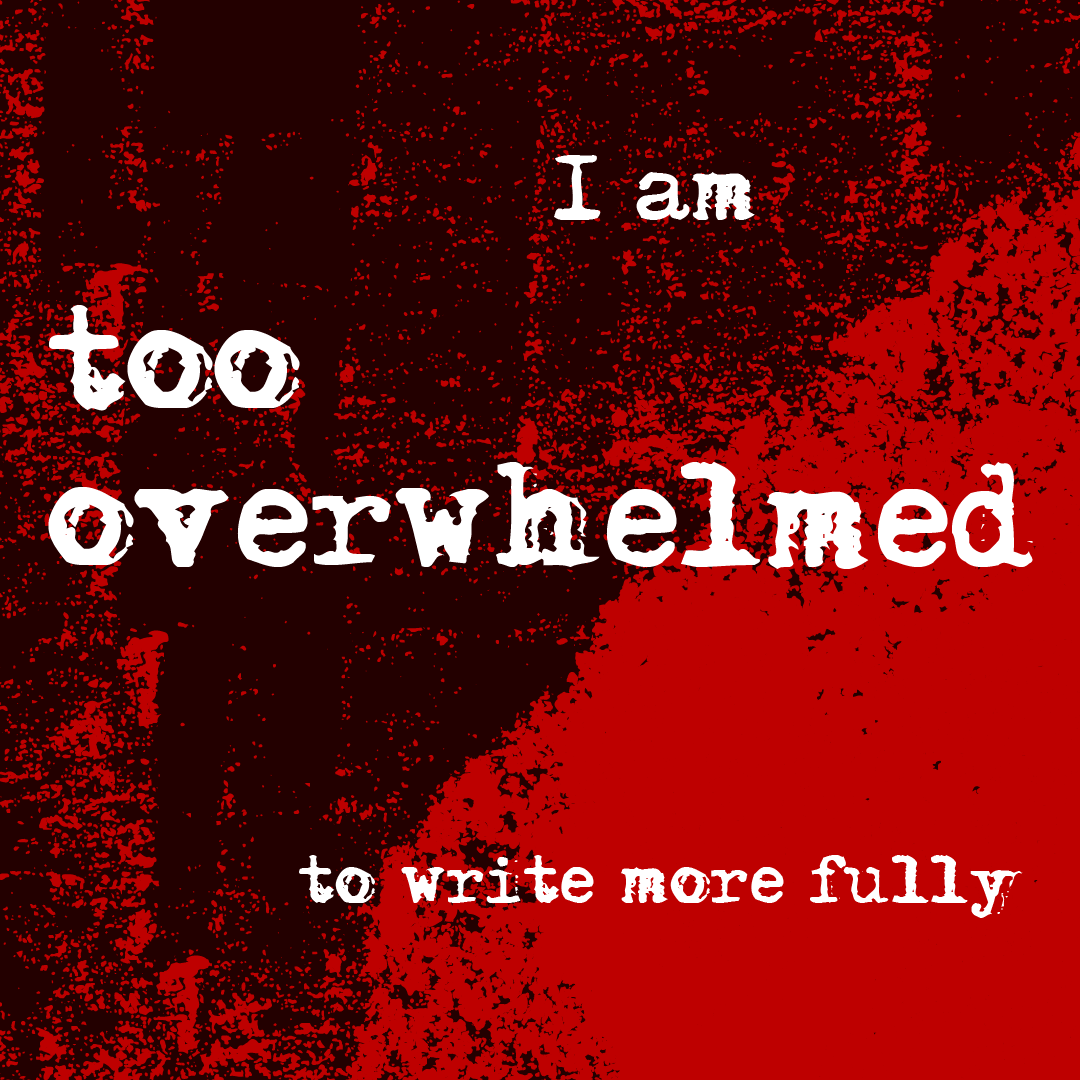
When ‘Alí Yazdí learned the devastating news of 'Abdu'l-Bahá’s Ascension, he was studying at UC Berkley. His own words in his memoirs show the extent of the shock that overwhelmed him and the worldwide community of faithful Bahá'ís:
It is strange, but we never thought that ‘Abdu’l-Bahá would die. Though He Himself alluded to His passing, our minds had not, could not, accept the possibility.
‘Alí Yazdí was devoted to Shoghi Effendi, and his first thought, when he heard the news, despite his overwhelming grief, was to write to his father Ḥájí Muḥammad Yazdí in Haifa expressing his grief, his affection, and his concern for Shoghi Effendi.
It was the Guardian himself who replied to ‘Alí Yazdí’s letter, his first letter to his old friend ‘Alí as Guardian of the Cause.
My dearest brother:
The touching letter you had written to your dear father has been such a relief and comfort to me and to those who have perused it. In the midst of our sorrows, one ray of hope gives us the solace and peace that the world cannot give—namely, His sure and repeated promise that He will send souls that shall gloriously promote His Cause after Him. My dear brother! The pure faith, the ardor and the services of your father, I am sure, as well as your own noble wish, will make of you an efficient and energetic servant in His Cause, and I assure you of my prayers at His hallowed Shrine, that whatever you do, whatever you acquire may in the near future be wholly and directly put to the service of His Cause.
I am too overwhelmed to write more fully, but I assure you of my prayers for you, my attachment to you, and my fervent hope that we shall both co-operate to the very last, in our servitude at His Holy Threshold.
The bereaved Holy Leaves remember you with tenderness and hope and wish you a bright future wherever you may be.
Yours in His Love and Service
Shoghi
The Guardian had the thoughtfulness of enclosing in his letter to ‘Alí Yazdí an envelope on which he had penned:
Rose petals that have been laid upon His Sacred Threshold.
‘Alí Yazdí would not see Shoghi Effendi again until 7 years from then, in 1928, when he arrived on pilgrimage with his wife Marion.
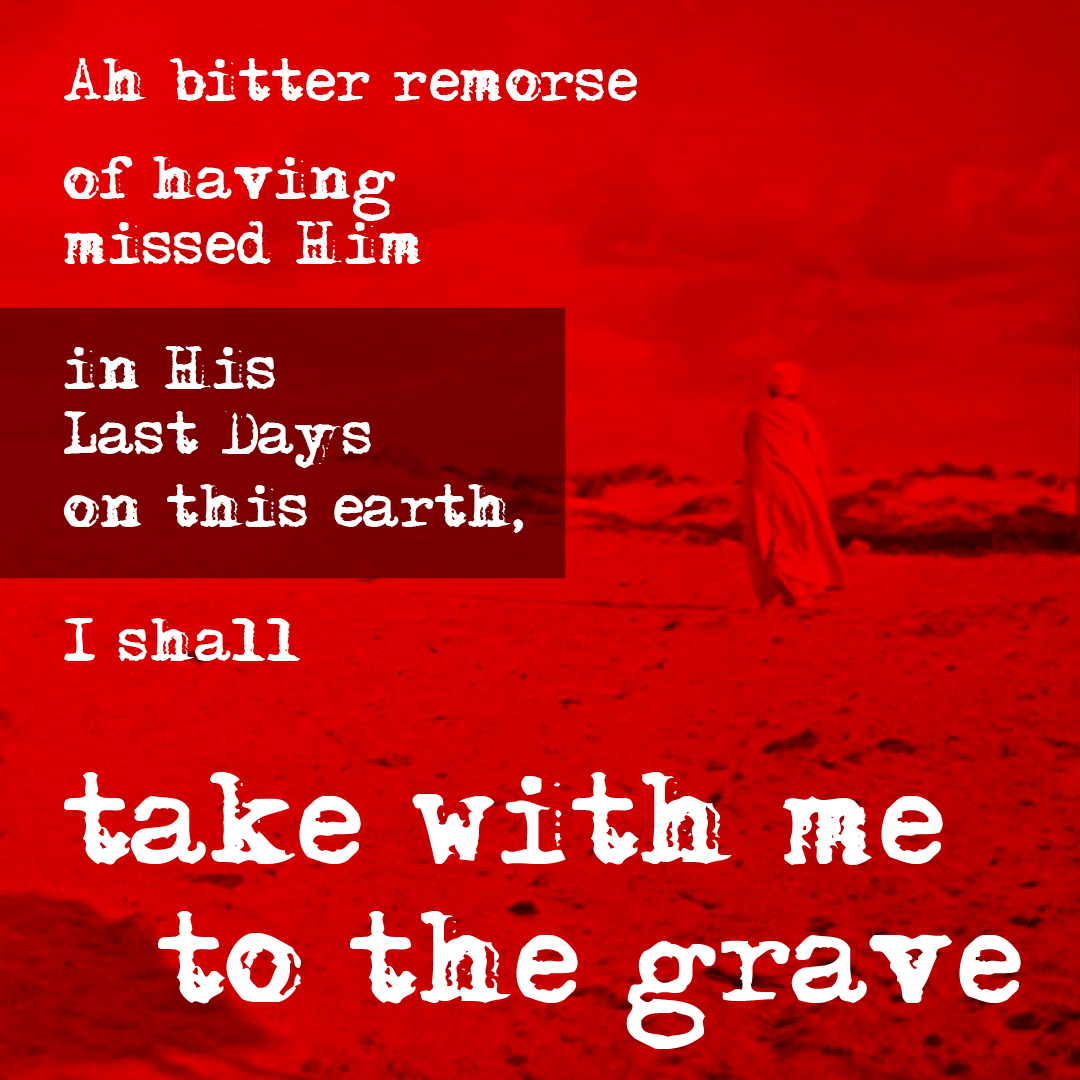
By February 1922, a little over two months after 'Abdu'l-Bahá’s Ascension, Shoghi Effendi was beginning to feel deep grief, and remorse at having missed seeing his grandfather alive one last time.
He wrote to a distant cousin:
Ah bitter remorse of having missed Him - in His Last Days - on this earth, I shall take with me to the grave no matter what I may do for Him in future, no matter to what extent my studies in England will repay his wondrous love for me.
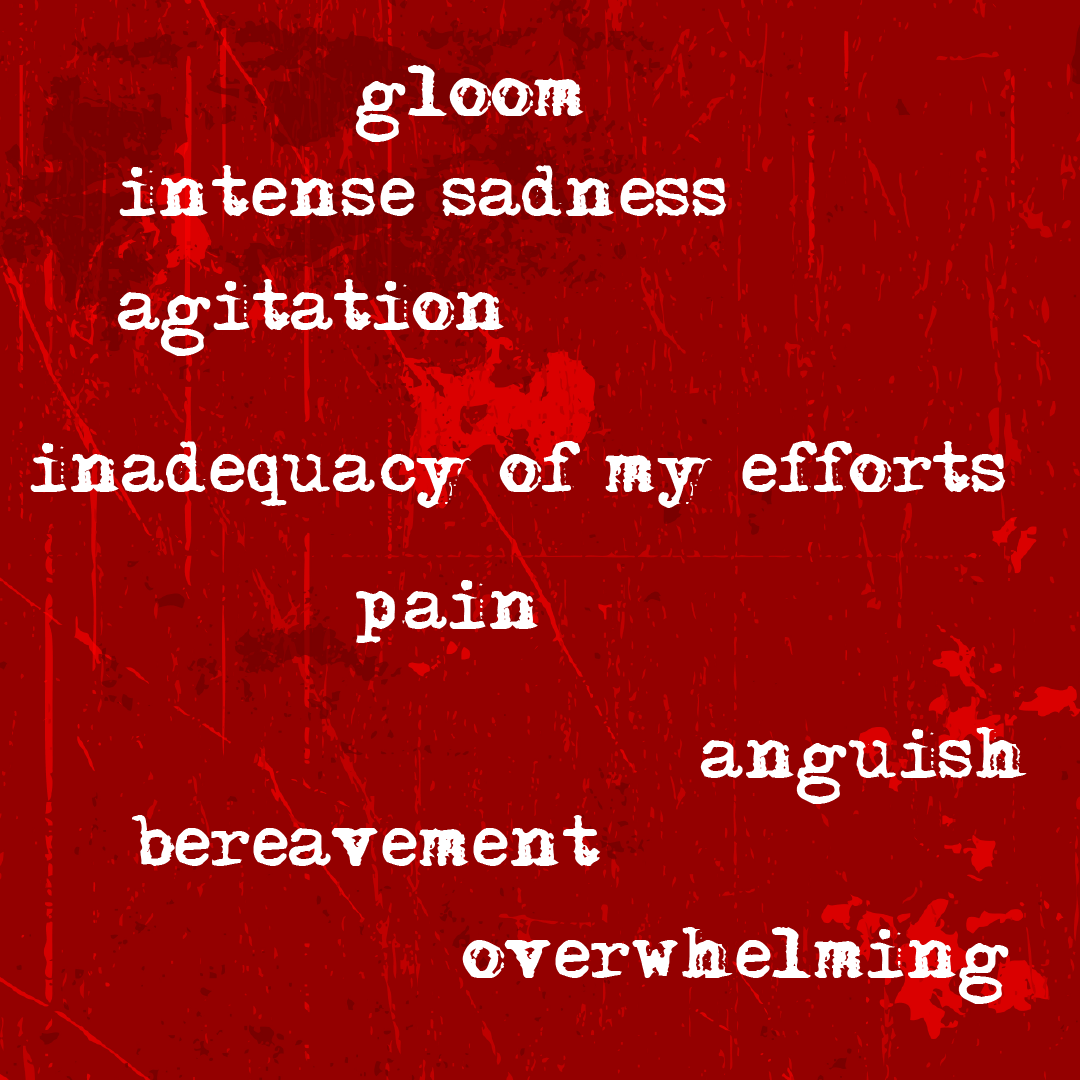
Mrs. Whyte, whom both Shoghi Effendi and 'Abdu'l-Bahá had visited in Scotland, had been impressed with Shoghi Effendi since he was a nine-year-old boy prostrating his forehead at the Shrine of Bahá'u'lláh.
She became a close friend of Shoghi Effendi’s and was able to offer him comfort in this devastating time. Her letters had moved Shoghi Effendi to tears, of his own admission. In his response to his Scottish friend on 6 February 1921, Shoghi Effendi pours out his heart and describes in great detail the grief that has consumed it:
Moments of gloom, of intense sadness, of agitation I often experience for wherever I go I remember my beloved grandfather and whatever I do I feel the terrible responsibility He has so suddenly placed upon my feeble shoulders…How intensely I feel the urgent need of a thorough regeneration to be effected within me, of a powerful effusion of strength, of confidence, of the Divine Spirit in my yearning soul, before I rise to take my destined place in the forefront of a Movement that advocates such glorious principles.
I know that He will not leave me to myself, I trust in His guidance and believe in His wisdom, but what I crave is the abiding conviction and assurance that He will not fail me.
The task is so overwhelmingly great, the realization of the inadequacy of my efforts and myself so deep that I cannot but give way and droop whenever I face my work...
Writing to Mrs. Whyte again later in February, Shoghi Effendi states:
…the pain, nay the anguish of His bereavement is overwhelming…
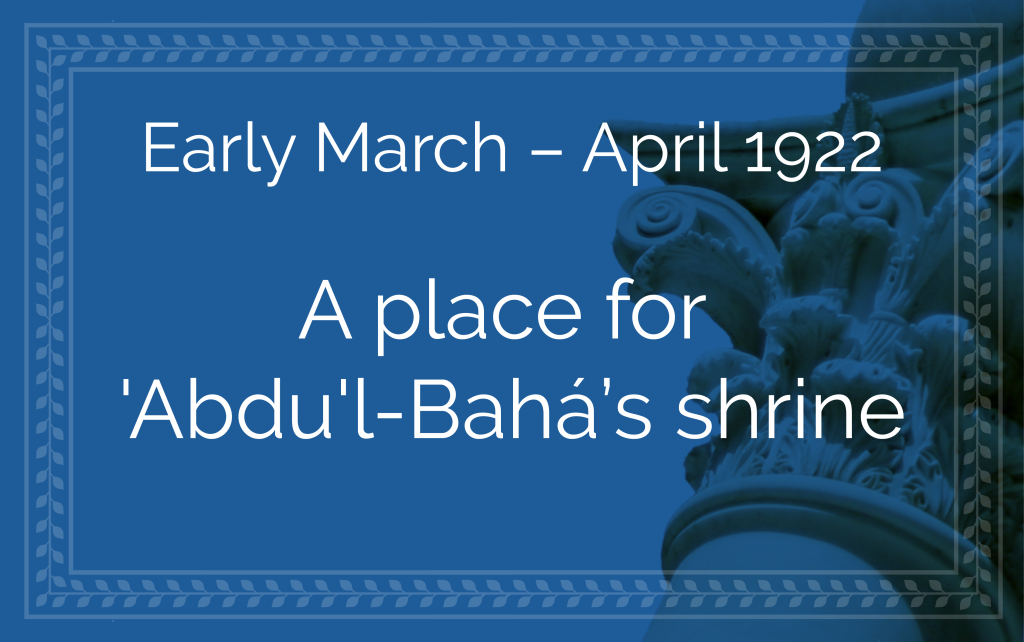
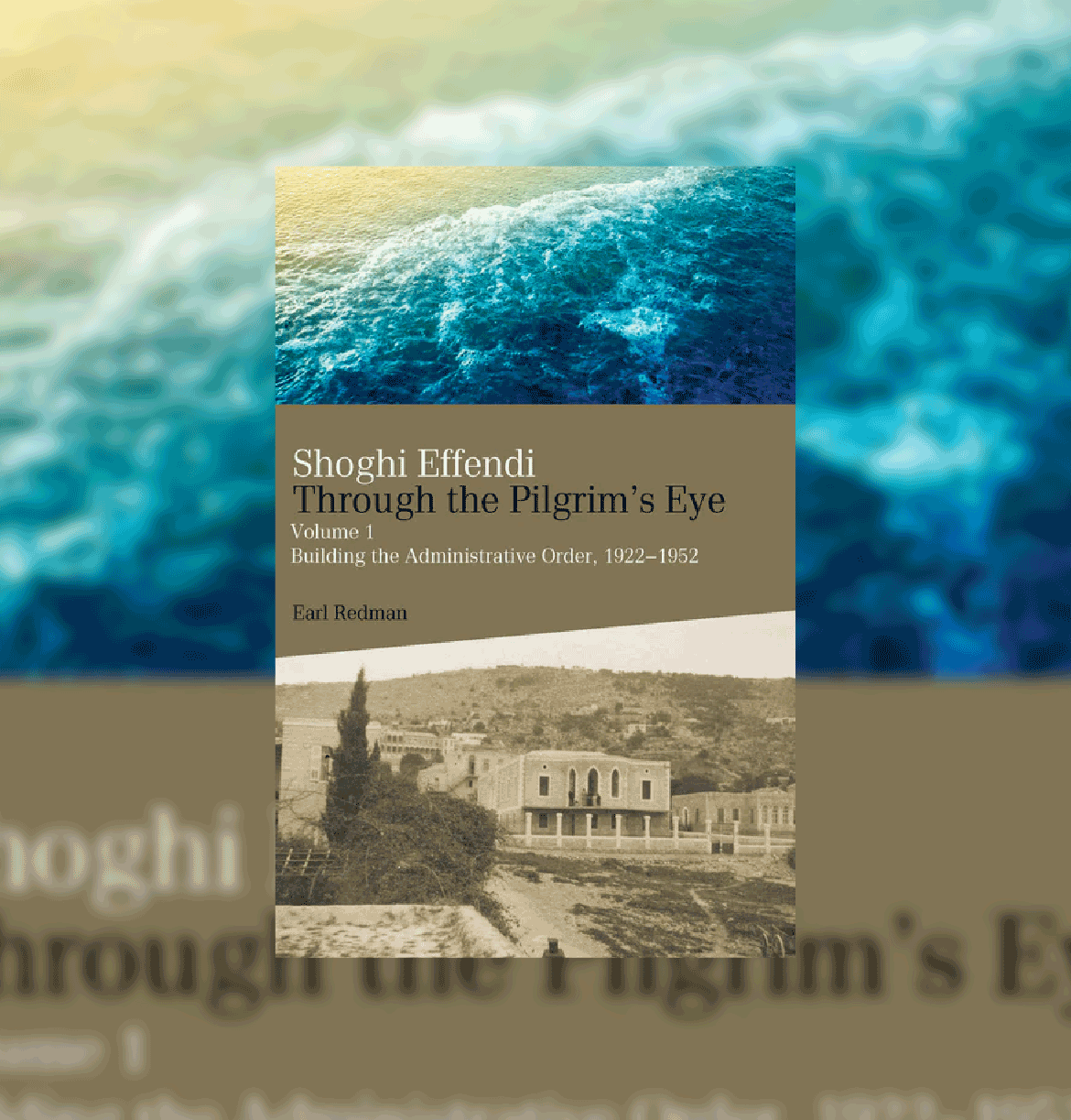
Before the first story quoting Earl Redman’s Shoghi Effendi Through the Pilgrim’s Eye Volume 1, this book should be introduced.
If it hadn’t been for Bahá'í historian Earl Redman’s magnificent book— Shoghi Effendi Through the Pilgrim’s Eye Volume 1 Building the Administrative Order, 1922-1952—several important and beautiful stories would have not found their way into the chronology, particularly the story of Effie Baker, the Australian photographer sent on a mission by the Guardian to photograph the holy sites in Persia in 1930 for his masterpiece, The Dawn-Breakers.
Shoghi Effendi Through the Pilgrim’s Eye is a work of art, opening vistas unto our beloved Guardian through the eyes and the flowing pen of pilgrims who were privileged to meet him, and Earl Redman’s signature thorough research has built a mosaic of pen-portraits filled with heart-rending, extraordinary moments. Only a few of his original findings are included in this chronology, so please procure a copy so you can discover them all.
This work was crucial in the architecture of the chronology because no one has so far aligned as many exact dates for the comings and goings of pilgrims in the ministry of Shoghi Effendi, and the exactness of Earl Redman’s book and his commitment to accuracy allowed many stories to find their place chronologically in this work.
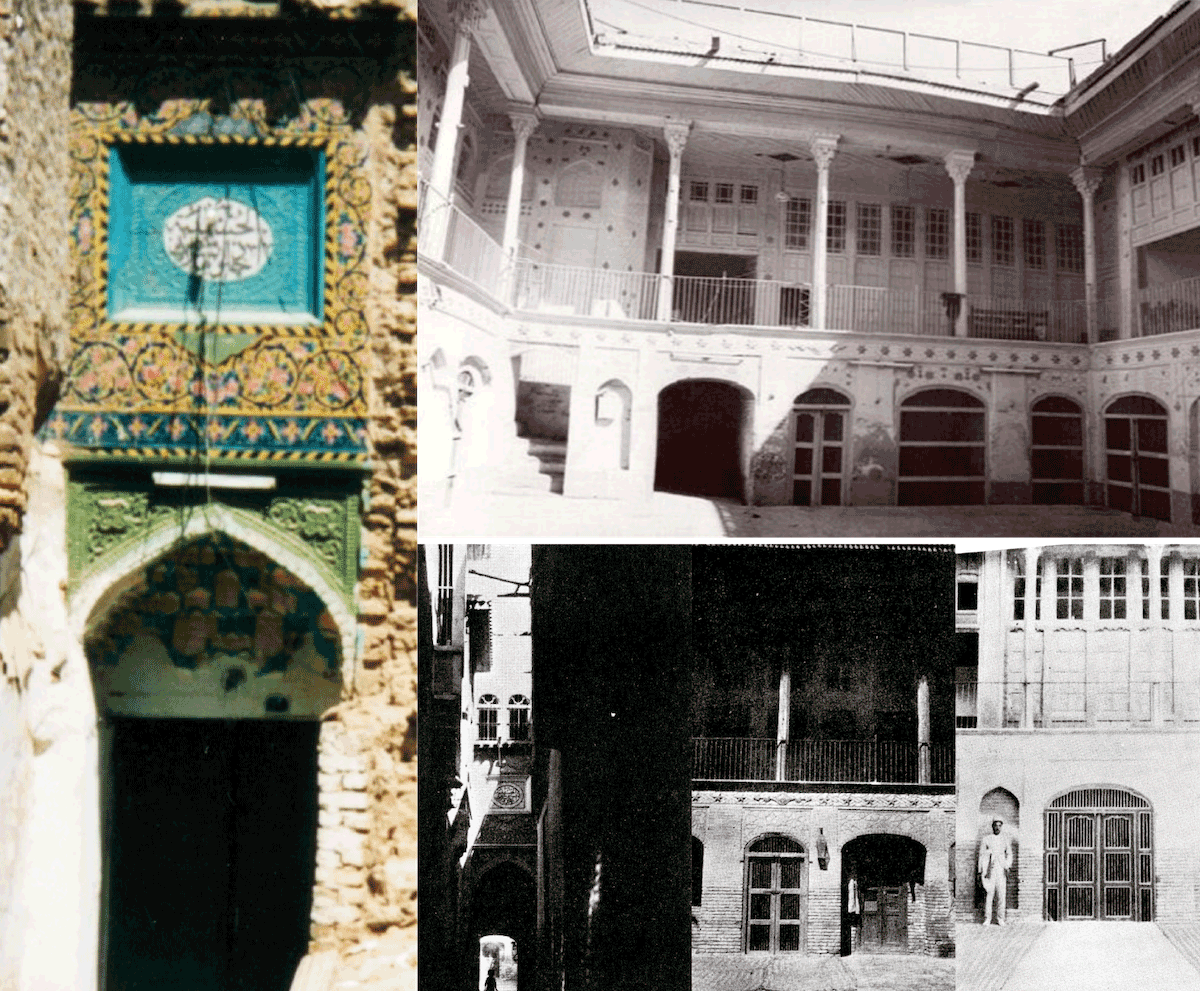
The Most Great House of Bahá'u'lláh in Baghdad: Color photo on the left: The entrance to the Most Great House. Source: © Sa'ad Salim, used with permission. Top photo: The house of Bahá'u'lláh in Baghdád, where the Holy Family moved while He was in Kurdistán. Source: Taazakh Khabar News; Bottom photo: Three less well-known photos of the outside of the house of Bahá'u'lláh in Baghdád from the street. Photo on the left, view of the house from the alley/street. Source: The Bahá'í World Volume 5, via Baha'i Media. Photo in the center, of the balcony of the Most Great House facing the port on the River Tigris. Source: TheBahá'í World Volume 6via Baha'i Media. Photo on the right, source: Nabíl, The Dawn-Breakers, Epilogue, page 663.
The Most Great House of Bahá'u'lláh in Baghdad was decreed by Bahá'u'lláh in the Kitáb-i-Aqdas to be one of the two places of pilgrimage for Bahá'ís, with the house of the Báb in Shíráz.
Bahá'u'lláh lived in the Most Great House for seven uninterrupted years as He revealed the Hidden Words, the Seven Valleys and the Four Valleys and the Kitáb-i-Íqán. Bahá'u'lláh effected a complete spiritual transformation on the Bábí community of Baghdád while He lived in the Most Great House, He taught the people of Baghdád in cafés, and it was from this House that he departed on 22 April 1863 for the Garden of Riḍván, where He made His momentous Declaration.
In 1921, in the last year of His ministry and with the beginning of the British Mandate in Iraq, 'Abdu'l-Bahá felt that the increased religious freedom and security allowed for the Bahá'ís to make repairs on the Most Great House, which He authorized. When the custodian died leaving no heirs, the House fell into the hands of the Shí’ah, but the decision was reversed two months later, and the Bahá'ís regained ownership of the House.
In 1921, the Bahá'ís were illegally evicted, the Shí’ah again sued for ownership, and the Court of Appeals, by a decision of 4 to 1, decided in favor of the Shí’ah on 23 November 1921, one week before 'Abdu'l-Bahá’s Ascension.
The Shí’ah clergy began to plot to take possession of the house by going through the Shí’ah courts, and caused such a commotion that on 8 February 1922, King Faisal of Iraq ordered the Bahá'ís evicted from the Most Great House and the keys remanded into the hands of the Governor of Bagdad, to keep the peace.
In 1923, the Government of Iraq handed the Shí’ah the keys for the Most Great House.
The Bahá'ís appealed to the Peace Court for possession of the House of Bahá’u’lláh in July 1923, but the Bahá'í community’s joy would be short-lived. In fact, it would last exactly five months.
On 20 December 1923, the Peace Court ruled in favor of returning possession of the Most Great House to the Bahá'ís, but the Council of Ministers of Baghdad ordered a stop to the decision until true ownership could be established.
This deeply upsetting situation would continue to weigh on Shoghi Effendi for years.
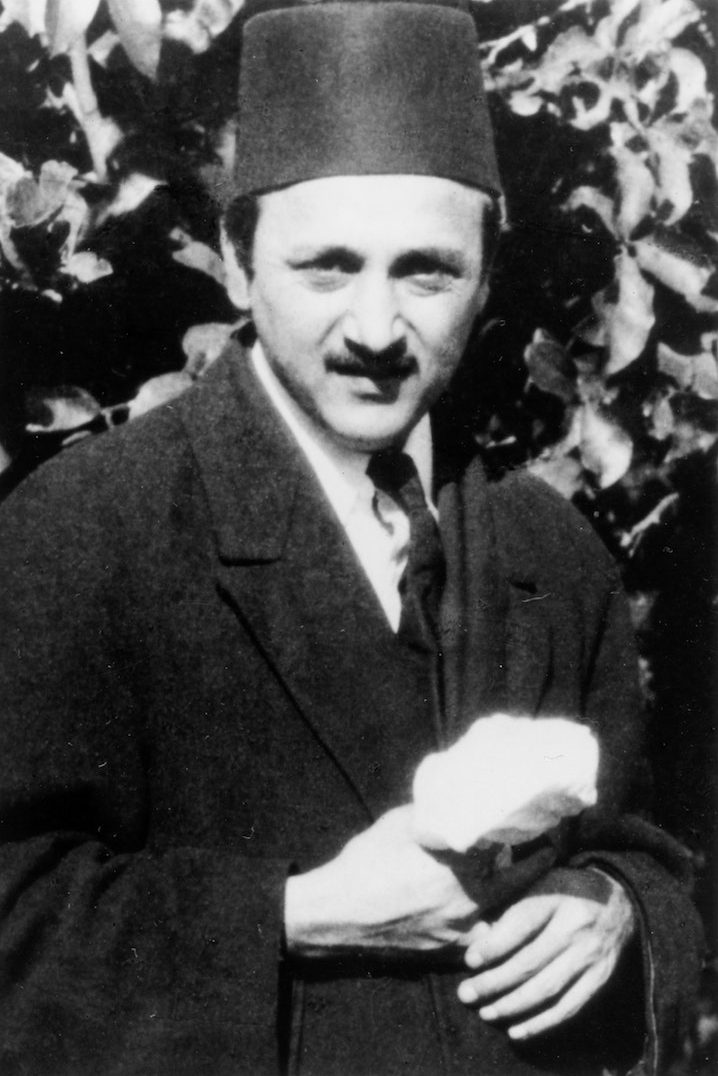
One day in early 1922, Shoghi Effendi walked back to 7 Haparsim from a visit to the Shrine of the Báb, followed by some Bahá'ís.
When he arrived at the House of the Master, Shoghi Effendi invited Boyce Nourse, a young pilgrim in Haifa with his family, to stroll through the garden with him.
Boyce asked Shoghi Effendi if he could take his photograph, and, surprisingly, Shoghi Effendi agreed.
This is one of the earliest photos of Shoghi Effendi as Guardian of the Faith, which was published in The Priceless Pearl, by Rúḥíyyih Khánum.
The photograph shows Shoghi Effendi standing in the garden of 'Abdu'l-Bahá’s home, holding a handkerchief filled violets he had picked at the Shrine of the Báb, and which he was bringing back for his beloved Great-Aunt, the Greatest Holy Leaf.
On that occasion, Shoghi Effendi had also picked a second bouquet of violets which he asked Boyce’s mother, Elizabeth Nourse to bring back with her to America.
Those violets were Shoghi Effendi’s first gift to America. They were preserved and later offered to the United States National Archives.
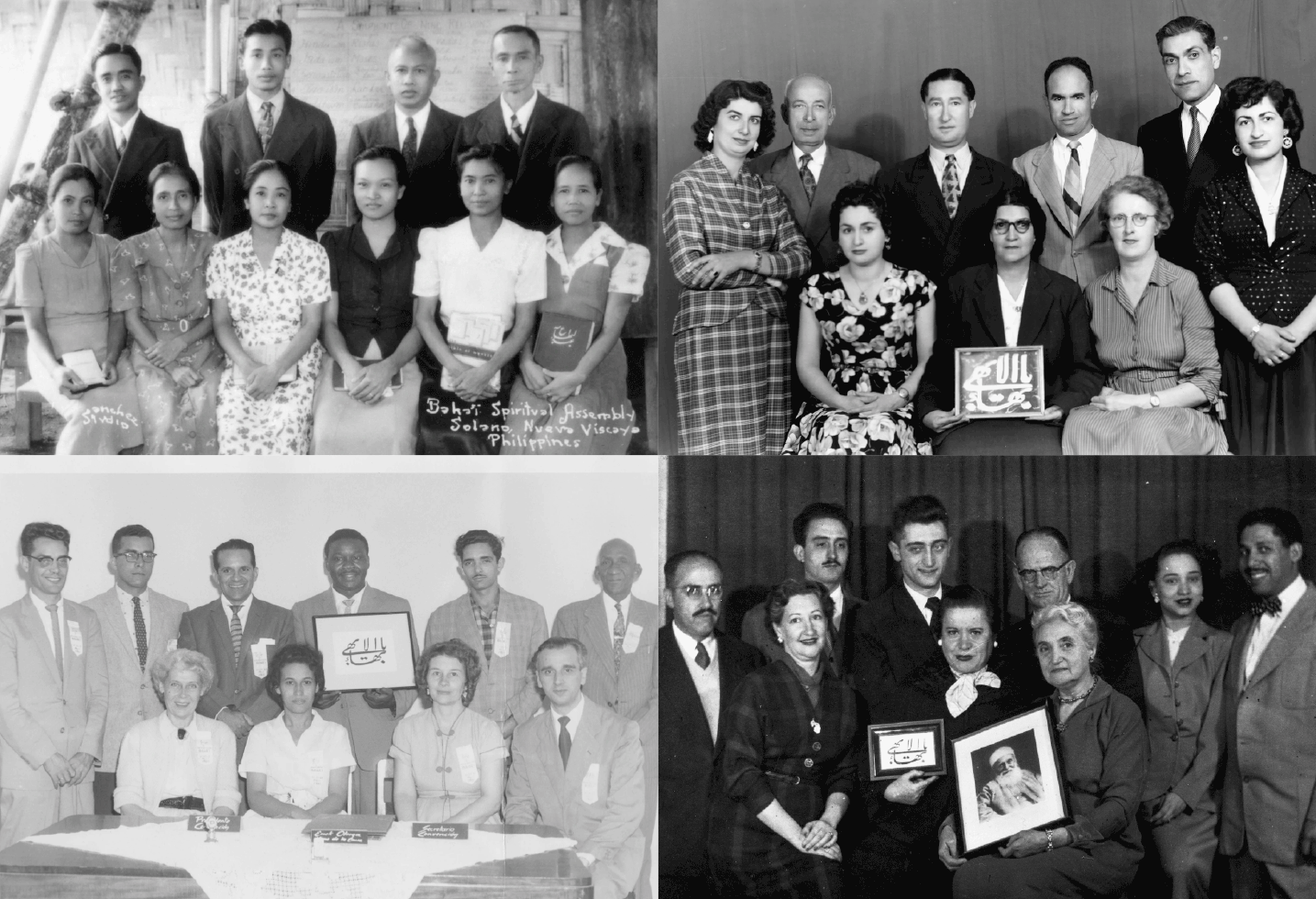
The Guardian’s very first long, 6-page letter was dated 5 March 1922, and addressed to the “fellow-workers in the Cause of Bahá’u’lláh,” and concerns the establishment of the Administrative Order of the Faith.
There are two main parts to this letter: the Mission of the Cause, Local and National Spiritual Assemblies, and Committees of the National Assembly.
The Mission of the Cause
In this first part of the 5 March 1922 letter, the Guardian sets forth the primary aim of the Bahá'í Faith, its propagation throughout the world:
How great is the need at this moment when the promised outpourings of His grace are ready to be extended to every soul, for us all to form a broad vision of the mission of the Cause to mankind, and to do all in our power to spread it throughout the world!...Now is the time to set aside, nay, to forget altogether, minor considerations regarding our internal relationships, and to present a solid united front to the world animated by no other desire but to serve and propagate His Cause.
Local and National Spiritual Assemblies
The second part of Shoghi Effendi’s masterful letter is aimed at the unfoldment of the Institutions of Bahá'u'lláh’s’ Administrative Order: the Local and National Spiritual Assemblies. First, the priority of establishing Local Spiritual Assemblies in every locality and the two-step process of electing a proper National Spiritual Assembly. The Guardian follows this important fact up with powerful quotes from Bahá'u'lláh and 'Abdu'l-Bahá regarding Assemblies:
Hence the vital necessity of having a local Spiritual Assembly in every locality where the number of adult declared believers exceeds nine, and of making provision for the indirect election of a Body that shall adequately represent the interests of all the friends and Assemblies throughout the American Continent.
At the end of this section, the Guardian emphasizes the importance of unity and cooperation between the members of the assembly and between Local and National Spiritual Assemblies:
Full harmony, however, as well as cooperation among the various local assemblies and the members themselves, and particularly between each assembly and the national body, is of the utmost importance, for upon it depends the unity of the Cause of God, the solidarity of the friends, the full, speedy and efficient working of the spiritual activities of His loved ones.
Committees of the National Assembly
In the last and shortest section of this major letter, Shoghi Effendi emphasizes the importance of committees for such issues as managing important publications like Star of the West, teaching campaigns, publishing Bahá'í literature, the construction of the Bahá'í House of Worship, race relations, receiving and interacting with Persian Bahá'ís, directing that all these important matters, as well as the archival preservation of the films and voice of 'Abdu'l-Bahá far from being dealt with by individual Bahá'ís or Local Spiritual Assemblies, should be:
…minutely and fully directed by a special board, elected by the National Body, constituted as a committee thereof, responsible to it and upon which the National Body shall exercise constant and general supervision.
The Guardian was beginning to unfold the Bahá'í Administrative Order.
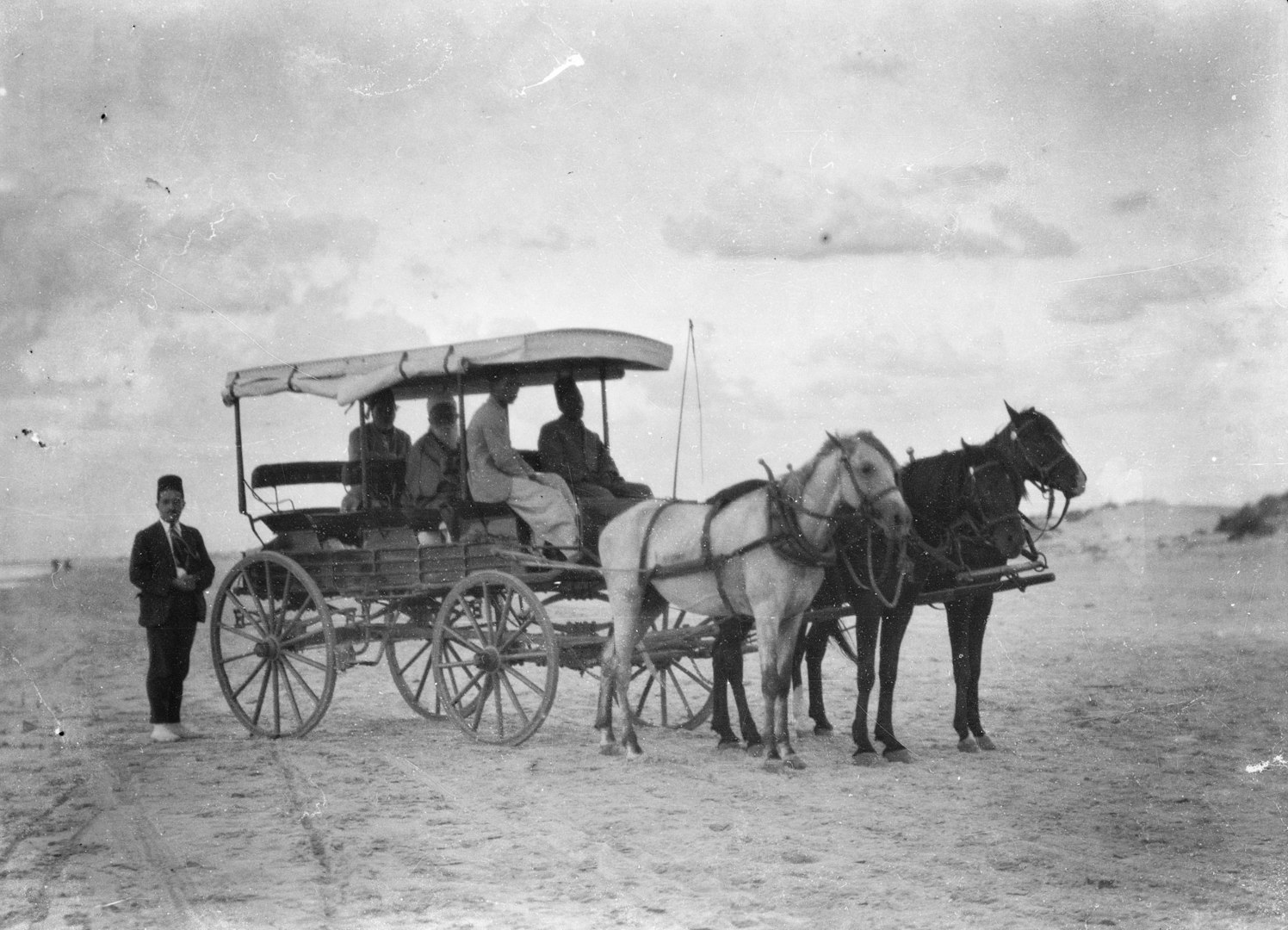
“A place for 'Abdu'l-Bahá”: A photograph of 'Abdu'l-Bahá sitting in His carriage on His way back from Bahjí to Haifa. 'Abdu'l-Bahá is on the sands of the beach close to which He wished to be interred. Source: Bahá'í Media Bank, © Bahá'í International Community 2023.
We all know the exactly location of 'Abdu'l-Bahá’s Shrine today, but a hundred years ago, Shoghi Effendi could already see it. Mason Remey, a well-known American architect, arrived in Haifa on 10 March 1922 to participate in the consultations Shoghi Effendi had called for, and he stayed until early April.
At one point during Mason Remey’s stay in Haifa, shortly before his departure, Shoghi Effendi seized the opportunity to consult with him on several things, such as the future Shrine of Bahá'u'lláh and eventual Temple on Mount Carmel, the terraces of the Shrine of the Báb and the three extra rooms 'Abdu'l-Bahá had stipulated He wished added.
Shoghi Effendi also brought Mason Remey to study the possible future site of a separate Shrine for 'Abdu'l-Bahá.
'Abdu'l-Bahá had once said he wished to be buried between the Shrines of the Báb and Bahá'u'lláh, on the sands of the crescent-shaped beach. When Shoghi Effendi and Mason Remey arrived at the spot the Guardian had envisioned, they walked about 400 meters inland until they reached a spot that was halfway between the beach and the railroad tracks.
Shoghi Effendi saw a 2.5 square kilometer property, filled with trees and intersecting waterways and lakes. In the middle, Shoghi Effendi pictured a Taj Mahal-like Shrine, but stated the final decision belonged to the Universal House of Justice.
Today, 'Abdu'l-Bahá’s shrine is being erected in that same approximate location, halfway between the Shrines of the Báb and Bahá'u'lláh, and the building will be at once majestic when one stands in front of it, and effaced from a distance, but the Guardian’s infallible and momentous vision still carries us.
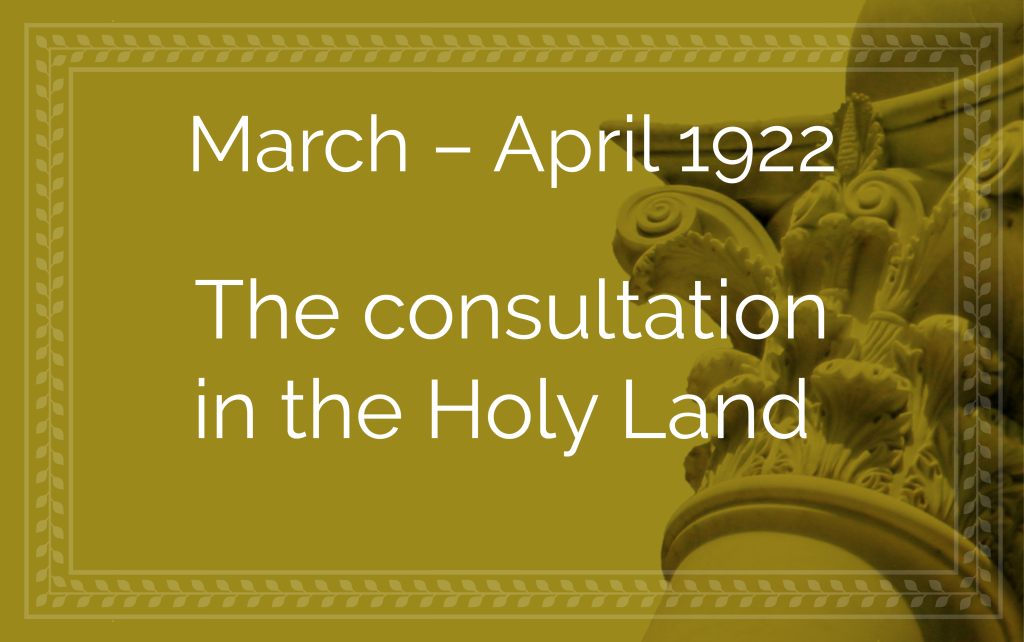
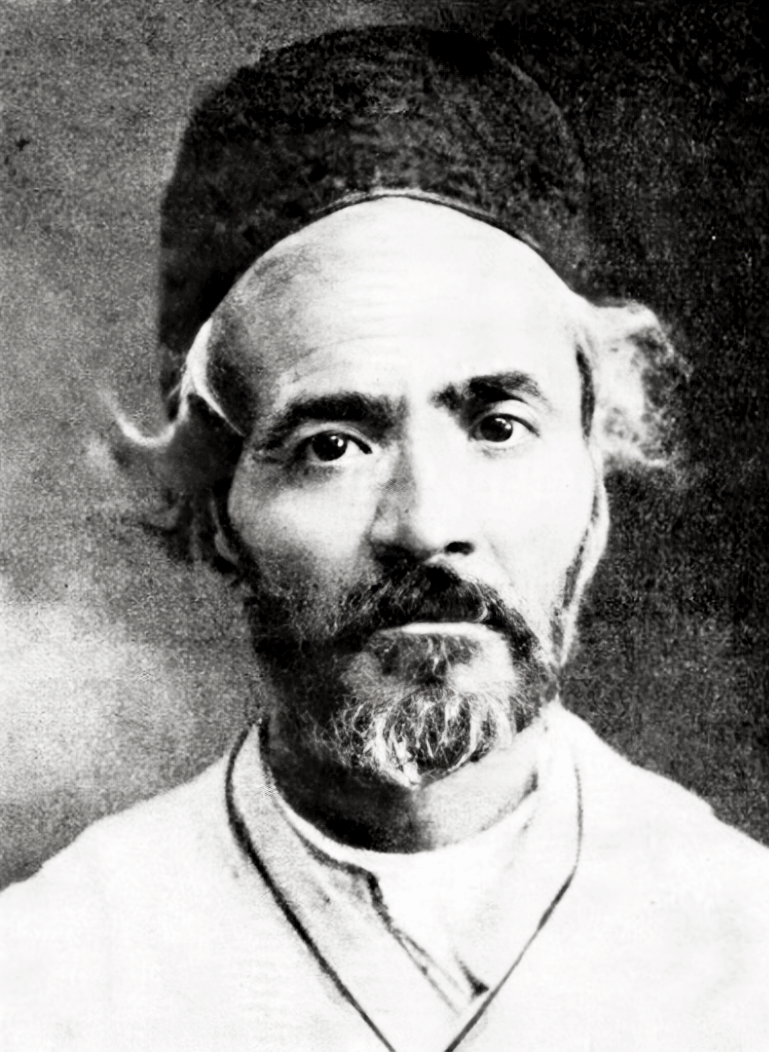
‘Alí-Aṣghar Qazvíní was a remarkable man, deeply spiritual, pious, discreet, and hardworking. He was taught the Faith by a wandering dervish, and arrived in Haifa shortly after the Ascension of 'Abdu'l-Bahá.
When Shoghi Effendi was named Guardian, ‘Alí-Aṣghar Qazvíní offered him his services.
For 25 years, ‘Alí Aṣghar was at Shoghi Effendi’s side, loyal, understanding, ready to render any service to his beloved Guardian. He became known as “Mu’allim” (Teacher), and he had many duties: He taught the Bahá'í children written and spoken Persian, as well as the Bahá'í teachings: serving the Guardian’s guests tea; bringing the cakes for the Feast Days
‘Alí-Aṣghar Qazvíní’s most important duty by far was as postman of the Guardian.
Under the beating sun or the pouring rain, every day for 25 years, ‘Alí-Aṣghar carried the heavy brief case of mail back and forth from the Post Office. This was by far the most confidential position anyone could have, and he was the perfect man for the job. Shoghi Effendi trusted him so completely that it made him the envy of everyone.
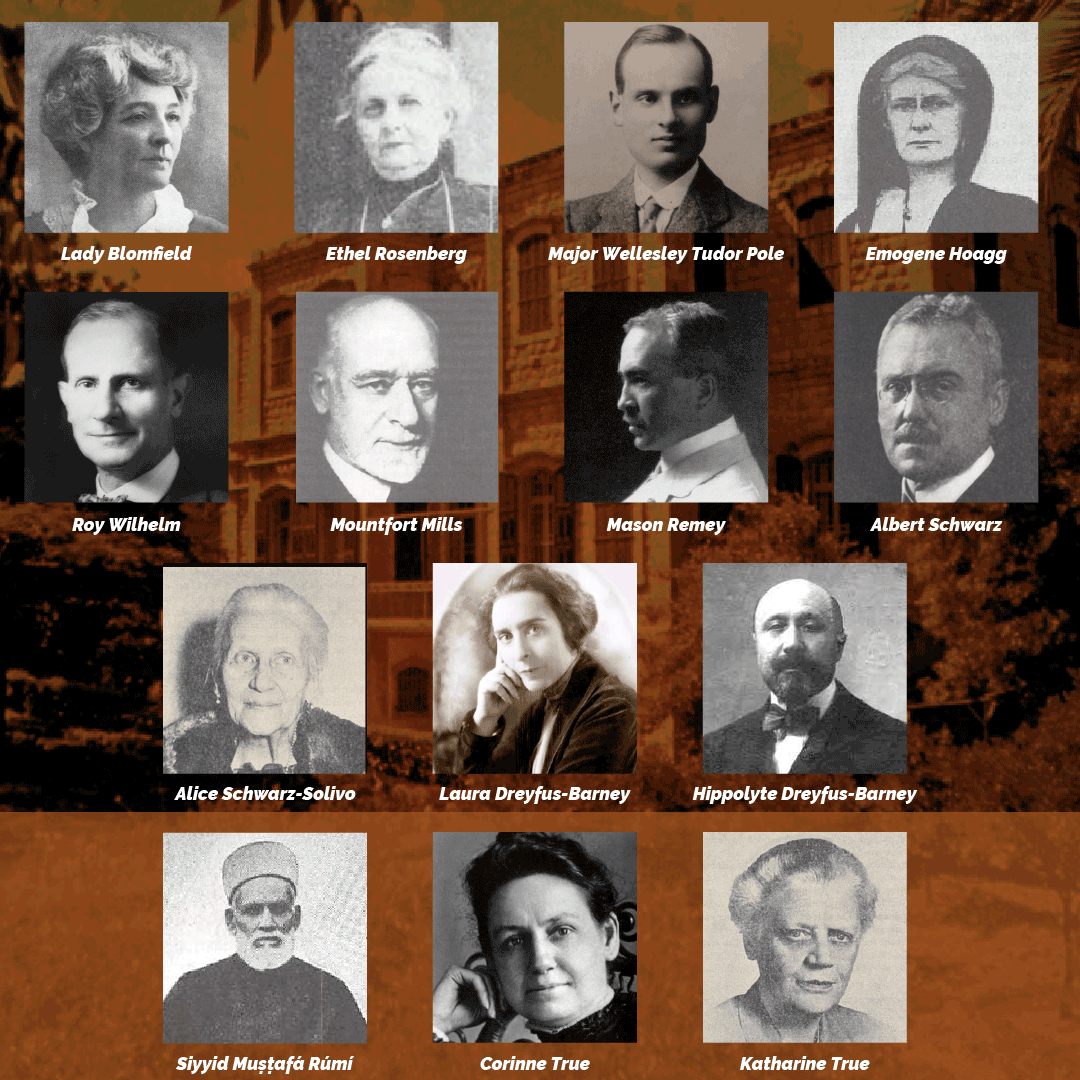
The participants at the consultative meeting in Haifa called by the Guardian in March 1922. The three on the bottom row arrived late.
According to Rúḥíyyih Khánum, there was little doubt in her mind that upon reading 'Abdu'l-Bahá’s Will and Testament, one of the first thoughts of Shoghi Effendi was the feasibility of electing the Universal House of Justice as soon as possible.
In fact, in one of his earliest communications to the Bahá'ís in Persia on 16 January 1922, the Guardian refers to the Universal House of Justice, stating that he would later announce to the friends the preliminary arrangements for its election.
There was never any question in the Guardian’s mind regarding the function and significance of the Universal House of Justice. In March 1923, he described the Universal House of Justice as "that Supreme Council that will guide, organize and unify the affairs of the Movement throughout the world."
To this end, one of the young Guardian’s earliest acts in March 1922 was to summon prominent, devoted and deepened Bahá'ís to Haifa to discuss this matter with him.
From England, the Guardian called Lady Blomfield, Ethel Rosenberg, and Major Tudor Pole. From America, he summoned Emogene Hoagg, Roy Wilhelm, Mountfort Mills, and Mason Remey. The Guardian called Laura and Hippolyte Dreyfus-Barney from France, and Consul and Alice Schwarz from Germany. Shoghi Effendi had also summoned two well-known Persian Bahá'ís, Avárih and Fazel, but they were not able to attend. Three Bahá'ís arrived late: Siyyid Mustafa Rumi from Burma, and Corinne True and her daughter, Katherine, from the United States.
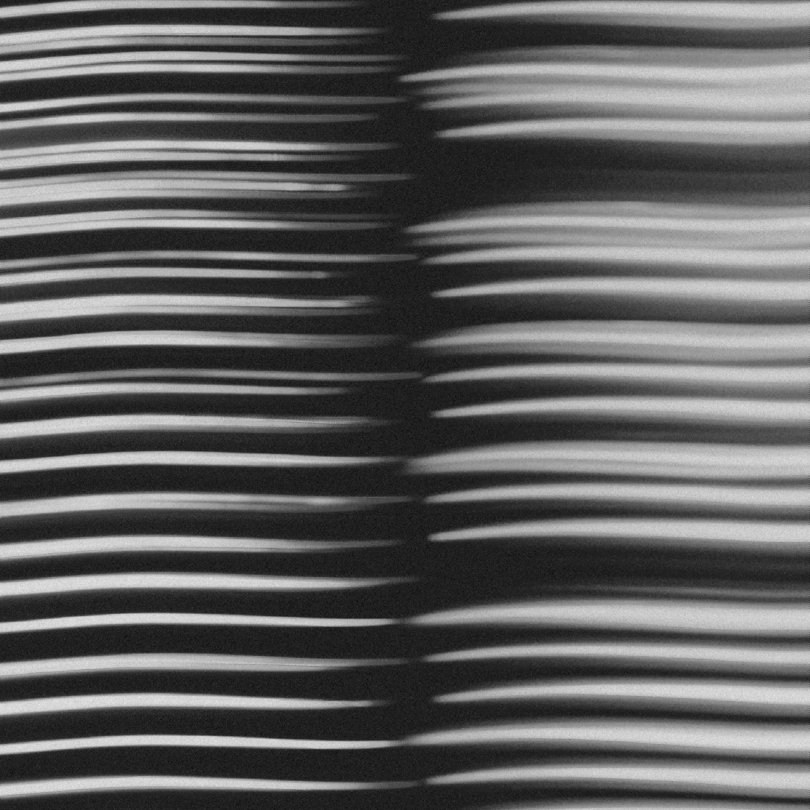
“Two countervailing forces.” Background photo by Marcel Strauß on Unsplash.
According to Rúḥíyyih Khánum, in these early months of the Guardian’s ministry there were two forces at work.
One force was the youthful eagerness of the Guardian to implement all the instructions of his beloved Grandfather, so clearly set forth in His Will and Testament, including the election of the Universal House of Justice.
The other countervailing force was the protection bestowed on the Guardian by the Will and Testament of 'Abdu'l-Bahá itself: that he would unerringly, infallibly be guarded by Divine guidance.
As Shoghi Effendi repeatedly attempted to set in motion the preliminaries of the election of the Universal House of Justice, the Hand of Divine Providence also repeatedly steered events in a way which showed him that this action was premature.
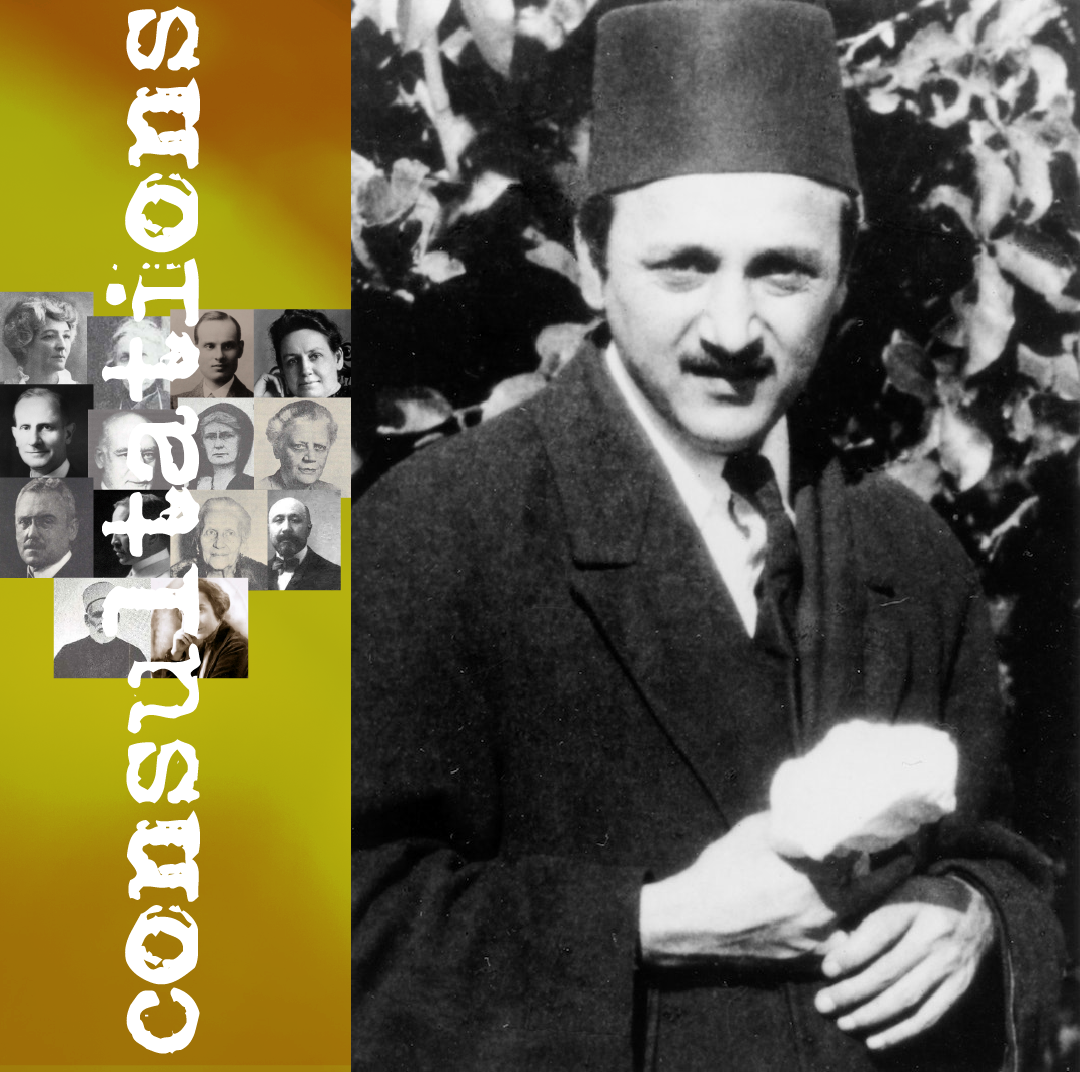
During the consultations with these 11 stalwart Bahá'ís, it became apparent to the Guardian that, no matter how much he wished to inaugurate the preliminary stage of the election of the Universal House of Justice, it would have been a dangerous step to take in 1922.
The necessary firm, solid foundation of Bahá'u'lláh’s Administrative Order was not yet in place, and there was not yet a sufficient reservoir of qualified and well-informed Bahá'ís to draw from.
Shoghi Effendi, in his infallibility and his familiarity with 'Abdu'l-Bahá’s leadership and the Bahá'í Holy Texts, had fully realized that electing the Universal House of Justice in early 1922 was not only premature but impossible.
The Bahá'í world needed strong local and national institutions before its world governing body could be elected. You never placed the roof on a building that didn’t have either a foundation or walls.
The issue was that the instinct of many Bahá'ís, including 'Abdu'l-Bahá’s family, the believers Shoghi Effendi had invited to consult in Haifa, along with the local British government, were all trending in the opposite, and wrong direction: they all believed that electing the Universal House of Justice now was the best solution.
They had misconstrued Shoghi Effendi’s youth, his terrible state of grief that had temporarily weakened him, and they thought he needed the support of the Universal House of Justice.
They had not only severely underestimated the Guardian, but they were utterly wrong in their conclusions. The way Shoghi Effendi navigated this delicate situation in which he had no one on his side, was the way a brilliant general never got distracted by details or emergencies.

“Construction of the Administrative Order”: You can’t have a dome without having a foundation. Photograph from the construction of the seat of the Universal House of Justice in 1979. Source: Reddit.
He eventually won everyone over to his divinely-guided opinion that this was indeed, not the right time to elect the Universal House of Justice, but rather the time to establish functioning and mature Local and National Spiritual Assemblies, worldwide, to elect the Universal House of Justice when the time was right, which would end up being in 41 years.
In the end, Shoghi Effendi sent every Bahá'í who had come to consult back to their homes to begin working on the formation of Local Spiritual Assemblies, and he asked the American Bahá'ís to convey to the American National Convention that they needed to become legislative body, guiding the affairs of the National community.
Two months after he became Guardian, Shoghi Effendi was already laying the foundation for the Administrative Order of the Faith of Bahá'u'lláh, the single greatest achievement of his ministry.
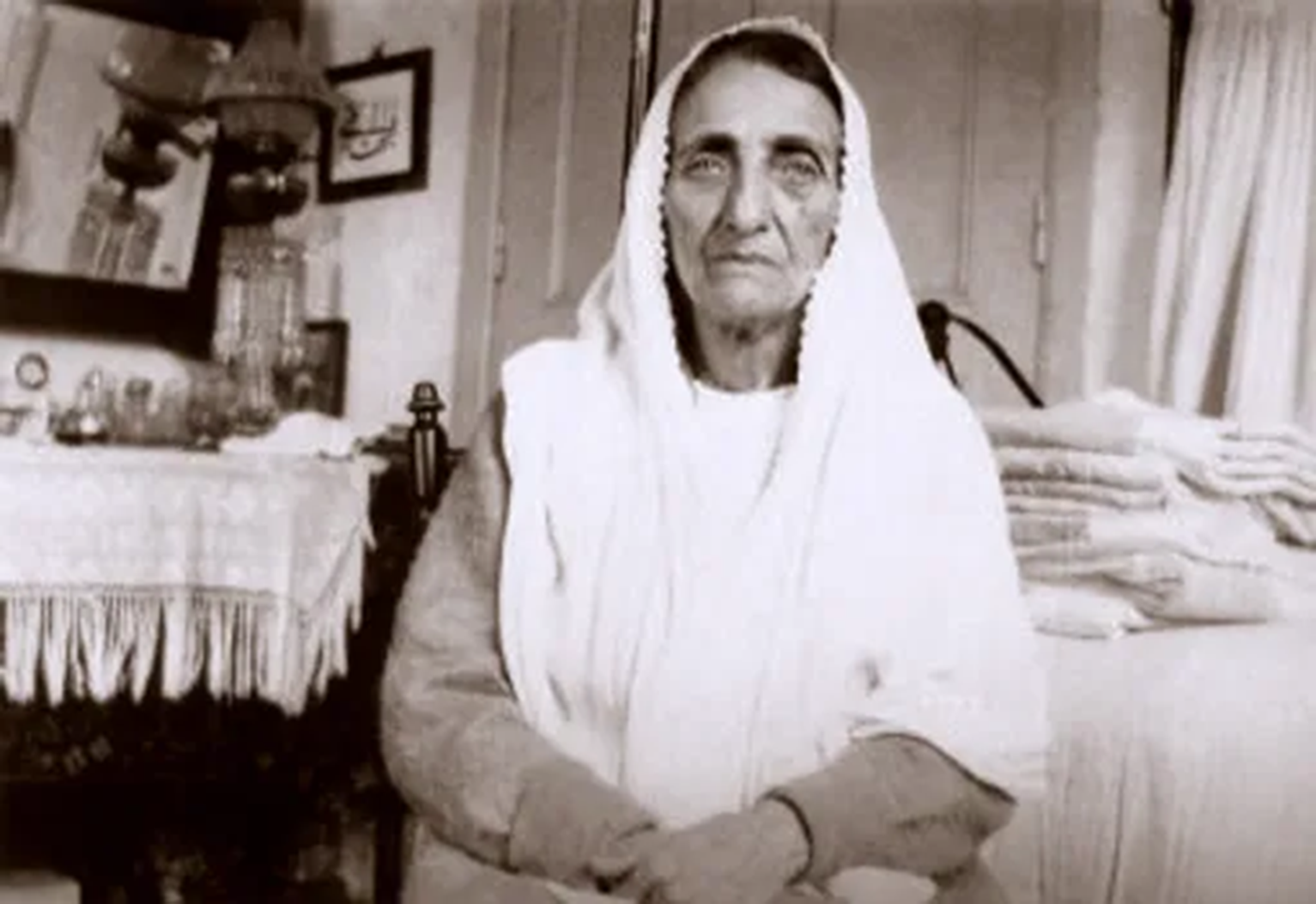
Photograph of the Greatest Holy Leaf. Source: Uplifting Words.
Before Shoghi Effendi left Haifa for 8 months of rest and recuperation, he appointed a body of nine Bahá'ís to act tentatively as an Assembly in the Holy Land and appointed Bahíyyih Khánum, the Greatest Holy Leaf to administer all Bahá'í affairs in his absence in consultation with the family of 'Abdu'l-Bahá and the Assembly.
The decision, along with a copy of letters from Bahíyyih Khánum and Shoghi Effendi to that effect, were published in Star of the West.
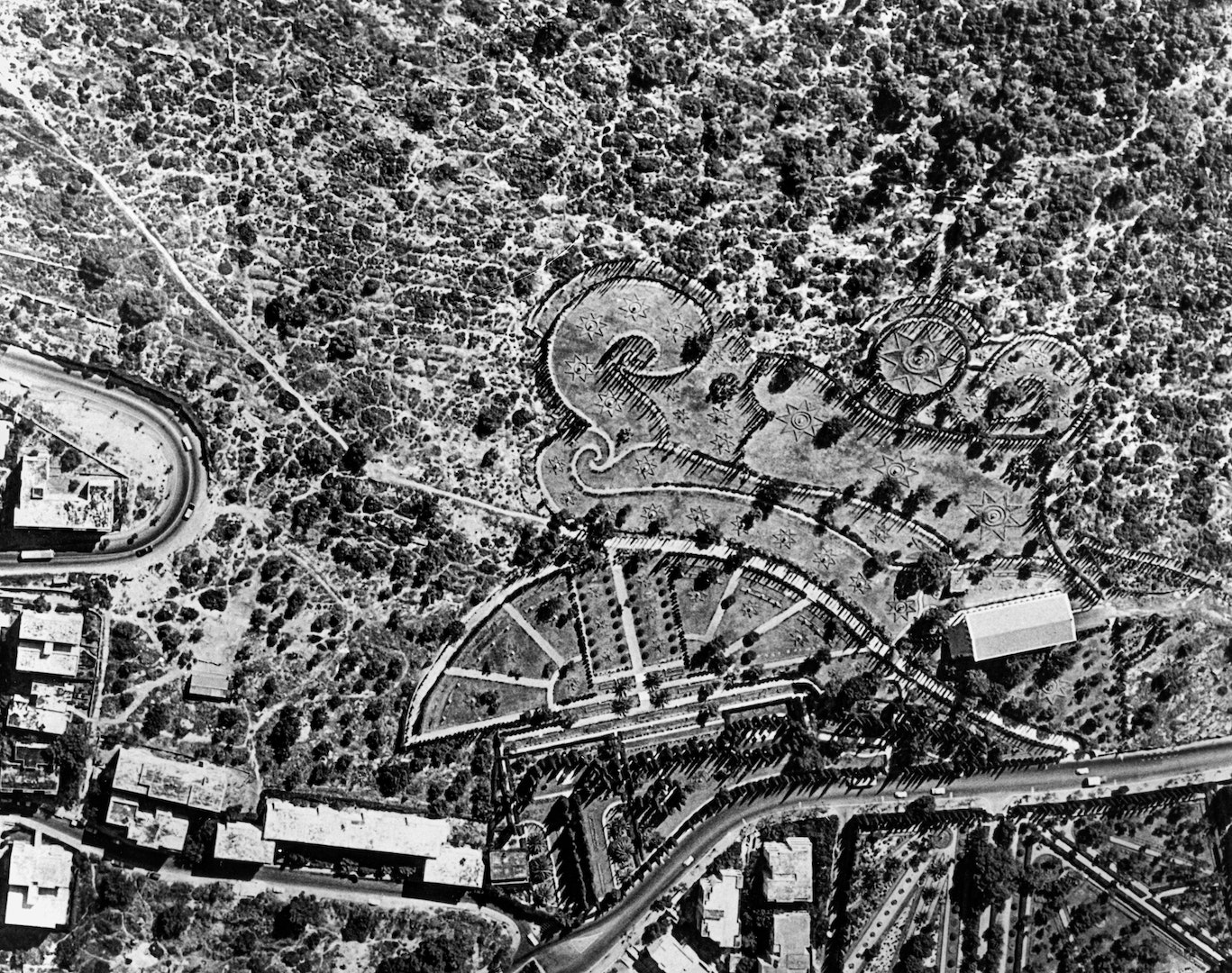
“The growth of the Bahá'í World Center”: An aerial view of the Arc in the 1960s. Source: Bahá'í Media Bank, © Bahá'í International Community 2023.
From the very beginning of his Guardianship, Shoghi Effendi devoted a considerable amount of time, energy, and attention to developing the properties of the Bahá'í World Centre. Work had already begun on the western Pilgrim House, and for the Riḍván while he was away in Europe, the Shrines of the Báb and Bahá'u'lláh had been illuminated electrically for the first time.
Before leaving for Europe, in March 1922, Shoghi Effendi had discussed with Mason Remey the future Mashriqu’l-Adhkár on Mount Carmel, and landscaping options for the current properties.
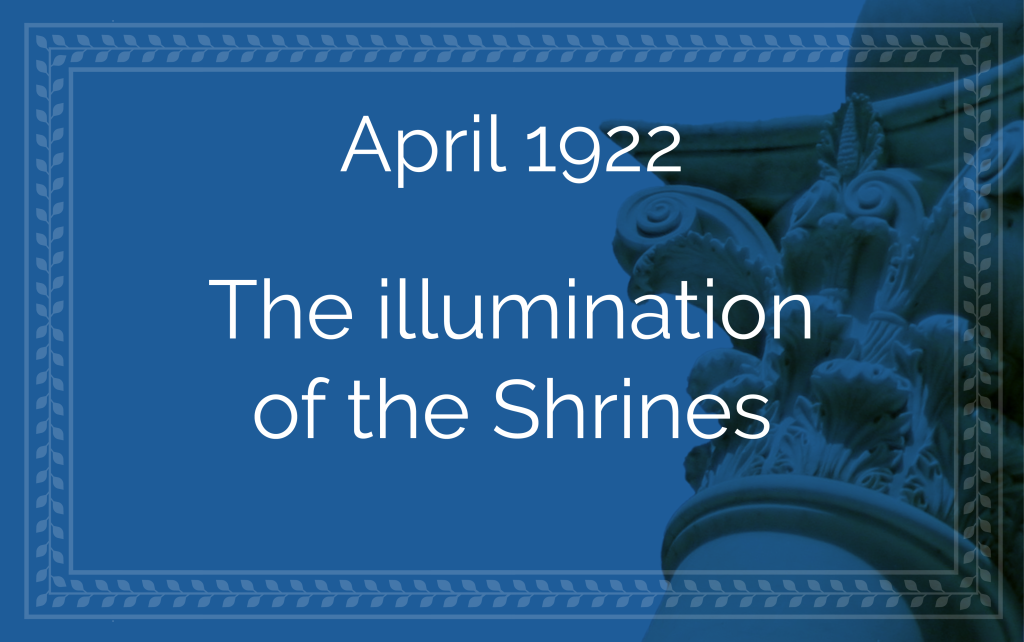
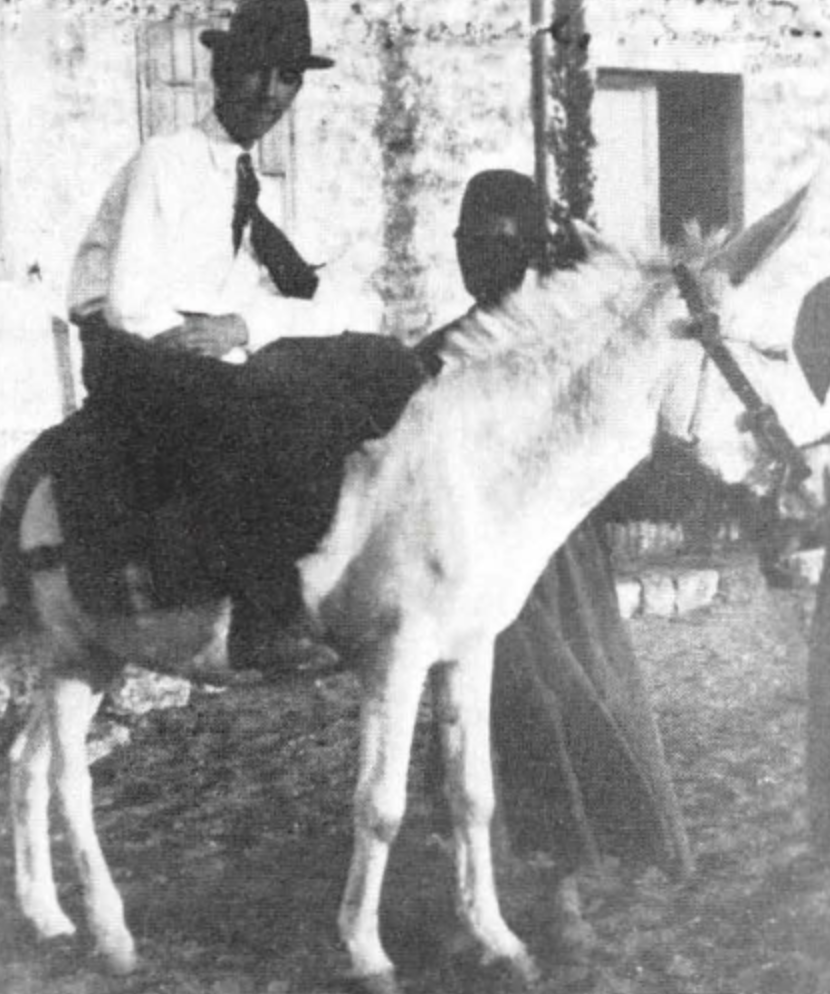
Curtis Kelsey astride a donkey at the Pilgrim House in Bahjí in 1921. Source: Bahaimedia.
Curtis Kelsey was not an educated man. He had bounced around schools in his childhood, even going to a military academy for a short time. He was profoundly independent, and had a bit of a rebellious spirit. His mother, Virginia Kelsey—the most powerful influence in his life—became a Bahá'í in 1909. Curtis was deployed to France during World War I, and was unable to avoid combat. He became a Bahá'í in 1917.
After the war Kelsey served on the Local Spiritual Assembly of New York City with Roy Wilhelm who recommended to ‘Abdu’l-Bahá that Kelsey be invited to the Holy Land to install the three electrical generators he had purchased for the House of the Master, the Shrine of Bahá'u'lláh, and the Shrine of the Báb.
Curtis arrived in Haifa in September 1921, and immediately began working diligently on the electrical installations in Haifa and Bahjí. Curtis loved working in Haifa, because he could see 'Abdu'l-Bahá every day, but in Bahjí, he yearned for his presence, so whenever he was working there, he found any excuse he could to return to Haifa just to see the Master. These were the last two months of 'Abdu'l-Bahá’s life, and they were joyous.
A bond of camaraderie developed between Curtis, the tall American, Fujita, the small Japanese, and 'Abdu'l-Bahá. From three completely different cultures, the friends treasured their time together and developed a very cute ritual. Fujita had a brown cat, and he would lock him in the kitchen each day before 'Abdu'l-Bahá came for lunch. Then, when the Master swept into the Pilgrim House, every day, he would tell Fujita "Let the cat out." As soon as Fujita freed the little animal, he raced across the room to 'Abdu'l-Bahá to be stroked and fed. 'Abdu'l-Bahá enjoyed this little charade every bit as much as Curtis and Fujita.
When one of 'Abdu'l-Bahá’s daughters—despairing that her 77-year old Beloved Father was not getting enough sleep—asked Him why he would go all the way to the Pilgrim House to have lunch instead of eating and resting at home, 'Abdu'l-Bahá gave her the simplest, most touching answer:
I like to eat with my friends.
Curtis Kelsey was in the Holy Land when 'Abdu'l-Bahá passed away on 28 November 1921, and as soon as he heard the Will and Testament of 'Abdu'l-Bahá appointing Shoghi Effendi as the Guardian, he became deeply devoted to him until the end of the Guardian’s life
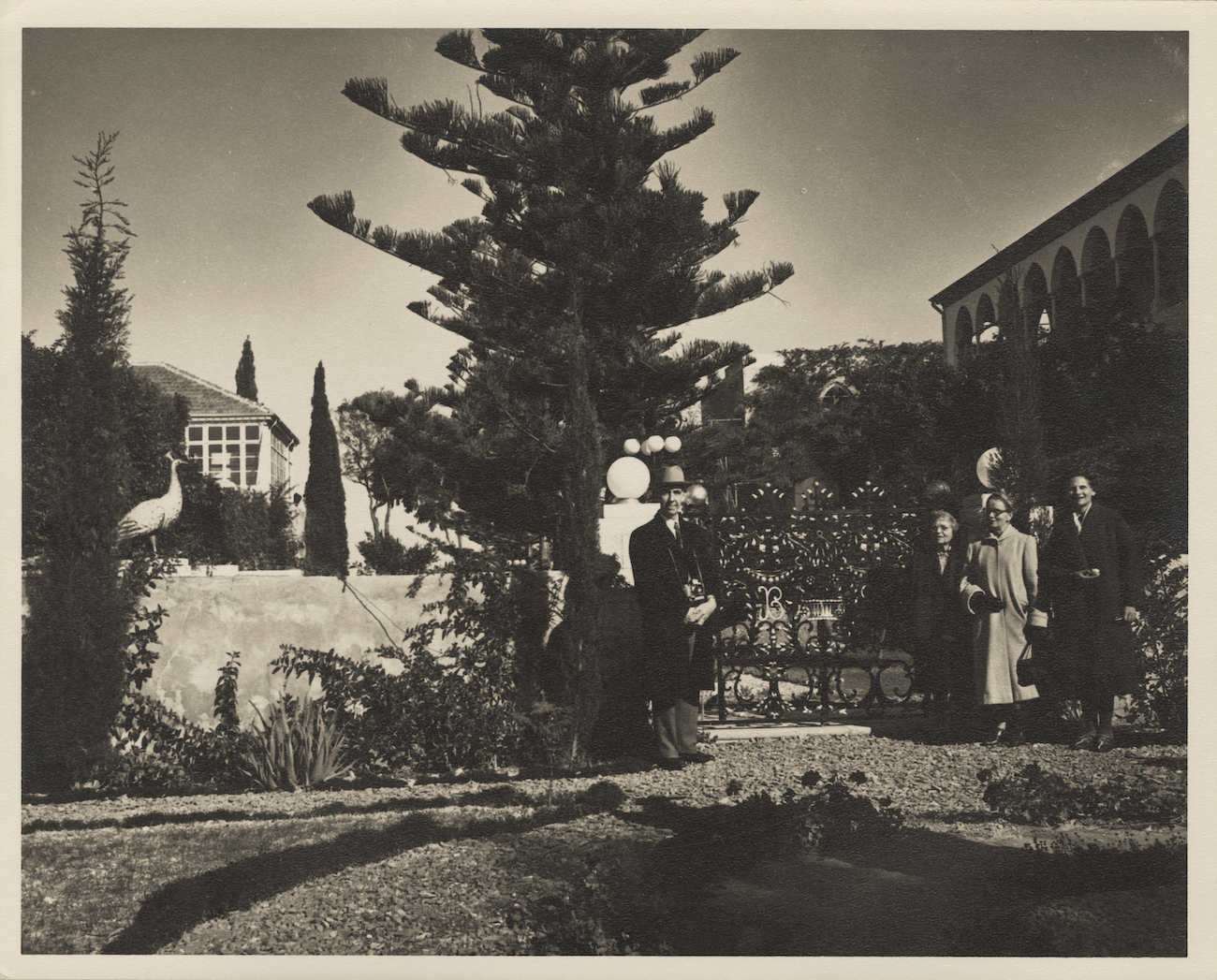
Curtis Kelsey with pilgrims at the Shrine of Bahá'u'lláh during his first pilgrimage. © United States National Bahá'í Archives, used with permission.
A few days before 5 April 1922—when the Guardian left for Switzerland—Shoghi Effendi saw Curtis Kelsey in the street and asked him to join him on a walk to the Shrine of the Báb. Curtis Kelsey was a deeply spiritual man, and when he had heard the Will and Testament, he knew that Shoghi Effendi should be considered almost like an extension of 'Abdu'l-Bahá Himself, and so he had an instinct this walk was not going to be a run-of-the-mill walk, because he was with the Guardian. The thought crossed Curtis’ mind that the Guardian might give him a special assignment.
As Shoghi Effendi and Curtis made their way up Mount Carmel, Haifa children played around joyfully dancing in and out of the shadows in the street, cast by the floodlight at the base of the Shrine of the Báb. These were the early days of electricity and it was an exciting new development for the residents: they didn’t have electricity in their homes yet, but the Guardian had brought it to Mount Carmel.
Shoghi Effendi turned to Curtis and thanked him for the wonderful work he had done in installing the three generators, assuring him that 'Abdu'l-Bahá Himself appreciated his strenuous efforts. Such praise made Curtis uncomfortable and he blushed, batting away the compliment:
Well, Shoghi Effendi, I was very happy doing the work for the Master, and I want no credit.
The Guardian stopped walking. He looked into Curtis’ eyes and firmly reiterated:
Nevertheless appreciation goes with your service.
Curtis made light of his work, and as he did, the Guardian grew even firmer. He strongly conveyed to Curtis the signal importance of sincerely thanking a person for services rendered. It was a defining experience for Curtis Kelsey. After this interaction with the Guardian, for the rest of his life, he showed gratitude and appreciation for everyone who had assisted him, no matter how small the service they had rendered.
The quality of radiant gratitude was shared by his beloved Great-Aunt, the Greatest Holy Leaf. A few days before Curtis Kelsey returned home, she had written a letter to his mother, Valeria Kelsey, about the stellar services her son had rendered, echoing the words of the Guardian to Curtis himself during their memorable walk on Mount Carmel:
My dear sister in this blessed Cause…Mr. Curtis Kelsey is leaving after a sojourn of hard work recompensated by the blessings of our Lord from on high and the affection of each and everyone who happened to come in contact with him; we thought that at this hour, when he is to leave us with perhaps a faint ray of hope to see us again, we would write a few words and express our idea of the sincerity and absolute devotion with which your son accomplished his allotted task and we would be in turn congratulating you for this achievement and assuring you that [each and] every time that we see those bright lights shining from those blessed Tombs we cannot but remember that sincere and diligent work which was put into it and the sacrifice of Mr. Wilhelm who supplied the necessary material.

The Shrines are illumined for the first time: Photograph of the generators that illumined the Shrine of the Báb. Source: Bahá'í Historical Facts.
In early April, before he traveled to Switzerland for 8 months to recover from the shock he had just received, Shoghi Effendi gave instructions to Curtis Kelsey for his very first plan for beautifying the Holy Places: the illumination of the Shrine of the Báb with the help of generators.
The Guardian’s goal was to actualize 'Abdu'l-Bahá’s long-cherished desire to bathe the Shrine of the Báb in light, and he was going to fulfill it.
The illumination of the Shrine of the Báb was deeply significant. During His imprisonment in Máh-Kú, the Báb had been deprived of even a lamp, and now he was bathed in light at night. The floodlights at the base of His Shrine in Haifa was the first of its kind in the city: there was a floodlight at the base of the building, a light on the roof of the building, and two 1,000-watt lamps on poles on either side of the Shrine in aluminum-framed globes. A third, smaller globe was at the top and center of the front wall.
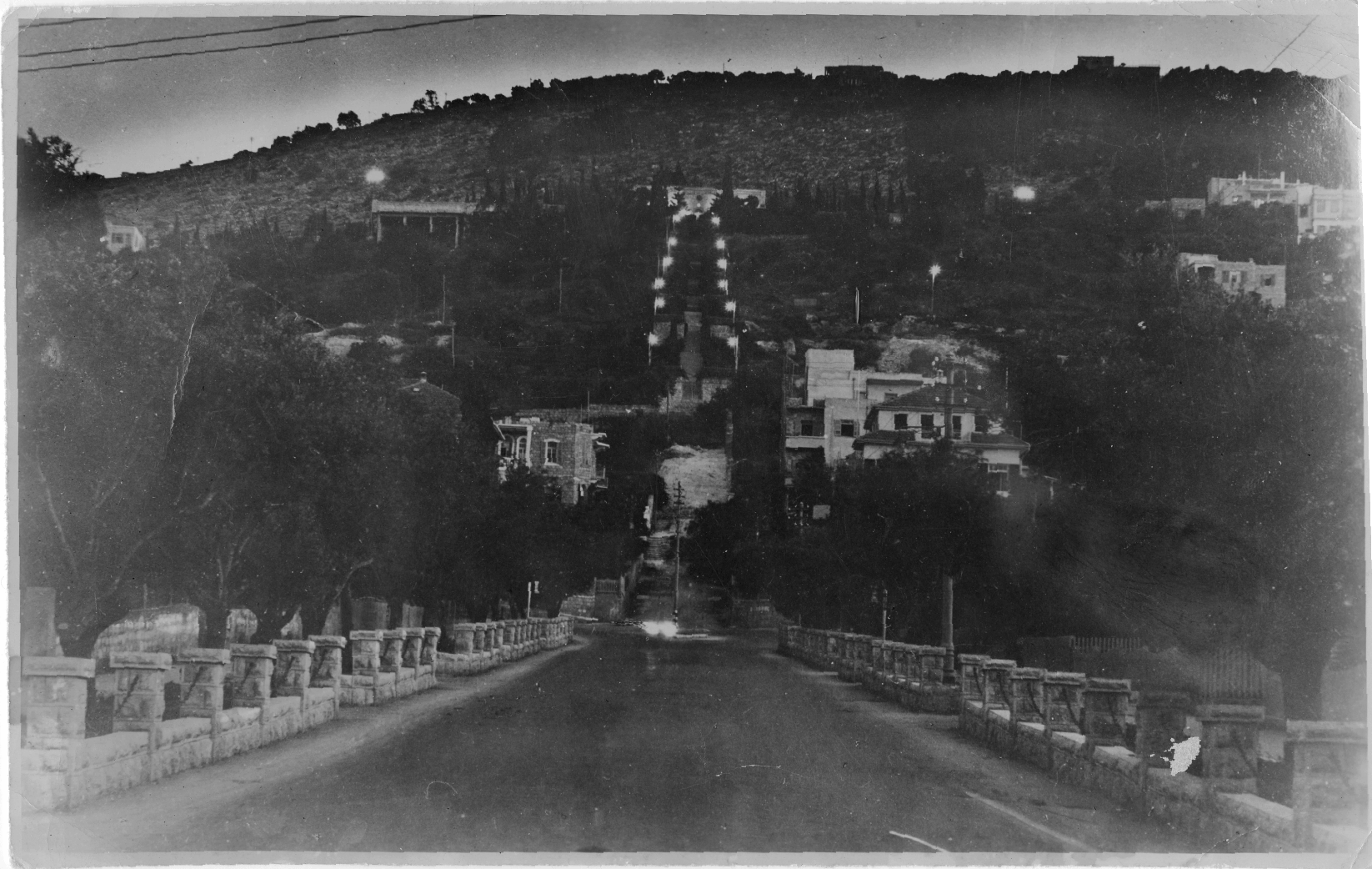
Photograph of the Shrine of the Báb and its terraces, brightly illumined at night. © United States National Bahá'í Archives, used with permission.
On the first day of Riḍván, 21 April 1922—and two weeks after the Guardian had left for Germany and Switzerland—the Shrine of the Báb and the Shrine of Bahá'u'lláh were illuminated for the very first time, and both Bahá'ís, and Haifa and 'Akká residents were filled with joy.There were strings of lights that illuminated the fledgling terraces down to the street.
Across the bay, at Bahjí, the Shrine of Bahá'u'lláh was flooded with light and the glow was visible from the Shrine of the Báb.
The illumination was so bright in Haifa that it temporarily confused a sea captain steering in his ship that night, and because of this incident, the port authorities added the lights of the Shrine of the Báb to the official navigation chart.
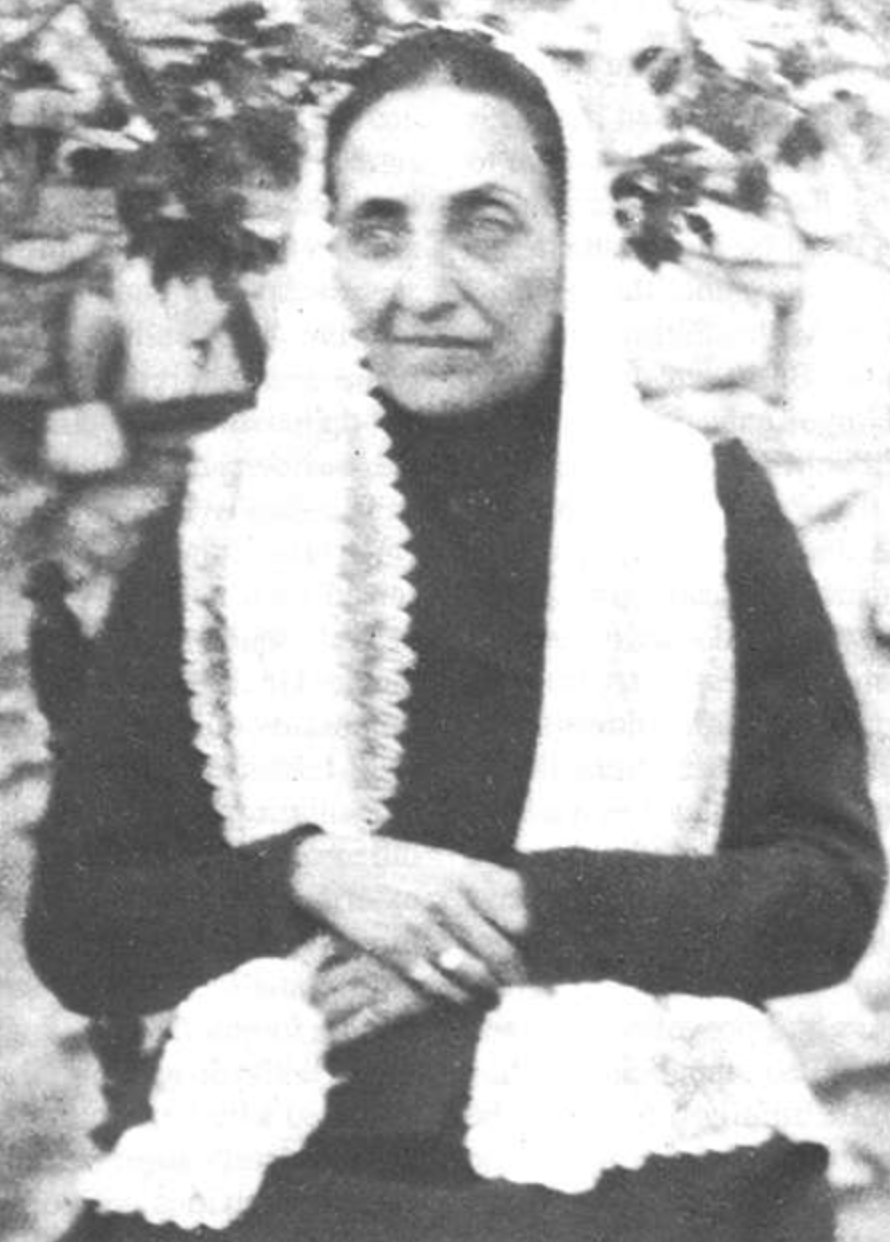
The Greatest Holy Leaf’s commanding presence. Source: Wikimedia Commons.
After the Shrines had been illuminated, it was time for Curtis to return to New York, but he wasn’t worried about how he would get there, even though he only had enough money to travel from Haifa to Istanbul.
This was when he experienced the full commanding power of the Greatest Holy Leaf—then 76 years old—in her role as Vicegerent during Shoghi Effendi’s long absence from the Holy Land. The Greatest Holy Leaf was a gentle person, she was kind and loving, but she was also a redoubtable commander, and a fearless defender and protector of the Faith, and she—the Outstanding Heroine of the Bahá'í Dispensation—was the reason both 'Abdu'l-Bahá and Shoghi Effendi were able to leave the Holy Land for long periods of time. Combining both of their absences from 'Akká and Haifa on trips within Israel, to Europe, North America, and Africa, the Greatest Holy Leaf was alone, acting Head of the Bahá'í Faith for 7 years and 3 months.
Curtis’ plan was to travel from Haifa to Istanbul with the money he had, then get a job there and earn enough money to sail back to New York. He had absolutely no idea that the Greatest Holy Leaf knew he was in essence, broke, and one day, he was summoned to Bahíyyih Khánum’s presence, three of her nieces—daughters of 'Abdu'l-Bahá—at her side.
One of 'Abdu'l-Bahá’s daughters warmly greeted Curtis, and praised him for his stellar and literally luminous work, and remembering what Shoghi Effendi had taught him, he humbly accepted her expressions of gratitude, but when she insisted that he take money to return to the United States, Curtis refused:
No, all my affairs are in order.
There was no conceivable way that Curtis Kelsey would take money from 'Abdu'l-Bahá’s family. The other two daughters of the Master were adamant. Curtis Kelsey refused again. In the end, the Greatest Holy Leaf reached out, took Curtis’ hand and said:
Kelsey, you need this money to pay for your return home.
The Greatest Holy Leaf placed the money in Curtis’ hand. And Curtis only accepted it on one condition:
I will take it if you will let me return it after getting home.
To this, the Greatest Holy Leaf firmly said:
No.
What that single word, spoken with such authority, Curtis could sense that the Greatest Holy Leaf had issued a divine command and it reminded him of the way in which 'Abdu'l-Bahá, so gentle and patient, could be adamantly firm when the situation called for it. Curtis graciously accepted the money and thanked them for it, but as he was leaving the Greatest Holy Leaf’s room, he couldn’t help but wonder how they had known of his dire financial situation. He hadn’t told a soul about it.
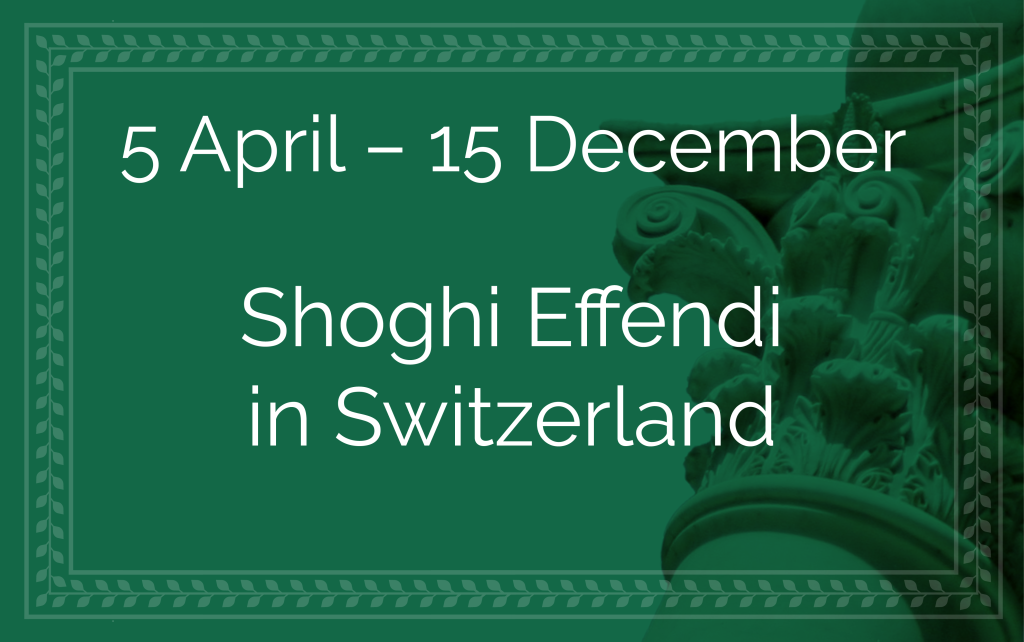
By early April 1922, Shoghi Effendi was utterly crushed under the weight of his sorrows and boundless grief, and he was forced to leave the Holy Land to regain the strength he needed to fulfill the duties of Guardianship. He had not wanted this position, and did not want it now, but he knew it was his duty to carry on the work of 'Abdu'l-Bahá. Many years later, he would tell Leroy Ioas:
I didn’t want to be the Guardian of the Cause. In the first place, I didn’t think that I was worthy. Next place, I didn’t want to face these responsibilities…I didn’t want to be the Guardian. I knew what it meant. I knew that my life as a human being was over. I didn’t want it and I didn’t want to face it.
One day, Shoghi Effendi. Had gone to bed at 3 AM and woken up at 6 AM. Another day, he had worked 48 hours straight without eating or drinking anything. He was spent and burnt-out, and in Haifa, he could never rest, only work.
Shoghi Effendi never would have been able to leave without such a perfect ally, friend, and capable and talented administrator such as Bahíyyih Khánum to oversee all Bahá'í affairs in Haifa and worldwide.
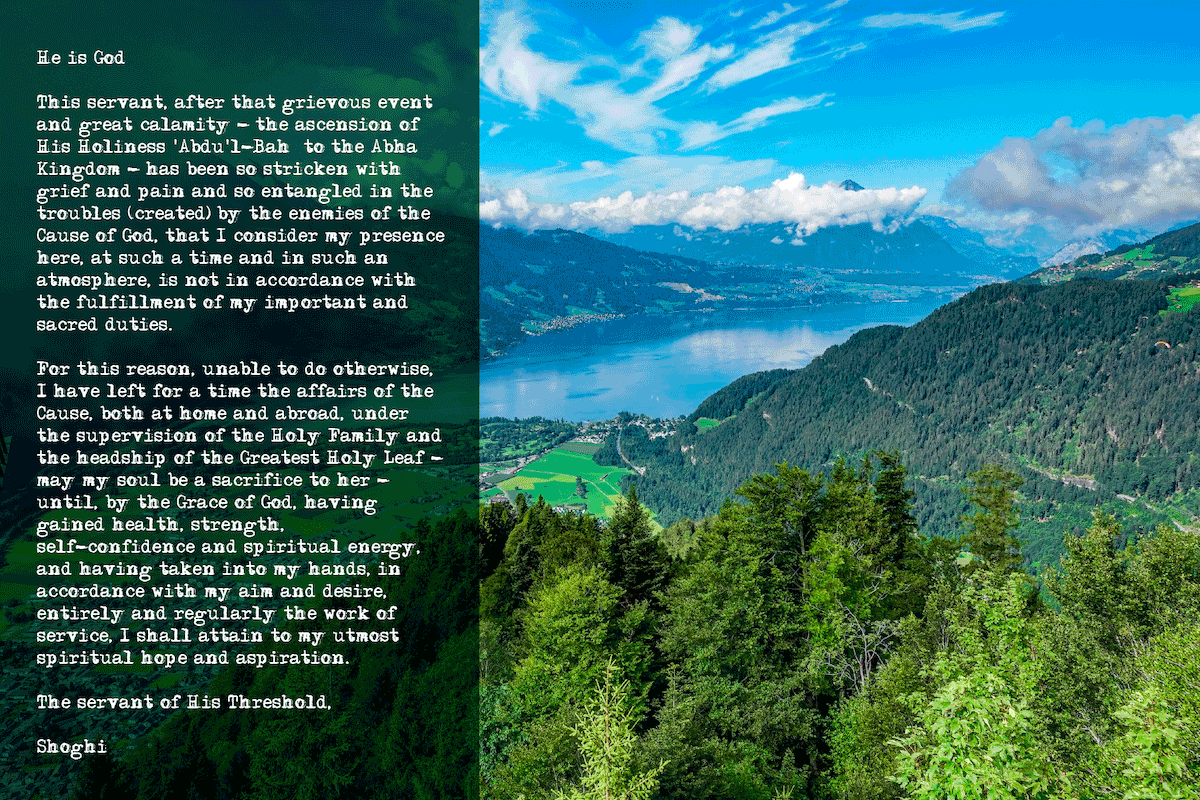
“I have left.” Base image: A view of Interlaken, Switzerland. Source: Josef Ivan Jimenea on Unsplash.
Shoghi Effendi needed radically different scenery and quiet to rebuild himself, but also contemplate the immense task that lay ahead of him, and so he left Haifa for Europe on 5 April, accompanied by his eldest cousin.
Shoghi Effendi wrote a letter to the Bahá'ís about his forced leave of absence:
He is God!
This servant, after that grievous event and great calamity - the ascension of His Holiness 'Abdu'l-Bahá to the Abhá Kingdom - has been so stricken with grief and pain and so entangled in the troubles (created) by the enemies of the Cause of God, that I consider my presence here, at such a time and in such an atmosphere, is not in accordance with the fulfillment of my important and sacred duties.
For this reason, unable to do otherwise, I have left for a time the affairs of the Cause, both at home and abroad, under the supervision of the Holy Family and the headship of the Greatest Holy Leaf - may my soul be a sacrifice to her - until, by the Grace of God, having gained health, strength, self-confidence and spiritual energy, and having taken into my hands, in accordance with my aim and desire, entirely and regularly the work of service, I shall attain to my utmost spiritual hope and aspiration.
The servant of His Threshold,
Shoghi
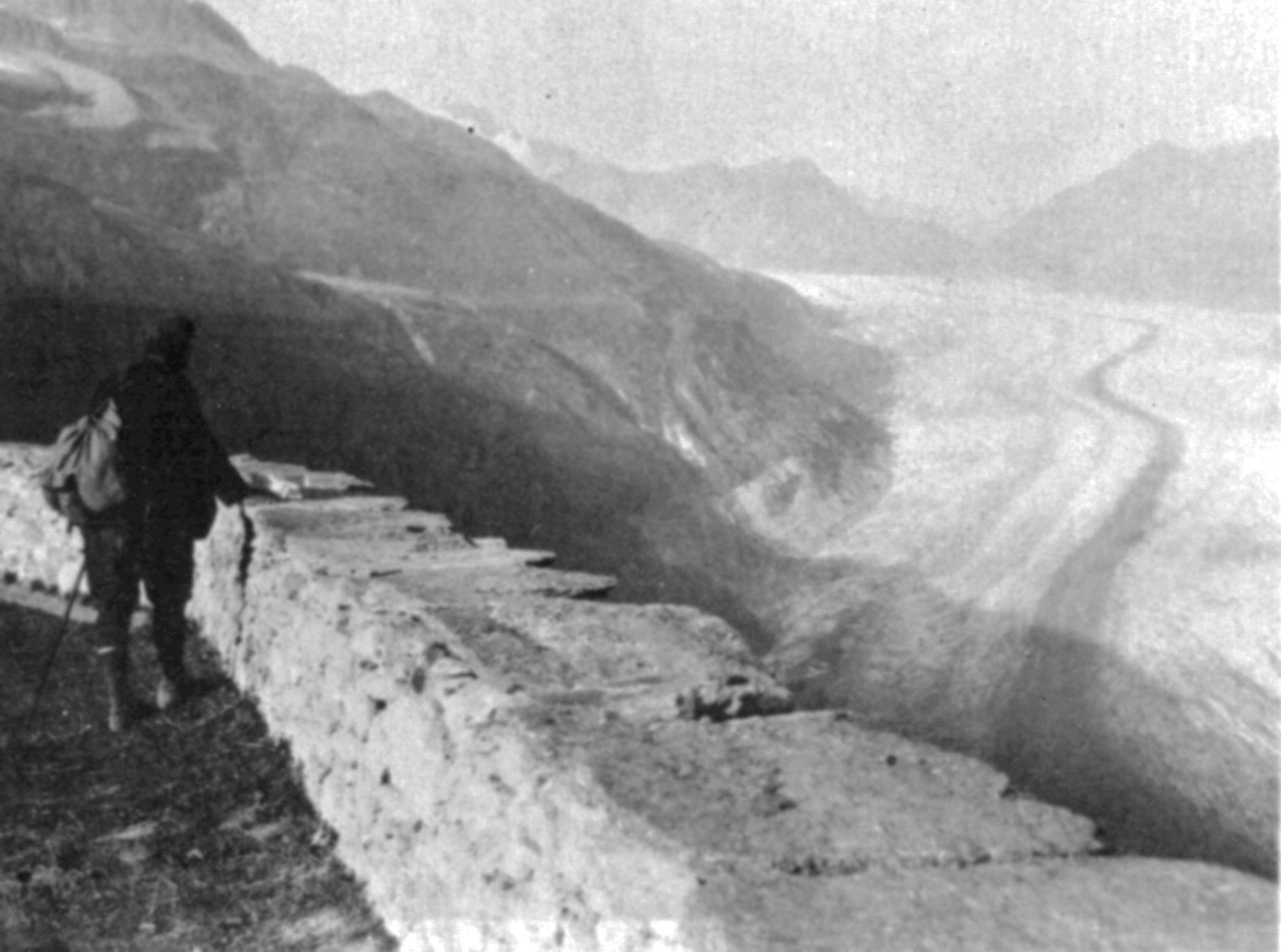
Shoghi Effendi looking over a low wall down to a glacier. Source: The Priceless Pearl.
Shoghi Effendi first traveled to Germany to consult doctors, and they found something deeply alarming: Shoghi Effendi had almost no reflexes left. After Germany, Shoghi Effendi spent time in Switzerland and its Bernese Oberland, which would become his second home. Shoghi Effendi loved its alluring mountains, and he particularly appreciated his host, Mr. Hauser an old Swiss mountain guide, in the town of Interlaken. He would remain close to Mr. Hauser for years, spending many summers in his cabin.
Shoghi Effendi loved good, simple people, and had a very close relationship with Mr. Hauser, corresponding with him regularly when he returned to the Holy Land, and exchanging photographs and small gifts.
For years, Shoghi Effendi rented Mr. Hauser’s tiny attic, paying one Franc a night. The ceiling was so low that guests had to hunch over, and Shoghi Effendi’s furnishings were very simple: a small bed, and a pitcher of cold water to bathe.
From Interlaken, Shoghi Effendi would hike the Bernese Oberland for 16 hours on end, sometimes hiking 40 kilometers in one day, and he found healing in his exertions in the wilderness and fresh mountain air.
Shoghi Effendi commemorated the anniversary of the passing of 'Abdu'l-Bahá, alone in Switzerland.
Years later, Shoghi Effendi spoke to Leroy Ioas about his reason for leaving the Holy Land. The position entrusted to him by 'Abdu'l-Bahá in His Will was so overwhelming to him, at the time, he felt like he did not want to be the Guardian, and did not want to face the responsibilities. And he told Leroy:
I left the Holy Land, and I went up into the mountains of Switzerland, and I fought with myself until I conquered myself.
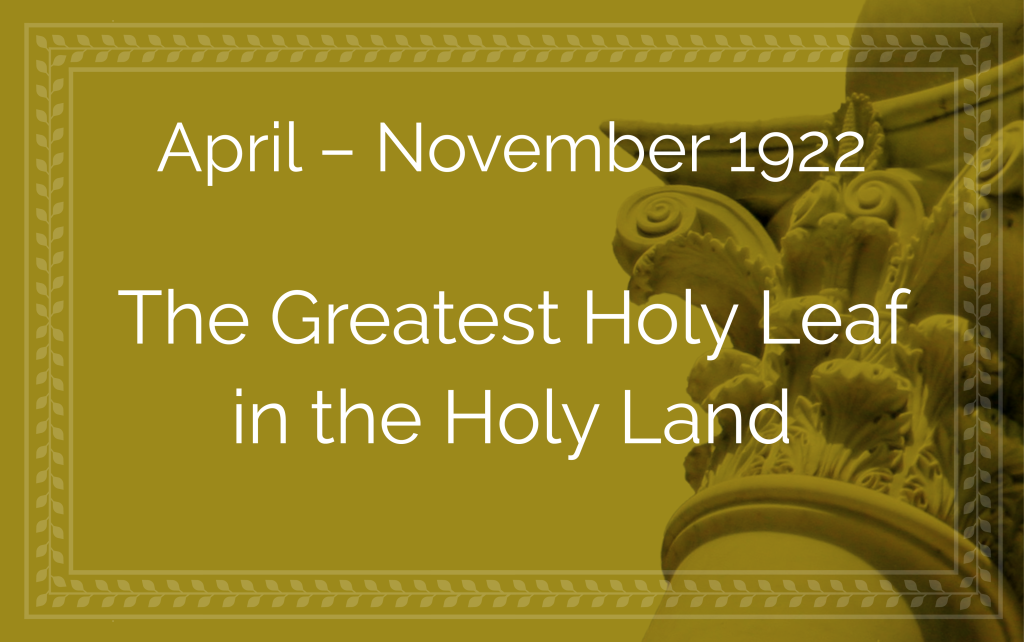
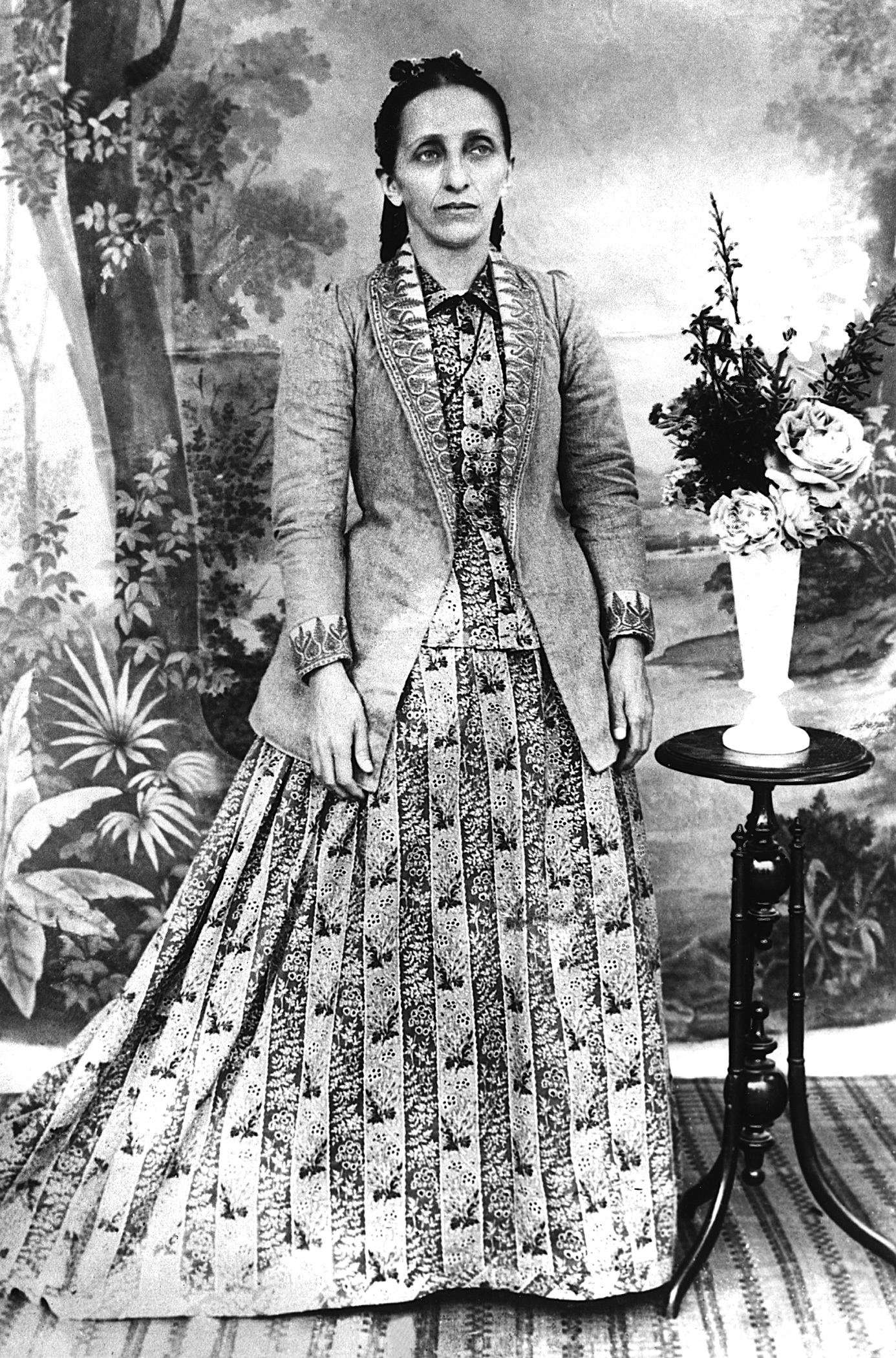
Bahíyyih Khánum, the Greatest Holy Leaf, the daughter of Bahá'u'lláh and Ásíyih Khánum, and the sister of 'Abdu'l-Bahá, around 1895 at the age of 49. Source: Bahaipedia.
Starting with his very first Riḍván as the Guardian of the Cause of Bahá'u'lláh, the Greatest Holy Leaf began a 48-month letter campaign with the Bahá'ís of every corner of the world from Persia and Pakistan to America.
The Greatest Holy Leaf wrote to individual Persian Bahá'í communities—villages, towns and cities—Hamadán, Ḥusayn-Ábád, Miyánáj, Qazvín, Shíráz, Shishaván (Ádhirbáyján), Tabríz, and Takúr in Persia, to the United States, and to Karachi, Pakistan.
She wrote to Spiritual Assemblies, to individuals, and to the worldwide Bahá'í community in the East and West, rallying them, one and all to the Covenant and to the youthful Guardian.
To the local and national Bahá'í communities from Pakistan to the United States, receiving these touching, personal letters directly from the Greatest Holy Leaf must have been deeply impressive and unforgettable. Every Bahá'í knew the Greatest Holy Leaf, born during the Dispensation of the Báb, the saintly daughter of Bahá'u'lláh, who had followed her Father to each of His four exiles, the cherished sister of 'Abdu'l-Bahá—only two years younger than Him, at His side for 29 years, his closest friend since childhood.
And now the Greatest Holy Leaf was writing to the entire world calling them to gather under the protective shade of the Guardian.
In these letters, Bahíyyih Khánum poured out her love for the Guardian and showcased her considerable talent as a writer forging in every single letter a new and beautiful way to refer to the Guardian never once repeating the same exact sentence.
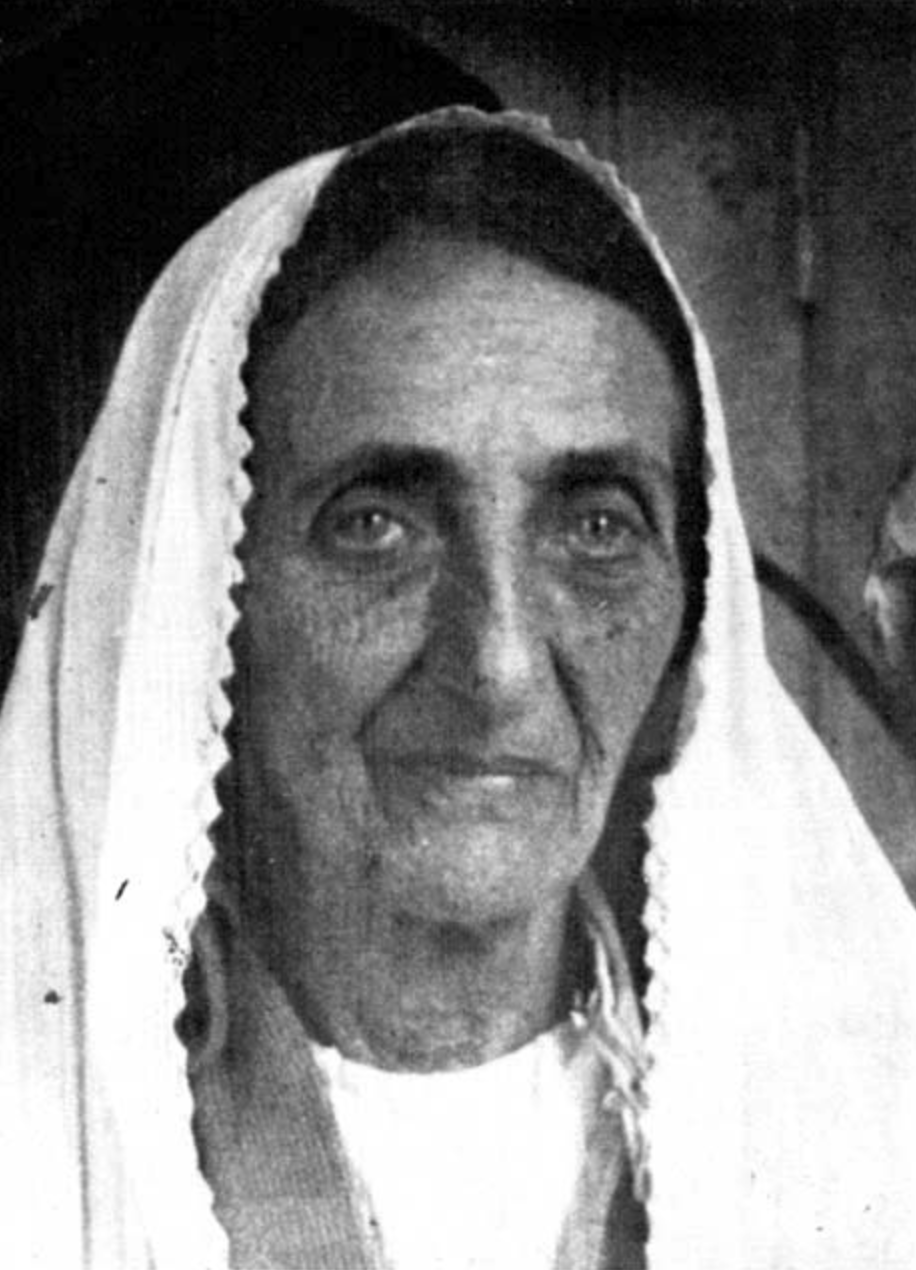
Portrait of Bahíyyih Khánum, the Greatest Holy Leaf, from Bahíyyih Khánum: The Greatest Holy Leaf by Bahá'u'lláh, Abdu'l-Bahá, Shoghi Effendi, and Bahíyyih Khánum compiled by the Research Department of the Universal House of Justice, between pages 156 and 157.
Below are the 49 ways in which the Greatest Holy Leaf refers to Shoghi Effendi in the 21 excerpts below, excerpted from the Universal House of Justice’s Fiftieth anniversary compilation called Bahíyyih Khánum.
- A most great favour
- A wondrous gift
- An incomparable cure
- Branch that has Branched from the two hallowed and sacred Lote-Trees
- Chosen branch
- He to whom the people of Bahá must turn
- His Eminence
- No dazzling gem could rival such a precious pearl
- No gift could equal this
- Shoghi Effendi
- Shoghi Effendi Rabbani
- The appointed Centre
- The authorized Point to whom all must turn
- The blest and sacred bough that hath Branched out from the Twin Holy Trees
- The bough that has Branched out from the twin heavenly Trees
- The bough that has grown from the two offshoots of the celestial glory
- The Centre
- The centre and focus of all on earth
- The Centre of His Cause
- The Centre of the cause
- The Centre of the Faith
- The Centre on which the concourse of the faithful must fix their gaze
- The Centre toward whom all the people of Bahá must turn
- The concealed mystery
- The cure most exquisite, most glorious, most excellent, most powerful, most perfect, and most consummate
- The designated Centre
- The explicitly Chosen Branch
- The Expounder of the Holy Writings
- The goodly and precious legacy
- The Guardian
- The Guardian of His Covenant
- The Guardian of the Cause
- The Guardian of the cause of god
- The Guardian of the Faith
- The highly potent remedy
- The Interpreter
- The interpreter of the Book
- The interpreter of the Book of God
- The Interpreter of the Holy Book
- The Interpreter of the holy writ
- The Leader
- The one appointed to guide the administration of the Cause
- The one to whom all must turn
- The one to whom all the people of Bahá must direct themselves
- The one toward whom all must turn
- The one toward whom must turn all those who follow Bahá'u'lláh
- The Specific Centre
- The specifically named Centre
- The well-guarded secret
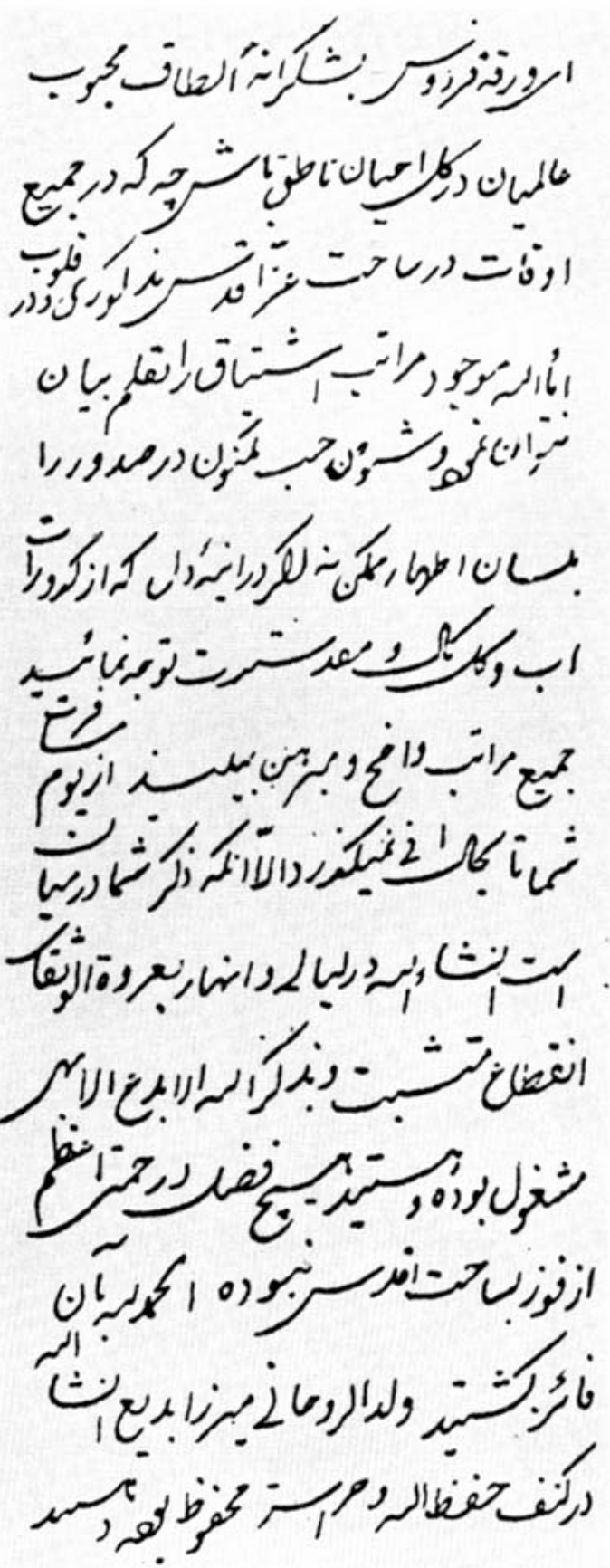
Facsimile of the Persian handwriting of Bahíyyih Khánum, the Greatest Holy Leaf, from Bahíyyih Khánum: The Greatest Holy Leaf by Bahá'u'lláh, Abdu'l-Bahá, Shoghi Effendi, and Bahíyyih Khánum compiled by the Research Department of the Universal House of Justice, between pages 156 and 157.
Here are the 20 excerpts of letters written by Bahíyyih Khánum, the Greatest Holy Leaf, between 21 April 1922 and 27 May 1924 to the Bahá'ís of the east and west, calling them to pledge allegiance to the Guardian:
We are more than thankful to God that He has not left us without a leader, but that Shoghi Effendi is appointed to guide the administration of the Cause. We hope that the friends of God, the beloved and the handmaidens of the Merciful, will pray for us, that we may be enabled to help Shoghi Effendi in every way in our power to accomplish the Mission entrusted to him.
April/May 1922 to the Bahá'ís in America:
Praised be the undying glory of God that you and all His friends have attained this greatest of gifts. You stand fast-rooted in the divine Covenant, and you turn to the appointed Centre, the explicitly chosen Branch. In all the world, what conceivable bounty could ever be greater than this?
April/May 1922 to the Bahá'ís in America:
He has specifically named the centre to whom all must turn, thus solidly fixing and establishing the foundations of the Covenant, and has clearly appointed the centre, to whom all the people of Bahá must direct themselves, the Chosen Branch, the Guardian of the Cause of God. This great bestowal is one of the special characteristics of this supreme Revelation, which of all Dispensations is the noblest and most excellent. Goodly be this to the steadfast, glad-tidings to the staunch, blessings to those who win the day.
April/May 1922 to a believer in Tabríz:
[P]raised be God, He Who is the Dayspring of the Covenant has appointed in writing a specific centre, and designated the Guardian of the Cause, Shoghi Effendi, as the one toward whom must turn all those who follow Bahá'u'lláh—His purpose being that the Faith of God and His Cause should remain secure and safe. For this greatest of gifts it is fitting that we should return a thousand thanks to the one Beloved, and offer a thousand praises to His court of holiness.
April/May 1922 to a believer in Qazvín:
The Will and Testament of ‘Abdu’l-Bahá is His decisive decree; it gathers the believers together; it preserves their unity; it ensures the protection of the Faith of God. It designates a specific Centre, irrefutably and in writing establishing Shoghi Effendi as Guardian of the Faith and Chosen Branch, so that his name is recorded in the Preserved Tablet, by the fingers of grace and bounty. How grateful should we be that such a bounty was bestowed, and such a favour granted.
May/June 1922:
That blessed Being perfected His bounties for the people of Bahá, and His grace and favour were extended to those of all degrees. In the best of ways, he manifested at the end what had been shown forth at the beginning, crowning all His gifts with His Will and Testament, in which He clearly made known the obligations devolving upon every stratum of the believers, in language most consummate, comprehensive and sound, setting down with His own pen the name of Shoghi Effendi, as Guardian of the Cause and interpreter of the Holy Writ. The first of His bounties was the light He shed, the last of His gifts was that He unravelled the secrets by lifting the veil.
God be praised, all the beloved of God's Beauty are immersed in an ocean of bounty and grace, all are receiving abundant bestowals from the lights that radiate from that Countenance of glory.
May/June 1922 to a believer in Karachi:
All are firmly rooted in the Faith, steadfast, turning with complete devotion to him who is the appointed and designated Centre, the Guardian of the Cause of God, the Chosen Branch, His Eminence Shoghi Effendi; are founding Assemblies, conducting meetings, teaching most eloquently and with all their energies, presenting proofs, disseminating the doctrines of the Divine Beauty and the counsels of ‘Abdu’l-Bahá .
On 22 June 1922 to a Bahá'í in Qazvín:
His bounties, His favours to the people of Bahá were made perfect, and extended to every class and kind. And as at the beginning, so at the end: His final bestowal of all, a crowning adornment, was His Will and Testament. Here, to Bahá'ís of every degree, in the clearest, most complete, most unmistakable of utterances, He described the obligation of each one, explicitly appointed, irrefutably and in writing, the Centre of the Faith, designating the Guardian of the Cause and the interpreter of the Holy Book, His Eminence Shoghi Effendi, appointing him, the Chosen Branch, as the one toward whom all must turn. Thus He closed for all time the doors of contention and strife, and in the best of ways and in a most perfect method He pointed out the path that leads aright.
June/July 1922 to a Bahá'í in Shíráz:
The good news has come that the Will and Testament of ‘Abdu’l-Bahá , may our lives be sacrificed for His meekness, has been read at the meetings of the friends, and we here are rejoiced to learn of their unity and their steadfastness and loyalty, and of their directing themselves toward the designated Centre, the named and specified Guardian of the Cause of God, the interpreter of the Book of God, the protector of His Faith, the keeper of His Law, Shoghi Effendi. This news brought extreme joy.
On 7 July 1922 to a Bahá'í in Takúr, Núr:
Praised be God the Beloved that He has disclosed, through His invisible bounties and visible grace, such secrets, and drawn such veils aside. Words have taken on new meaning, and meaning itself has been adorned with the divine. A clear Covenant makes our duty plain; an explicit and lucid Text explains the revealed Book; a specifically named Centre has been designated, toward whom all must turn, and the pronouncement of him who is the Guardian of the Cause and the interpreter of the Book has been made the decisive decree. All this is out of the grace and favour of our Beloved, the All-Glorious, and the loving-kindness of Him from the splendours of Whose servitude earth and heaven were illumined.
On 10 July 1922 to the Bahá'ís of Ḥusayn-Ábád, Yazd:
The purport of your letter is highly indicative of your steadfastness in His Cause, of your unswerving constancy in the Covenant, of having set your face toward Shoghi Effendi, the authorized Point to whom all must turn, the Centre of the Cause, the Chosen Branch, the bough that has Branched out from the twin heavenly Trees. Indeed, this is the essential thing, this is the meaning of true devotion, this is the unshakable, the indubitable truth whereby the people of Bahá, the dwellers of the Crimson Ark, are distinguished.
On 14 July 1922 to the Bahá'ís of Míyánaj:
A physician treats every illness with a certain remedy and to every painful sore he applies a specially prepared compound. The more severe the illness, the more potent must be the remedy, so that the treatment may prove effective and the illness cured. Now consider, when the divine Physician ['Abdu'l-Bahá] determined to conceal His countenance from the gaze of men and take His flight to the Abhá Kingdom, He knew in advance what a violent shock, what a tremendous impact, the effect of this devastating blow would have upon His beloved friends and devoted lovers.
Therefore He prepared a highly potent remedy and compounded a unique and incomparable cure—a cure most exquisite, most glorious, most excellent, most powerful, most perfect, and most consummate. And through the movement of His Pen of eternal bounty He recorded in His weighty and inviolable Testament the name of Shoghi Effendi —the bough that has grown from the two offshoots of the celestial glory, the Branch that has Branched from the two hallowed and sacred Lote-Trees. Then He winged His flight to the Concourse on High and to the luminous horizon.
Now it devolves upon every well-assured and devoted friend, every firm and enkindled believer enraptured by His love, to drink this healing remedy at one draught, so that the agony of bereavement may be somewhat alleviated and the bitter anguish of separation dissipated. This calls for efforts to serve the Cause, to diffuse the sweet savours of God, to manifest selflessness, consecration and self-sacrifice in our labours in His Path.
4 August 1922, to the Bahá'ís in the West:
Again, I supplicate the Eternal Glory to send down His herald of holiness with the garment in his hands, that all eyes may be solaced and all hearts rejoiced by the return to this country of the Chosen Branch, the Guardian of the Cause of God, Shoghi Effendi, in the briefest of times. This indeed is well within the reach of the bounties of our Almighty and All-Generous Lord.
On 9 August 1922:
All praise be to Bahá'u'lláh! The meaning of those bounties became apparent and the splendour of those bestowals was made manifest: that conclusive Text, the Will and Testament of ‘Abdu’l-Bahá , was given us, and what had been hidden at the beginning was made known at the end. His infinite grace became clearly manifest, and with His own mighty pen He made a perfect Covenant, naming Shoghi Effendi the Chosen Branch and Guardian of the Faith. Thus, by God's bounty, what had been a concealed mystery and a well-guarded secret, was at last made plain.
This greatest of bestowals came as a lightning-flash of glory to the righteous, but to those evil ones who broke the Covenant, it was the thunderbolt of God's avenging wrath.
20 Muharram 1341 A.H. (12 September 1922 A.D.)
You have offered up thanks to the Lord for appointing the Centre of His Cause and the Guardian of His Covenant, and have voiced your gratitude and expressed your spiritual sentiments, for this favour and grace. It is true, in all the world there could be no mercy greater than this, no bounty more abundant. 'Abdu'l-Bahá, may our lives be sacrificed for His sacred dust, has bestowed on us a wondrous gift, a most great favour. He has clearly shown us the highway of guidance and explicitly designated the Centre toward whom all the people of Bahá must turn, and with His own bounteous pen has written down for us what will ensure prosperity and progress, and salvation and bliss, for evermore.
On 14 September 1922 to the members of the Spiritual Assembly of Shíshaván, a village in Ádhirbáyján:
In its every aspect, this noblest of Dispensations and greatest of eras is something set apart, for it is most exalted, most glorious, and distinguished from the past. In no wise is it to be compared with the ages gone before. So plainly, in this mighty day, have the mysteries been laid bare, that to the perceptive and the initiated and those who have attained the knowledge of divine secrets, they appear as tangible realities. In this new Day the stars of allusions and hints have fallen, for the Sun of explicit texts has risen, and the Moon of expositions and interpretations has shone above all horizons. As expressly stated in the Holy Text, a specific Centre has been given us. With His own pen has ‘Abdu’l-Bahá , the Centre of the Covenant, selected and appointed Shoghi Effendi, the Chosen Branch, the Guardian of the Cause of God, the interpreter of the Book of God, so that the highway of divine guidance has been clearly marked out and lighted up for all the ages to come. This bounty is one of the distinguishing features of this mightiest of Dispensations, a special grace allotted to this age.
ON 11 December 1922:
Today as well, the Chosen Branch, the Guardian of the Cause of God, is at all times waiting expectantly —and indeed, it is the most cherished desire of his heart—to see this reality, this proof of serious effort, this feature that distinguishes the Bahá'ís from all others, clearly and unmistakably revealed in the life of every single Bahá'í.
On 28 March 1924 to the members of the Spiritual Assemblies and all the Friends of God in the East
Let us call to mind the clear statements and the warnings revealed by the Blessed Beauty, and the explanations and commentaries of ‘Abdu’l-Bahá , particularly as found in His Will and Testament. This Testament was the last song of that Dove of the Rose-garden of Eternity, and He sang it on the Branch of the Tree of bestowal and grace. It was His principal gift, indeed the greatest of all splendours that radiated forth from that Day-Star of bounty, out of the firmament of His bestowals. This Testament was the strong barricade built by the blessed hands of that wronged, that peerless One, to protect the garden of God's Faith. It was the mighty stronghold circling the edifice of the Law of God. This was an overflowing treasure which the Beloved freely gave, a goodly and precious legacy, left by Him to the people of Baha. In all the world, no gift could equal this; no dazzling gem could rival such a precious pearl.
With His own pen, He designated as Guardian of the Cause of God, Shoghi Effendi Rabbani, the Chosen Branch, and made him the 'blest and sacred bough that hath Branched out from the Twin Holy Trees,' to be the one to whom all must turn, the centre and focus of all on earth.
On 27 May 1924 to the Spiritual Assembly of the Bahá'ís of Hamadán:
The essential point is this: praise be to God, the way of His holy Faith is laid straight, the Edifice of the Law of God is well-founded and strong. He to whom the people of Bahá must turn, the Centre on which the concourse of the faithful must fix their gaze, the Expounder of the Holy Writings, the Guardian of the Cause of God, the Chosen Branch, Shoghi Effendi, has been clearly appointed in conformity with explicit, conclusive and unmistakable terms. The Religion of God, the laws and ordinances of God, the blessed teachings, the obligations that are binding on everyone—all stand clear and manifest even as the sun in its meridian glory. There is no hidden mystery, no secret that remains concealed. There is no room for interpretation or argument, no occasion for doubt or hesitation. The hour for teaching and service is come. It is the time for unity, harmony, solidarity and high endeavour.
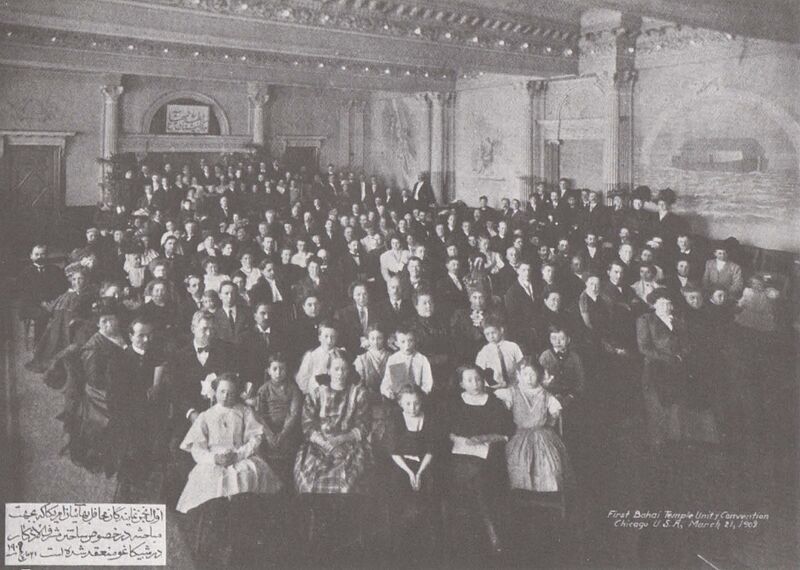
The very first National Convention in the United States: The First Temple Unity on 21 March 1909, the day that 'Abdu'l-Bahá interred the remains of the Báb on Mount Carmel in Haifa. Source: Bahaipedia.
It is important to remember that although the National Spiritual Assembly of the United States and Canada was formed in 1922, the Guardian would not officially count it as a National Spiritual Assembly until three years later in 1925, when its elections were duly and properly standardized.
The second week after Shoghi Effendi had left Haifa for his long withdrawal in Europe, the 14th national convention of the United States took place. This was a historic convention, because it was the first time they elected a National Spiritual Assembly of the United States, at Shoghi Effendi’s instructions and replacing the older Executive Board of Bahá'í Temple Unity. The work of the Bahá'í Faith in North America was going to develop in a completely new environment.
Mountfort Mills spoke about Shoghi Effendi to the American Bahá'í Convention about their young Guardian:
Think of what he stands for today! All the complex problems of the great statesmen of the world are as child's play in comparison with the great problems of this youth, before whom are the problems of the entire world...No one can form any conception of his difficulties, which are overwhelming...the Master is not gone.
His Spirit is present with greater intensity and power...In the center of this radiation stands this youth, Shoghi Effendi. The Spirit streams forth from this young man.
He is indeed young in face, form and manner, yet his heart is the center of the world today. The character and spirit divine scintillate from him today. He alone can...save the world and make true civilization. So humble, meek, selfless is he that it is touching to see him. His letters are a marvel.
It is the great wisdom of God in grating us the countenance of this great central point of guidance to meet difficult problems…This foundation is being laid, sure and certain, by Shoghi Effendi in Haifa today.
Roy Wilhelm also shared an important testimony of the Guardian:
When one reaches Haifa and meets Shoghi Effendi and sees the workings of his mind and heart, his wonderful spirit and grasp of things, it is truly marvelous.
Although not in Haifa when the Convention took place, Shoghi Effendi had somehow arranged to be present in spirit, and he had thoughtfully sent the gathered friends a bunch of violets, carried by a return pilgrim who conveyed his love to all the Bahá'ís.
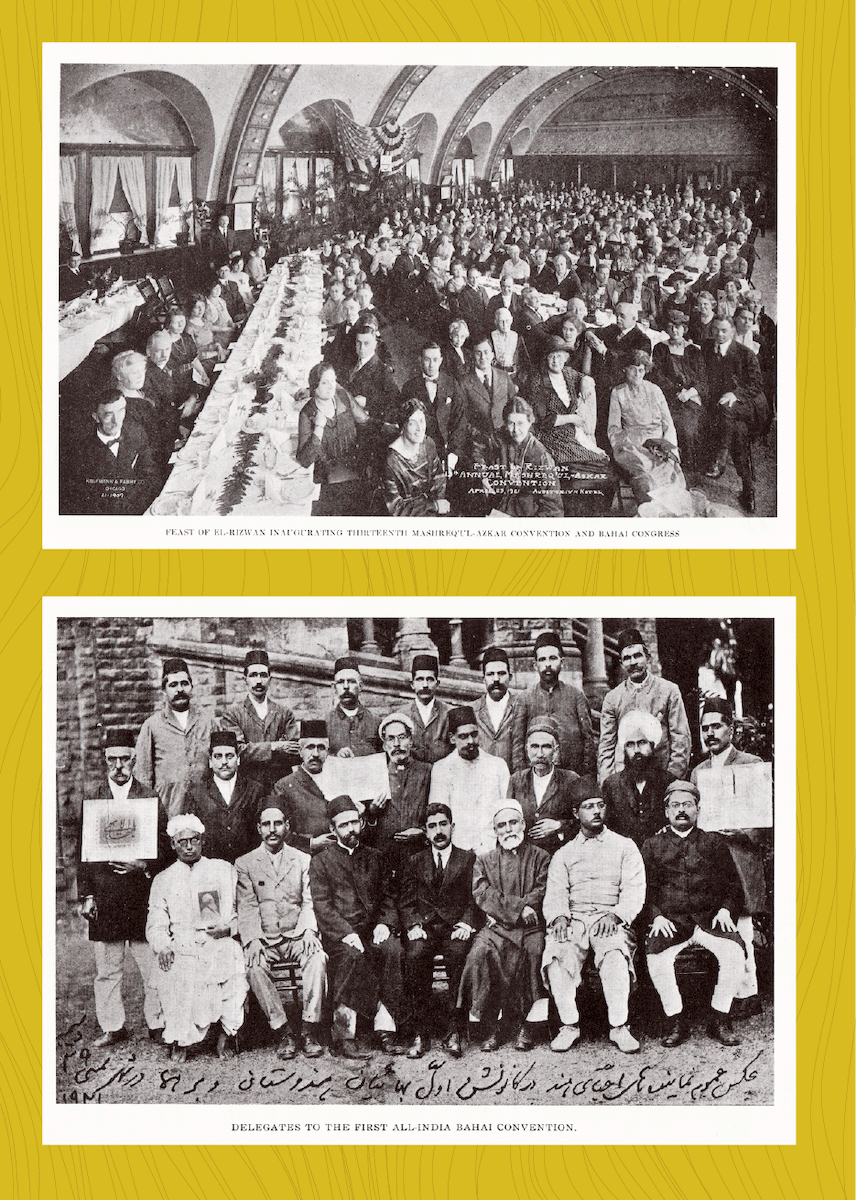
“The state of the worldwide Bahá'í Administrative Order”: Two very early institutions of the Bahá'í Administrative Order in 1922: Top: Naw-Rúz feast inaugurating the United States and Canada’s 13th Mashriqu’l-Adhkár’s Convention and Congress. Source: Star of the West Volume 12, Number 4, page 66. Bottom: Delegates to the All-India Bahá'í Convention. Source: Star of the West Volume 12, Number 1, page 20.
In 1922, there was only one National Spiritual Assembly to speak of, the National Spiritual Assembly of the United States and Canada, that had evolved from its original “Temple Unity” body, elected since 1909. They had the most administrative experience, 13 years more than all the new National Spiritual Assemblies which were elected in 1922 – 1923.
In 1922, the British Bahá'ís spontaneously formed in 1922 a "Bahá'í Council" to foster national affairs.
Germany elected its National Spiritual Assembly with Austria in 1922.
In 1923, India had the beginnings of what would become a real National Assembly, and had Burma’s “Central Council” under its jurisdiction.
The vast majority of Bahá'ís worldwide were still concentrated in Persia and its neighboring countries.
There was a small, loyal, and devoted community in North America, an even smaller one in Europe, and even smaller ones in Africa, the Indian sub-continent and the Pacific.
Most of Bahá'ís around the world in 1922—including the members of 'Abdu'l-Bahá’s family—did not clearly understand what the Bahá'í Faith truly represented, they had absolutely no idea what shape it was about to take under the guiding hand of Shoghi Effendi, and they did not know what the Bahá'í Administrative Order was.
Although there were Spiritual Assemblies in local areas, they had many different names, their functioning was not systematized, and their membership was vague, at best.
Shoghi Effendi was a born administrator, and he would spend the next 36 years establishing, consolidating, systematizing, guiding, assisting, and correcting the establishment of National Spiritual Assemblies, Local Spiritual Assemblies.
He would build the Administrative Order, gradually, consistently, and unerringly.
During the first two or three years of his ministry, Shoghi Effendi kept lists and data on the countries and local communities he wrote to. After 1925, the pressures of his correspondence was such that he could no longer keep track of the number of letters and cables he was sending and where, and he lacked qualified administrators to help him in his work. It was almost impossible for the Guardian to handle everything alone, another reason why was it was vital for him to leave the Holy Land for a few months each year and simply not work, for him to be able to continue to work the coming year.
From 1922 to 1925, Shoghi Effendi kept lists of the countries he wrote to: America, Britain, France, Germany, Japan, Mesopotamia, Caucasus, Persia, Turkistan, Turkey, Australia, Switzerland, India, Syria, Italy, Burma, Canada, Pacific Islands, Egypt, Palestine, Sweden and Europe.
Also between 1922 and 1925, he wrote to local communities in America, Europe, North Africa, the Middle and Far East, and he kept lists of these, as well:
- From 1922 – 1923, Shoghi Effendi wrote to 67 local communities
- From, 1923 – 1924, he wrote to 88 local communities
- And from 1924 – 1925, the last period for which he kept statistics, he wrote to 96 local communities
Even though there are only three years of data, it is clear that the number increased significantly from year to year. And now, imagine what these numbers would have been in 1935, in 1949, in 1953, in 1957.
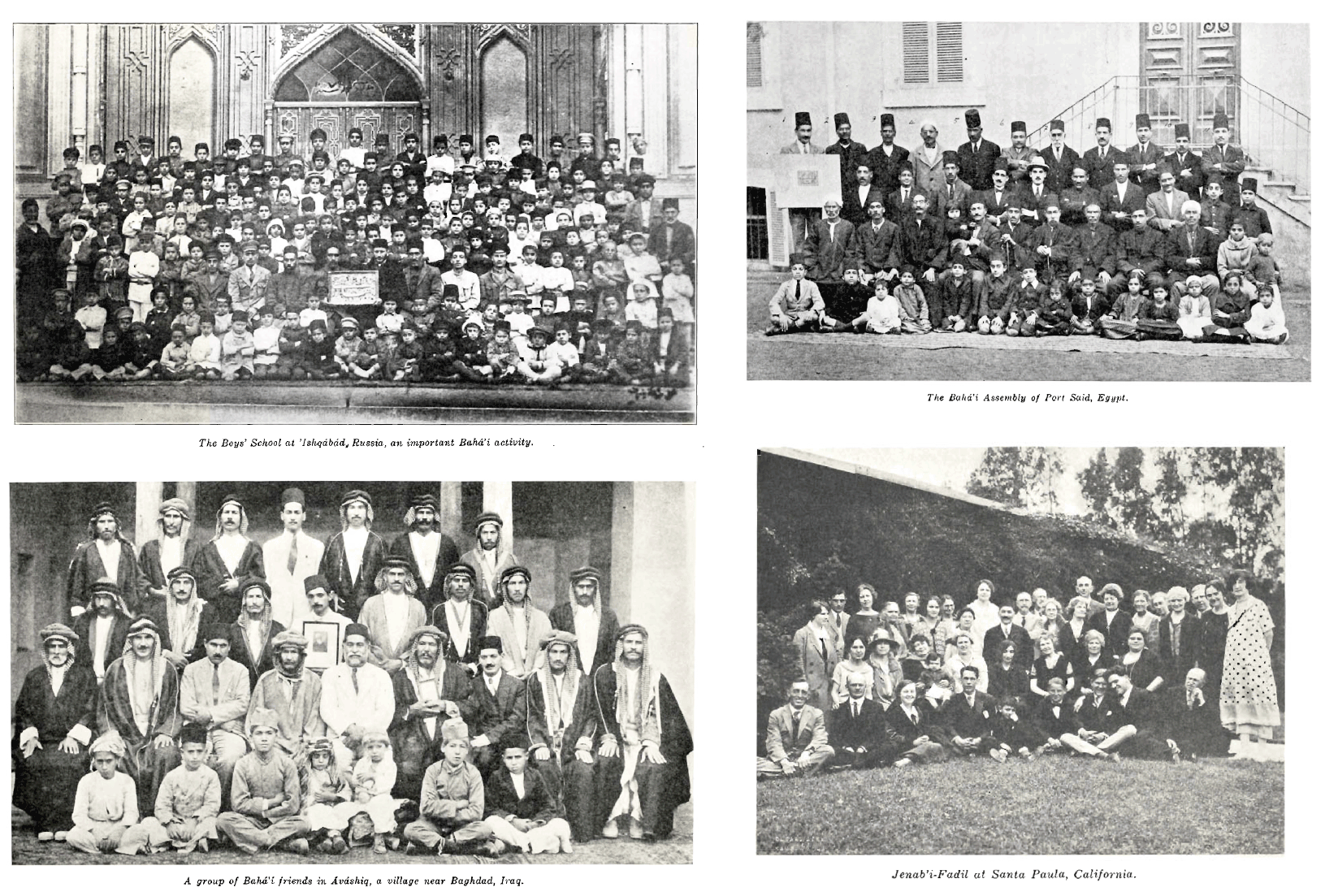
Top left: The boys’ school in ‘Ishqábád, Turkmenistan; Top right: The Bahá’í Assembly of Port Said, Egypt; Bottom left: A group of Bahá’ís in Áváshíq, near Baghdad, Iraq; Bottom right: The Bahá’ís of Santa Paula, California, United States. Source: The Bahá'í World Volume 1 (1924-1926): pages 110, 44, 34, and 106 .
Most Bahá'í communities in the world in 1922 had national and local customs that were not compatible with Bahá'í law.
In Persia, there was an overlap with Muslim culture, and monogamy was neither properly understood or strictly practiced. Bahá'ís still used opium and drank alcohol, something that western Bahá'ís also did.
In America, Bahá'ís were still attached to their churches, and had membership in secret societies.
Bahá'ís weren’t aware that they were to shun all political affiliations and activities.
What the Guardian did to address these issues throughout his entire ministry was a two-fold approach.
First, Shoghi Effendi created a universal, consistent and coherent method of carrying on Bahá'í community life and organizing its affairs, based on the Teachings and the Master's elaboration of them.
Second, he patiently educated Bahá'ís to help them understand the objectives and implications of their religion and the truths enshrined in it.
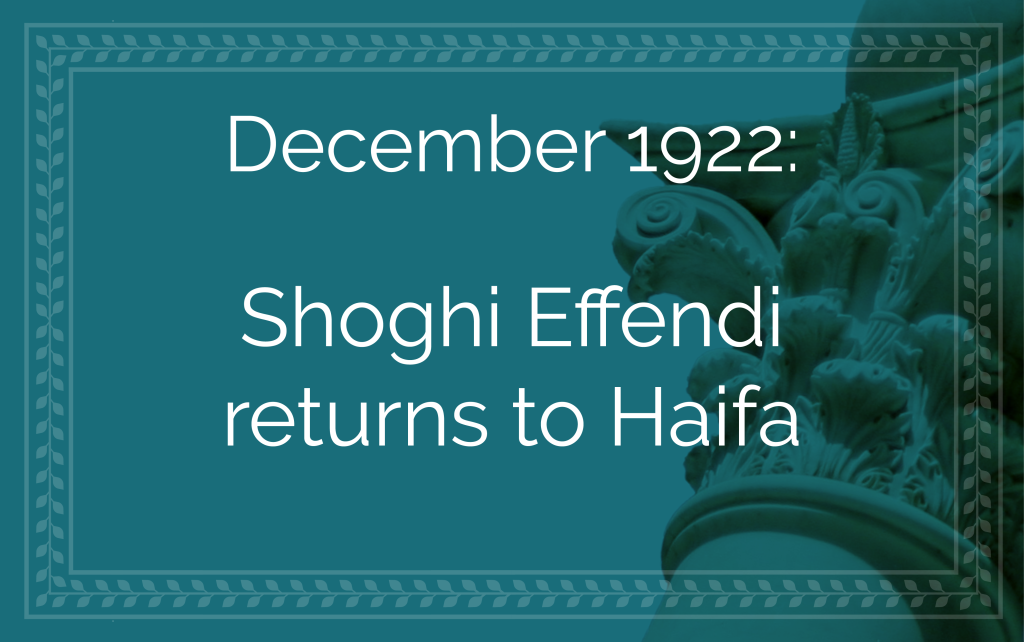
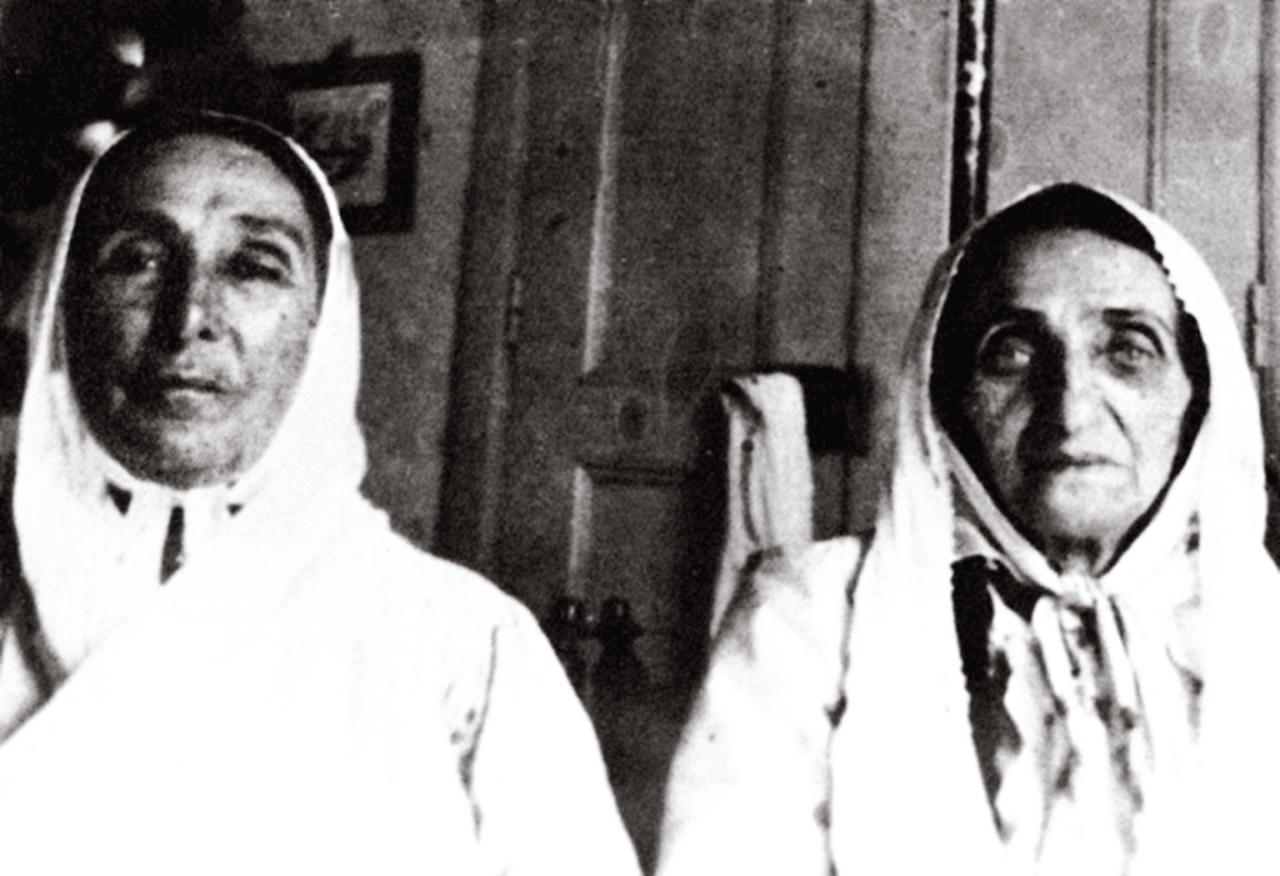
Munírih Khánum and Bahíyyih Khánum, the Greatest Holy Leaf. Source: Twitter.
By the first anniversary of the Ascension of 'Abdu'l-Bahá, 28 November 1922, Shoghi Effendi had been gone eight months.
The Greatest Holy Leaf had done her best to field all the issues that had happened in Haifa, in the Holy Land, in Persian, in the United States and Canada, and all she had protected the Faith from all the Covenant-breaking activity, but she was at the end of her strength.
On 28 November 1922, Munírih Khánum, 'Abdu'l-Bahá’s widow, wrote her first “Letter of Lament”—she would write three in total—and mentioned how Shoghi Effendi’s prolonged absence had taken its toll on Bahíyyih Khánum, causing her extreme anxiety:
Lord, Lord, Thou seest and knowest that these grieving hearts have lost all patience and strength. The thin thread of endurance is breaking. Resolution and tenacity have come to an end. The absence of the Most Excellent Branch [Shoghi Effendi],[1] and the lack of any news from Him have completely sapped the strength of the Greatest Holy Leaf [Bahíyyih Khánum], and of Rúḥá, the Holy Leaf ['Abdu'l-Bahá's daughter]. No longer is there vigor or strength or forebearance.
The Greatest Holy Leaf needed Shoghi Effendi back in Haifa.
One night—most probably sometime in early to mid-December 1922—Shoghi Effendi was returning from one of his all-day hikes and was stunned to find his mother and a relative looking for him in the street of a small mountain village.
They had been sent by the Greatest Holy Leaf.
Ḍíyá‘íyyih Khánum tearfully told Shoghi Effendi about Bahíyyih Khánum’s distress at his prolonged absence and convinced him to return to Haifa.
It was time to go home.

“Refreshed spirit” Photo of the Swiss Alps: Marco Meyer on Unsplash.
Shoghi Effendi arrived in Haifa on Friday afternoon, 15 December 1922, happy and in radiant health.
Switzerland had worked its magic, and it is nowhere more obvious than in Shoghi Effendi’s own words. These are excerpted from letters and cables, to at least 10 different countries, which you can read in full in the Priceless Pearl by Rúḥíyyih Khánum, pages 623-67. Here, for the purposes of this chronology, only the relevant phrases are excerpted, to show how critical, how important, how vivifying, how life-changing these months were to Shoghi Effendi, and to help us all understand why he would need these long breaks every year. The benefit of the crips mountain air and invigorating hikes re-created our Guardian, year after year.
Here are Shoghi Effendi’s own words about his health for the first week after he returned from Switzerland, which eloquently show the improvement in his health and outlook:
[have now] returned to the Holy Land with renewed vigour and refreshed spirit.
…refreshed and reassured I resume my arduous duties…
…such a needed retirement…
With feelings of joyful confidence…
I pray the Almighty that my efforts, now refreshed and renewed, may with your undiminished support lead it to glorious victory.
Solaced and strengthened, I now join my humble strivings to your untiring exertions for the Cause of Bahá'u'lláh.
I now gladly and hopefully add the further bond of active participation in a life-long service at the Threshold of Bahá'u'lláh.
Refreshed and reassured I now stretch to you across the distant seas my hand of brotherly cooperation in the Cause of Baha.
With zeal unabated and with strength renewed I now await your joyful tidings in the Holy Land.
…my happy return to the Holy Land."
…happily I feel myself restored to a position where I can take up with continuity and vigour the threads of my manifold duties…
…I am now fully restored to health and am intensely occupied with my work…
In a talk in 1978, Hand of the Cause Leroy Ioas reported a conversation he had with the Guardian who explained to him what he had expected upon returning to the Holy Land on 29 December 1921:
I had in mind that Abdu’l-Baha would give me the honor of calling the great conclave, calling together the great conclave which would elect the Universal House of Justice. And I had thought in His Will and Testament, that that probably was what He was instructing to be done. But, instead of that, I found that I had been appointed as the Guardian of the Cause of God, I didn’t want to be the Guardian of the Cause. In the first place, I didn’t think I was worthy. The next days, I didn’t want to face these responsibilities.
The Guardian told Leroy Ioas that once he had been made aware of the contents of the Will and Testament of 'Abdu'l-Bahá and had understood 'Abdu'l-Bahá had appointed him Guardian of the Cause, he spoke about his immediate mindset and why he had to retreat to Switzerland for 8 months:
I didn’t want to be the Guardian. I knew what it meant. I knew that my life as a human being was over. I didn’t want it, and I didn’t want to face it, so as you remember, I left, remember, I left the Holy Land, and I went up in the mountains of Switzerland, and I fought with myself until I conquered myself. Then I came back and I turned myself over to God, and I was the Guardian.
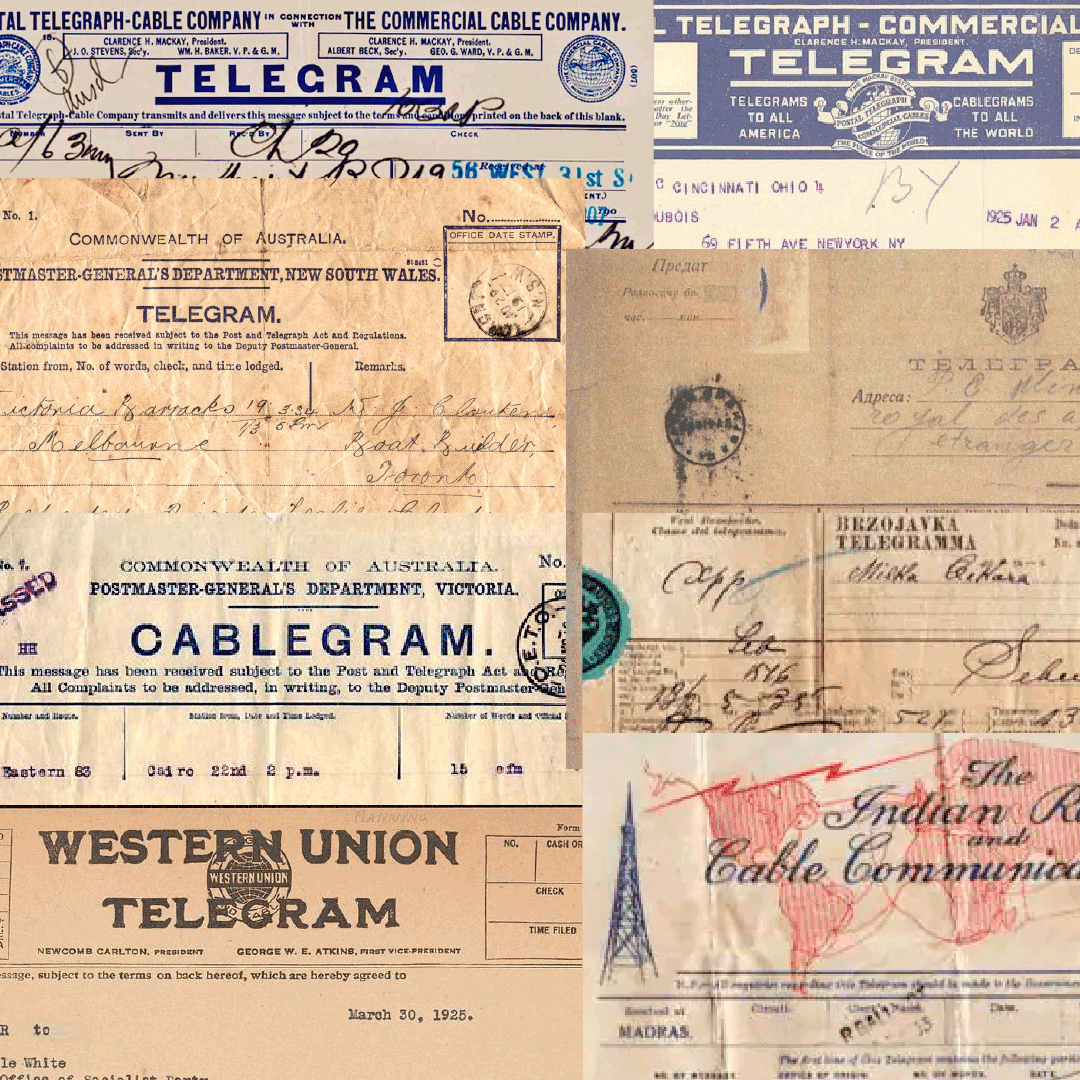
“Piles of mail”: Collage of vintage telegrams and cablegrams.
As soon as news of Shoghi Effendi’s return to the Holy Land spread throughout the Bahá'í world, the Guardian was inundated with a flood of letters and cables from every part of the globe.
Shoghi Effendi was faced with an impossible and thorny problem, which he articulated to one of his distant cousins.
He could not copy 'Abdu'l-Bahá’s method of dealing with incoming correspondence, an unsustainable solution given that the Faith was growing too much and too fast.
He could not respond personally to some Bahá'ís and not others, as this would eventually cause friction and animosity between the believers.
He could not do away with individual correspondence, delegating responses to his associates while he wrote general messages and communicated directly with assemblies. This solution would destroy his personal relationship with the believers.
The problem of how to cope with his mail would weigh on Shoghi Effendi for the entire 36 years of his Guardianship.
In the end, Shoghi Effendi decided to continue answering individuals letters, especially those in western countries and in countries where institutions were not mature enough to deal diplomatically with individuals and not estrange them.
National Spiritual Assemblies sometimes grumbled about this, as it meant that individuals in their country received important information from Shoghi Effendi and they were not informed.
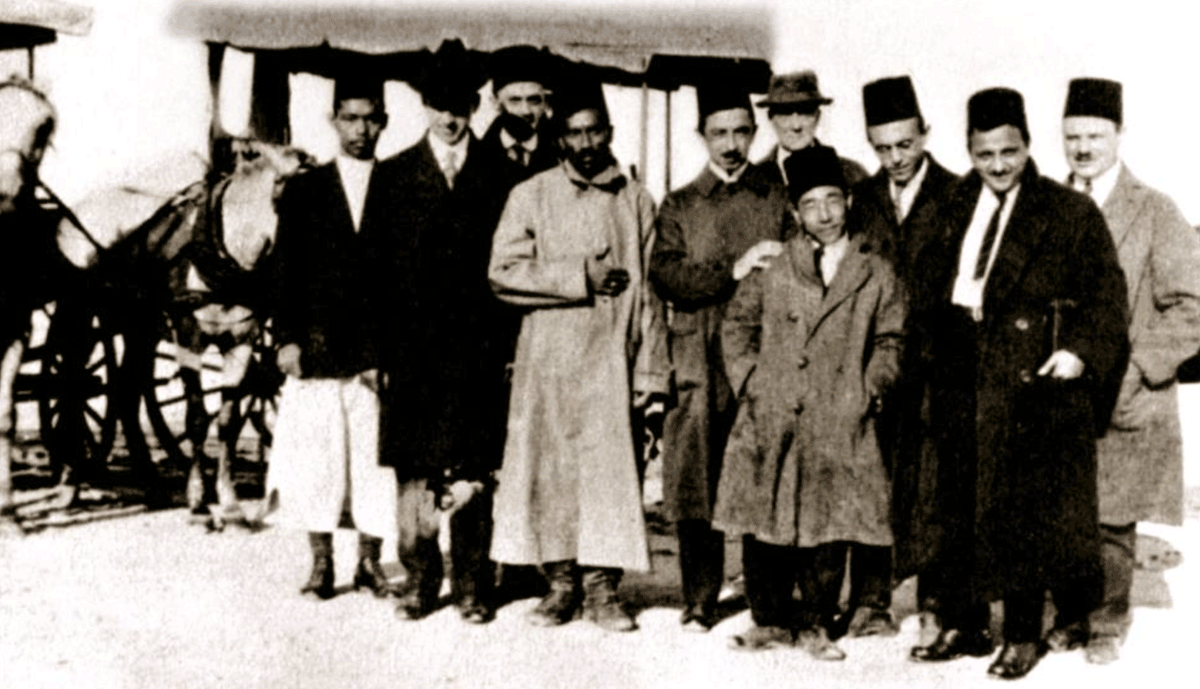
Shoghi Effendi—second from right—with Saichiro Fujita in the front row, and guided the group to holy places in 'Akká and Haifa. Immediately behind Shoghi Effendi is George Latimer. Harry Randall is fourth from the right, behind Saichiro Fujita, Albert Vail is second from the left, and Dr. Luṭfu’lláh Ḥakím—future member of the Universal House of Justice is next to Shoghi Effendi, third from right. Shoghi Effendi has just guided the pilgrims to Holy Places in Haifa and 'Akká. Source: The Network of Bahá'ís of Jewish Background.
It was customary for Shoghi Effendi, in the early days of his ministry to have regular meetings in the Master’s home, and in fact in 'Abdu'l-Bahá’s old reception room, with visiting pilgrims.
Shoghi Effendi preoccupied himself with the welfare of the pilgrims, and he would have a meal with the western pilgrims in the Pilgrim House that was across the street from 'Abdu'l-Bahá’s house on Haparsim street.
With the eastern pilgrims, Shoghi Effendi would visit the Shrines of the Báb and 'Abdu'l-Bahá, and they would all refresh themselves with a cup of tea in the eastern pilgrim house, a stone’s throw from the Shrines on Mount Carmel.
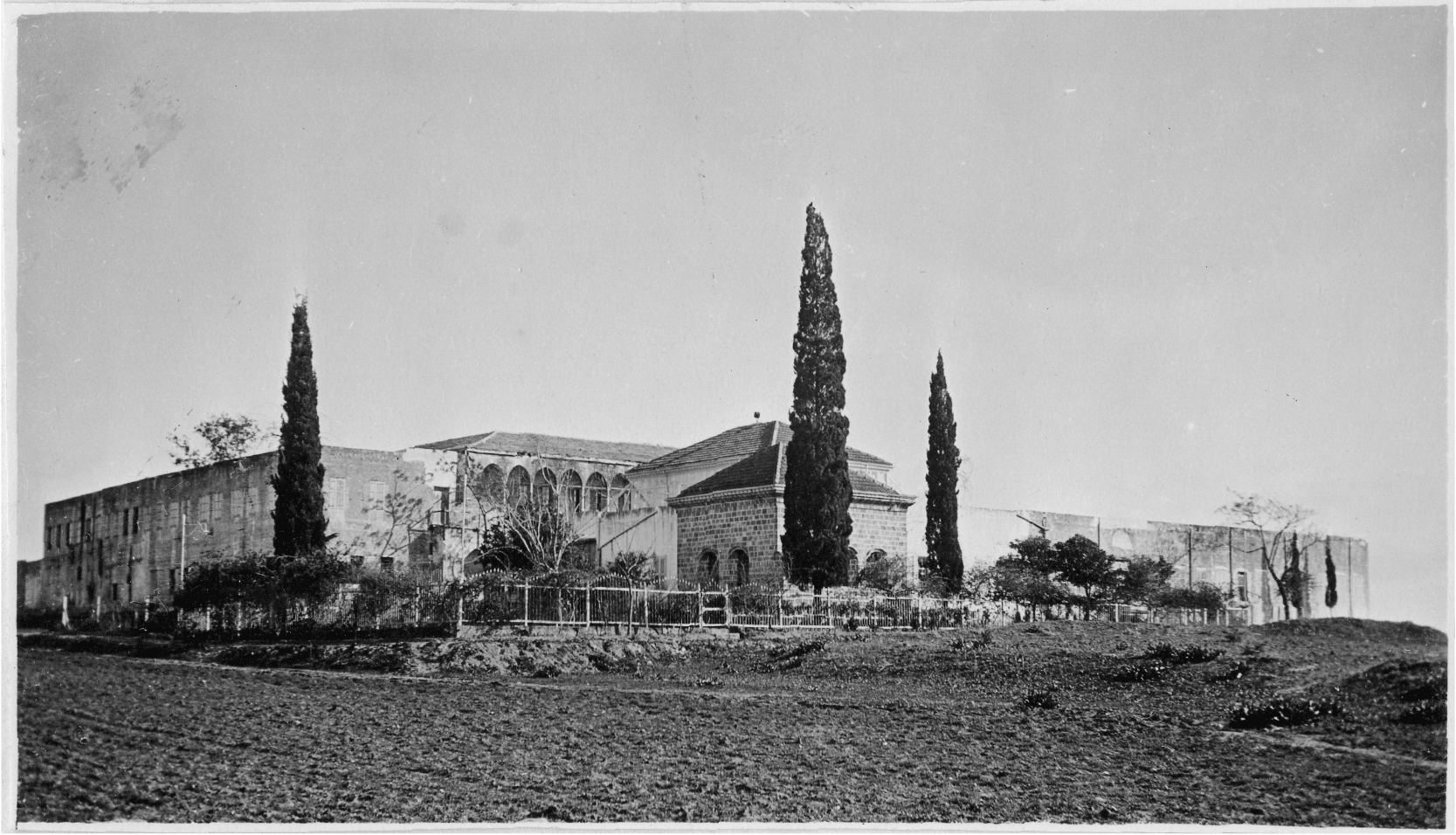
A rare early photograph of Bahjí showing the Shrine of Bahá'u'lláh, the Mansion of Bahjí, and the two-story house built by the Covenant-breakers, who stole the keys to the Shrine. © United States National Bahá'í Archives, used with permission.
Ever since 30 January 1922, when Mírzá Muḥammad-'Alí had engineered a plot for Covenant-breakers to seize the keys of the Shrine of Bahá'u'lláh, this had been Shoghi Effendi’s most pressing concern.
Since June 1922, the keys of the inner Tomb had been held by the Sub-Governor of 'Akká, both Bahá'ís and Covenant-breakers had access to other parts of the Shrine, the custodian cleaned the Shrine, and everything seemed on indefinite administrative hold.
Shoghi Effendi never for one second stopped to apply insistent pressure on the British authorities, aided in his claim by additional pressure from a united worldwide Bahá'í community.
On 7 February 1923 he wrote to Wellesley Tudor Pole about his conversation with Colonel Symes, Governor of Haifa with whom he was on excellent terms, regarding Mírzá Muḥammad-'Alí’s refusal to pay for the policeman who guarded the Shrine:
I have had a long talk with Col. Symes and have fully explained to him the exact state of affairs, the unmistakable and overwhelming voice of all the Bahá'í Community and their unshakable determination to stand by the Will and Testament of 'Abdu'l-Bahá. Recently he sent a message to Muhammad 'Ali requiring from him the sum of 108 [pounds] for the expenses of the policeman, contending that he being the aggressor is liable to this expense. So far he has not complied with this request and I await future developments with deep anxiety.
The very next day, 8 February 1923, Shoghi Effendi received a telegram from his cousin, who was living in Jerusalem regarding the letter of the Governor of 'Akká to the High Commissioner:
Letter received immediate steps taken the final decision by the High Commissioner is in our favour the key is yours.
The keys of the Shrine of Bahá'u'lláh were back in the hands of the Faith forevermore.
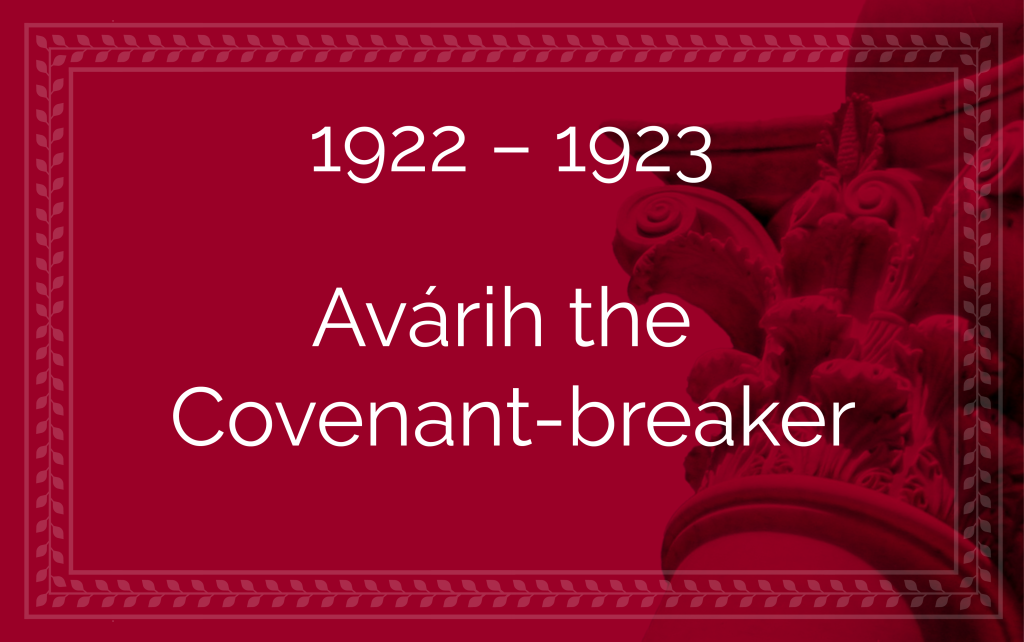

Avárih was the leader of the rebellion against the Guardian in Persia, the son of a Muslim cleric, who had himself become a cleric before becoming a Bahá'í at the age of 30 in 1901.
As a Bahá'í, Avárih was recognized as a very erudite and capable believer and he pioneered for 18 years in Turkmenistan, Iraq, and Egypt, during which time he met 'Abdu'l-Bahá who gave him the title of Avárih (Wanderer) and wrote—but did not publish a two-volume history of the Faith.
From the moment he became a Bahá'í, it was very difficult for the believers to reconcile his success in teaching and his profound knowledge with his ego, his pride, his vanity, and his opium addiction.
'Abdu'l-Bahá was fully aware of his vices and corruption, but, so long as Avárih was faithful, the Master showered him with encouragement, praised his work and revealed several Tablets in his honor.
Immediately after 'Abdu'l-Bahá’s Ascension, the Guardian invited prominent Bahá'ís from around the world to come to the Holy Land and discuss the affairs of the Faith, including Avárih.
Avárih arrived late in Haifa, and therefore he was not able to participate in the consultations that had taken place. Avárih was disappointed that the Universal House of Justice was not going to be elected at that time.
As the foremost teacher of the Faith in Persia at the time, he believed he was a shoe-in for membership on the Universal House of Justice. It was his dream.
Shoghi Effendi clearly explained to him that the entire Administrative Order of the Faith had to be built before it could support the Universal House of Justice.
Avárih refused the Guardian’s explanation and became obsessed with his idea.
These are the kinds of prideful and egotistical dreams that disconnect Bahá'ís from the Covenant of Bahá'u'lláh.
By this point, Avárih had no faith in, or respect for, the Guardian. He did not see his station, did not see the Will and Testament of 'Abdu'l-Bahá, Center of the Covenant. All he could see was that Shoghi Effendi was 24 years old, he saw him as an inexperienced youth, and he compared him with himself, a fully-grown man of 52, erudite, knowledgeable a successful pioneer and teacher of the Cause.
While he was in Haifa, Avárih was treated considerately, with love and kindness, and Shoghi Effendi did everything he could to help him.
After a brief stay in the Holy Land, Shoghi Effendi instructed Avárih to go to England.
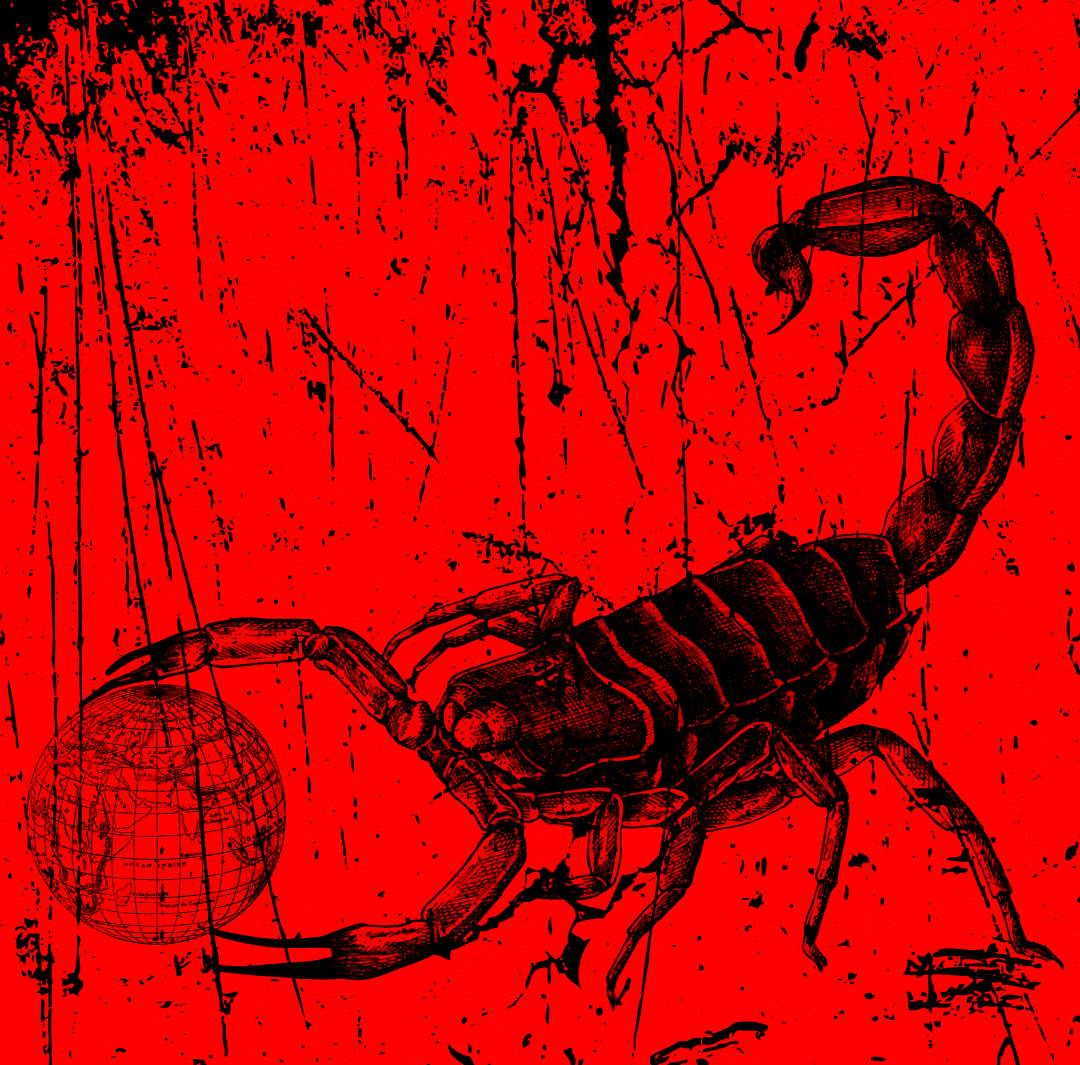
Although Shoghi Effendi was always burdened, from the start to the end of his Guardianship with all sorts of impossible problems, what weighed on him the most were the Covenant-breakers and their ceaseless plots and machinations.
The day after he arrived in Haifa, 16 December 1922, he was already dealing with Covenant-breakers, and wrote in a letter:
Already...the awful promises of 'Abdu'l-Bahá regarding the Covenant-breakers have been strikingly fulfilled!
In January 1923, Shoghi Effendi wrote to Ḥusayn Afnán, a grandson of Bahá'u'lláh who would soon after become a notorious Covenant-breaker. His letter is a clear warning, but it would not be heeded:
I presume you have gathered from past experience that I stand for absolute sincerity, scrupulous justice in all matters pertaining to the Cause, and an uncompromising attitude with regard to the enemies of the Movement, the Nakezeens, whose vile and unceasing efforts God alone shall frustrate.
Hussein Afnán had three brothers, all grandsons of Bahá'u'lláh. His three brothers married three granddaughters of 'Abdu'l-Bahá. Two of these were Shoghi Effendi’s own sisters. All of them would become Covenant-breakers.
Covenant-breaking activities worsened to such a level in February 1923 that Shoghi Effendi was forced to send a cable to America with very strict instructions:
Register all mail. Inform friends.
Shoghi Effendi’s youth was an illusion. He was already dealing with the biggest tests of his ministry—Covenant-breaking with its accompanying toxicity and poisonous filth—like a steely-eyed, clear-sighted, intransigent general, 'Abdu'l-Bahá’s own Protector of the Faith and Defender of the Faithful, and 'Abdu'l-Bahá’s most cherished possession and greatest gift to the Bahá'í World.
Towards the end of that same letter Shoghi Effendi assures him:
With a pure heart, I eagerly look forward to those signs that will unmistakably reveal your desire and resolve to stand by the Will of the Master and avoid in every way the breakers of the Covenant.
It was, in Shoghi Effendi's own words, "amidst the heat and dust which the attacks launched by a sleepless enemy precipitated" that he had to carry on his work.

Avárih arrived in England sometime in January 1923, and his instructions from the Guardian were to help the believers deepen their knowledge of the Faith.
The Guardian had made sure the Bahá'ís in London would treat Avárih well, and had praised him in a letter he sent them, but that also backfired.
The English believers went overboard.
They treated Avárih with so much reverence and respect, and were so hospitable to him that it stroked Avárih’s ego to no end. They praised him excessively, they wrote gushing letters about him that were published in Star of the West.
In London, Avárih spoke three to four times a week at Bahá'í gatherings in London, and giving a series of lectures on Ṭáhirih. His success in London bolstered his pride, his overconfidence and egotism, faults that would cause his downfall. His arrogance made him appear full of charm, and his many talks were a platform for him to showcase his knowledge.
Avárih began writing manipulative, insincere letters couched in beautiful language—he was, after all, a talented writer—and disseminated these among the Bahá'ís in Iran and in the West.
In April 1923, he wrote a letter which he—just an individual Bahá'í—addressed to the National Convention of the Bahá'ís of the United States and Canada. The utter gall of this act is almost boggles the mind.
In Avárih’s mind, there was no contest, he was the better leader for the faith.
He began undermining his position, all the while sending his hypocritical letters praising Shoghi Effendi excessively in superlative terms, pleading and urging the Bahá'ís to turn to him, to remain steadfast in the Covenant.
After a short stay in London, Avárih traveled to Egypt.
It was in Egypt that he would begin his Covenant-breaking activities. The story continues in the Spring of 1923.
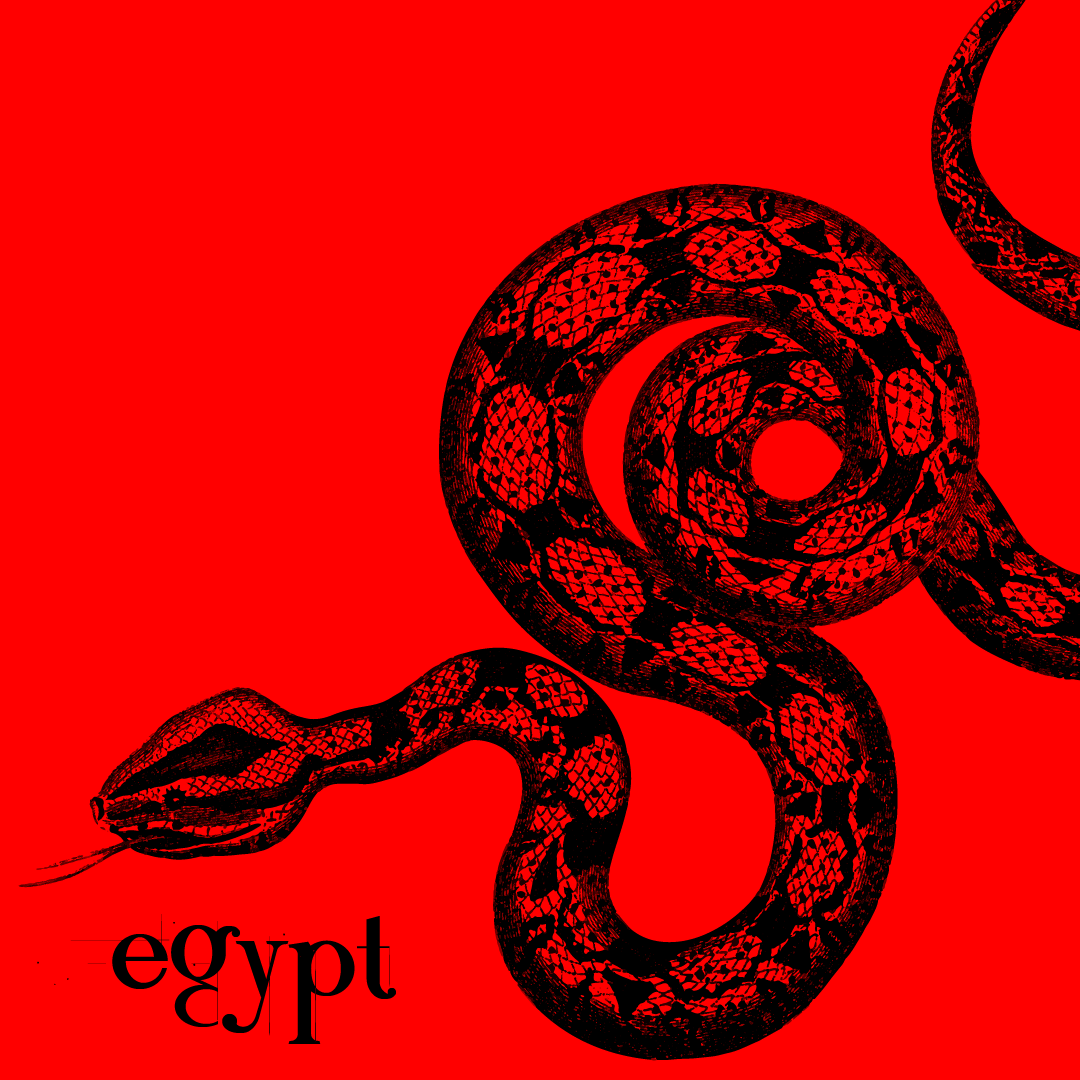
Avárih arrived in Egypt sometime in the Spring of 1923, and this was where, with the help of some Bahá'ís, he managed to publish the two-volume history he had written during his stay in Egypt in 1913-1914. He was hoping to earn a lot of money with this book. That, of course, would not happen.
Avárih stayed in Cairo for several months and pitted the Local Spiritual Assembly of Cairo against the Bahá'í community, and sent his divisive letters to various parts of the world, saying that Cairo was a troubled community, and—although he was the one who has caused the problems in the first place—he presented the situation to his own advantage.
Avárih was in Cairo for months and created so much strife, dissention and disunity among the Bahá'í community that the Local Spiritual Assembly of Cairo wrote to Shoghi Effendi,
Shoghi Effendi tried and failed to quell the dissension in Cairo, because Avárih did everything to prevent a reconciliation between the Assembly and the believers. Soon after this, Shoghi Effendi could not endure the pain any longer, and, with a heavy heart he left the Holy Land.
Avárih left Egypt for the Holy Land.
The moment Avárih left Cairo, all the misunderstandings between the Bahá'ís vanished into thin air.
His distasteful story continues in early 1924.
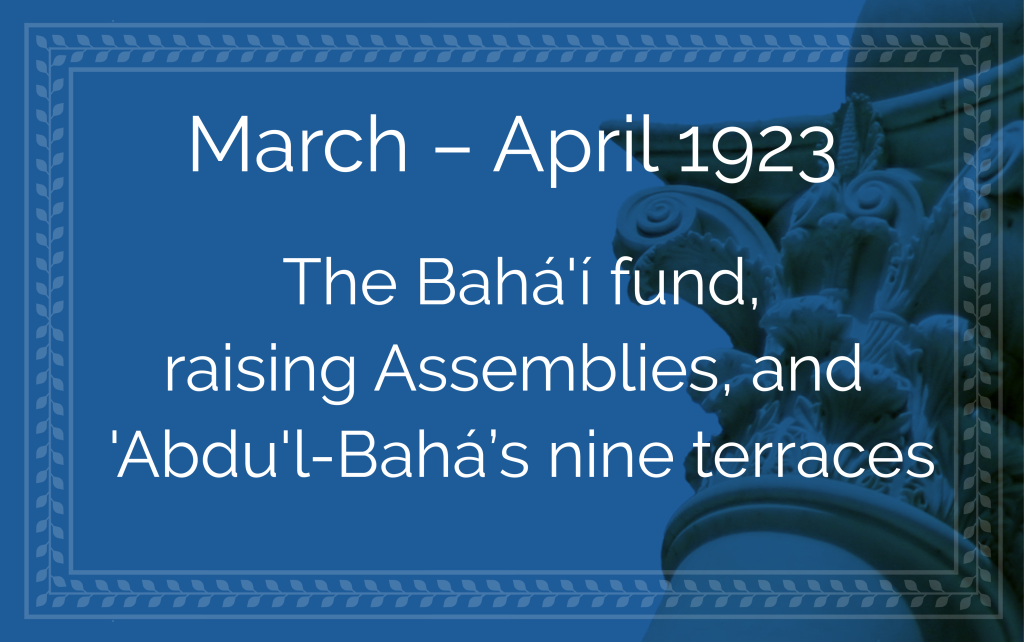
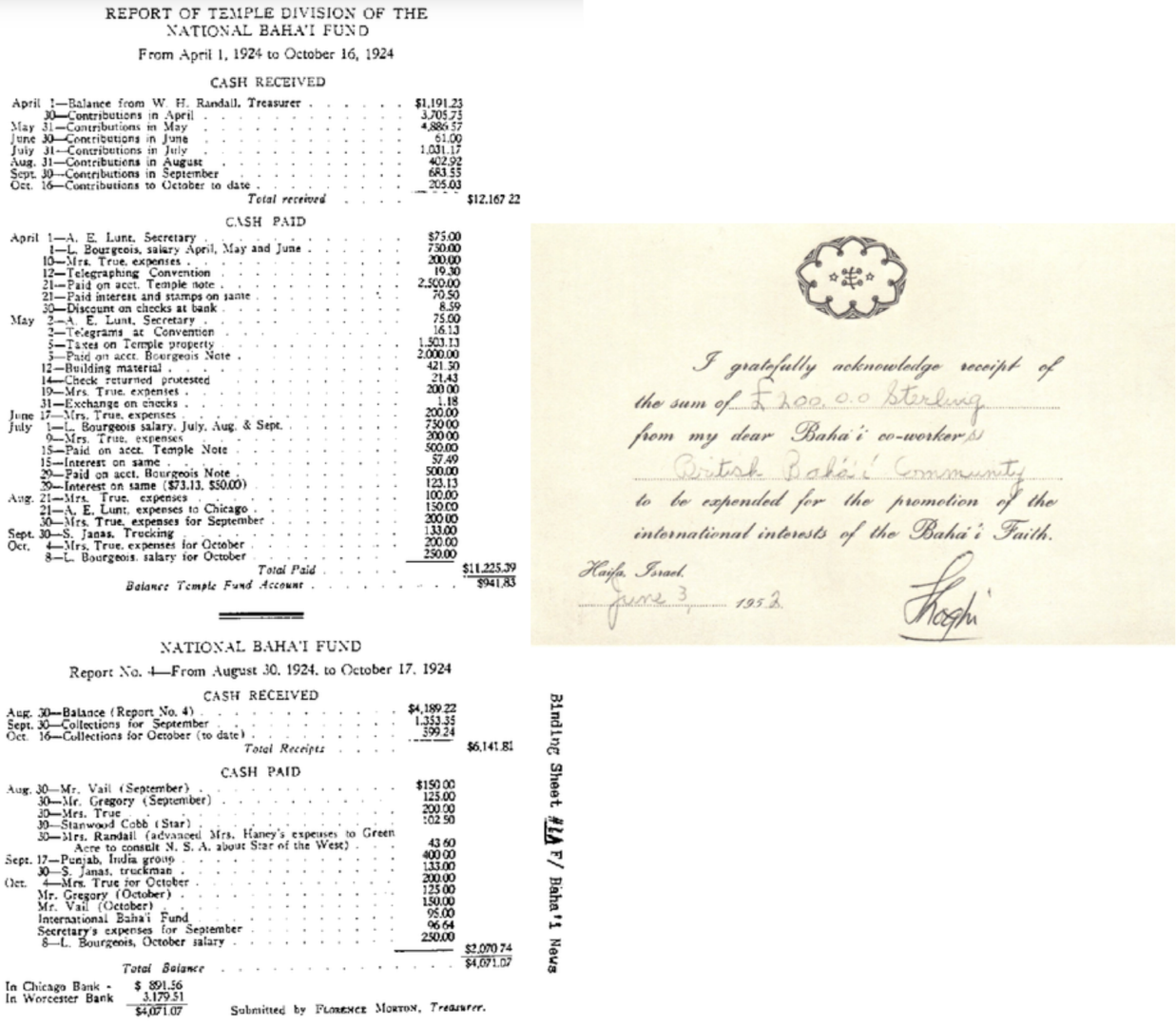
Collage related to the Bahá'í Fund: Report on the United States and Canada National Fund contributions. Source: Bahá'í News Issue 1 (December 1924). A receipt signed by Shoghi Effendi himself acknowledging contributions from British Bahá'ís, dated 3 June 1952. Source: Bahaimedia.
On 12 March 1923, the Guardian began laying the foundations of the Faith’s systematic financial support by inaugurating the Bahá'í Fund, in a letter addressed "To the beloved of the Lord and the handmaids of the Merciful throughout America, Great Britain, Germany, France, Switzerland, Italy, Japan and Australasia":
As the progress and extension of spiritual activities is dependent and conditioned upon material means, it is of absolute necessity that immediately after the establishment of local as well as National Spiritual Assemblies, a Bahá'í Fund be established…It is the sacred obligation of every conscientious and faithful servant of Bahá'u'lláh who desires to see His Cause advance, to contribute freely and generously for the increase of that Fund.
After this Fund was established, the Guardian clarified and amplified the subject, effectively training National Spiritual Assemblies and Local Spiritual Assemblies on financial matters regarding contributions to the Bahá'í fund, its importance, its particular nature, laws about contribution and the spirit in which they should be made.
The Bahá'í Faith could not propagate the Cause of Bahá'u'lláh and could not function without money, but contributions to the fund were not simply financial, but also spiritual. This was an education.
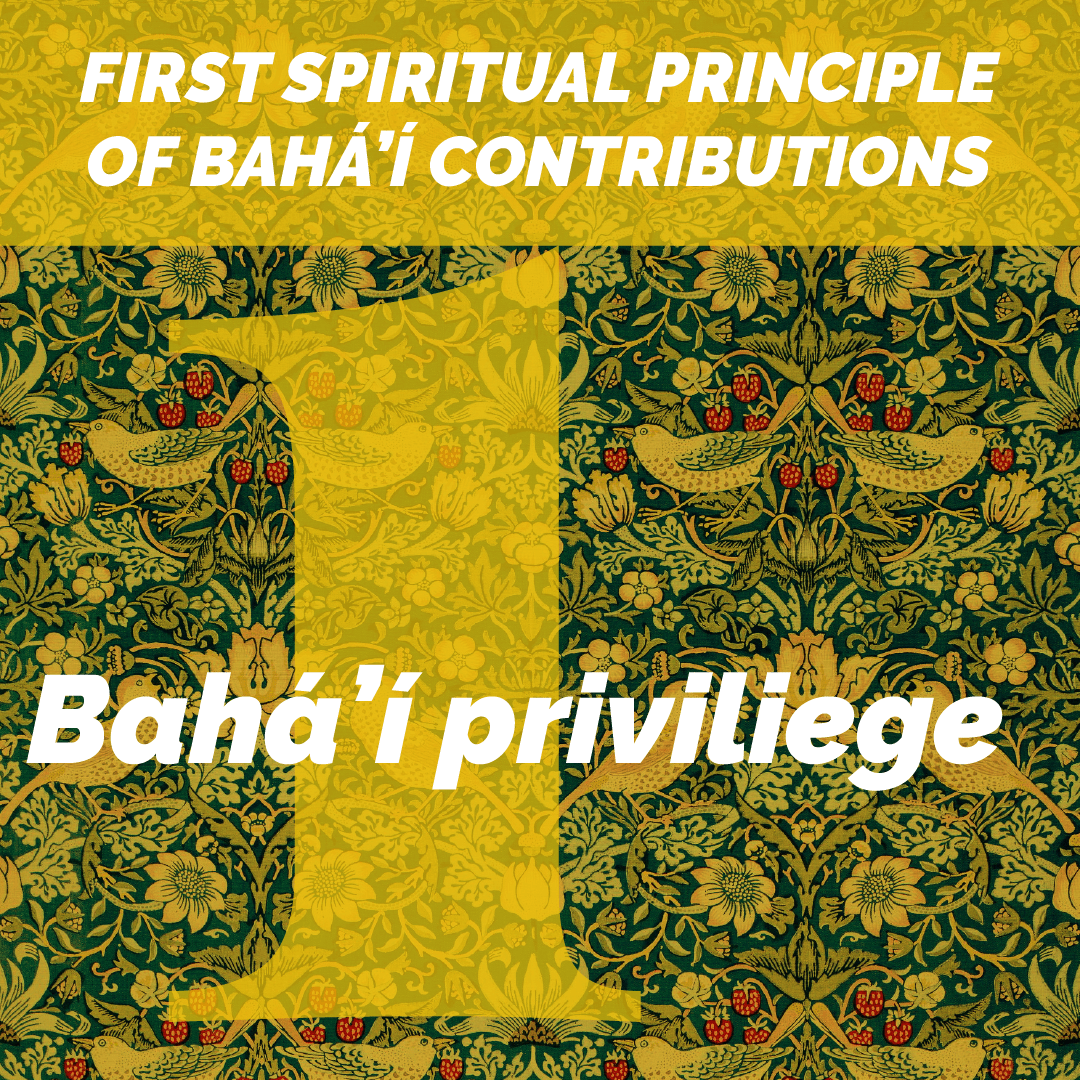
Background photo of textile pattern by Birmingham Museums Trust on Unsplash.
First among the laws regarding contribution were that it was a privilege for Bahá'ís, who had accepted Bahá'u'lláh, to be able to contribute to the establishment of His World Order. This was an honor limited to Bahá'ís. On 25 October 1929, the Guardian explained this fundamental principle:
…only those who have already identified themselves with the Faith and are regarded as its avowed and unreserved supporters should be invited to join and collaborate. For apart from the consideration of embarrassing complications which the association of non-believers in the financing of institutions of a strictly Bahá'í character may conceivably engender...it should be remembered that these specific Bahá'í institutions, which should be viewed in the light of Bahá'u'lláh's gifts bestowed upon the world, can best function and most powerfully exert their influence in the world only if reared and maintained solely by the support of those who are fully conscious of, and unreservedly submissive to, the claims inherent in the Revelation of Bahá'u'lláh.
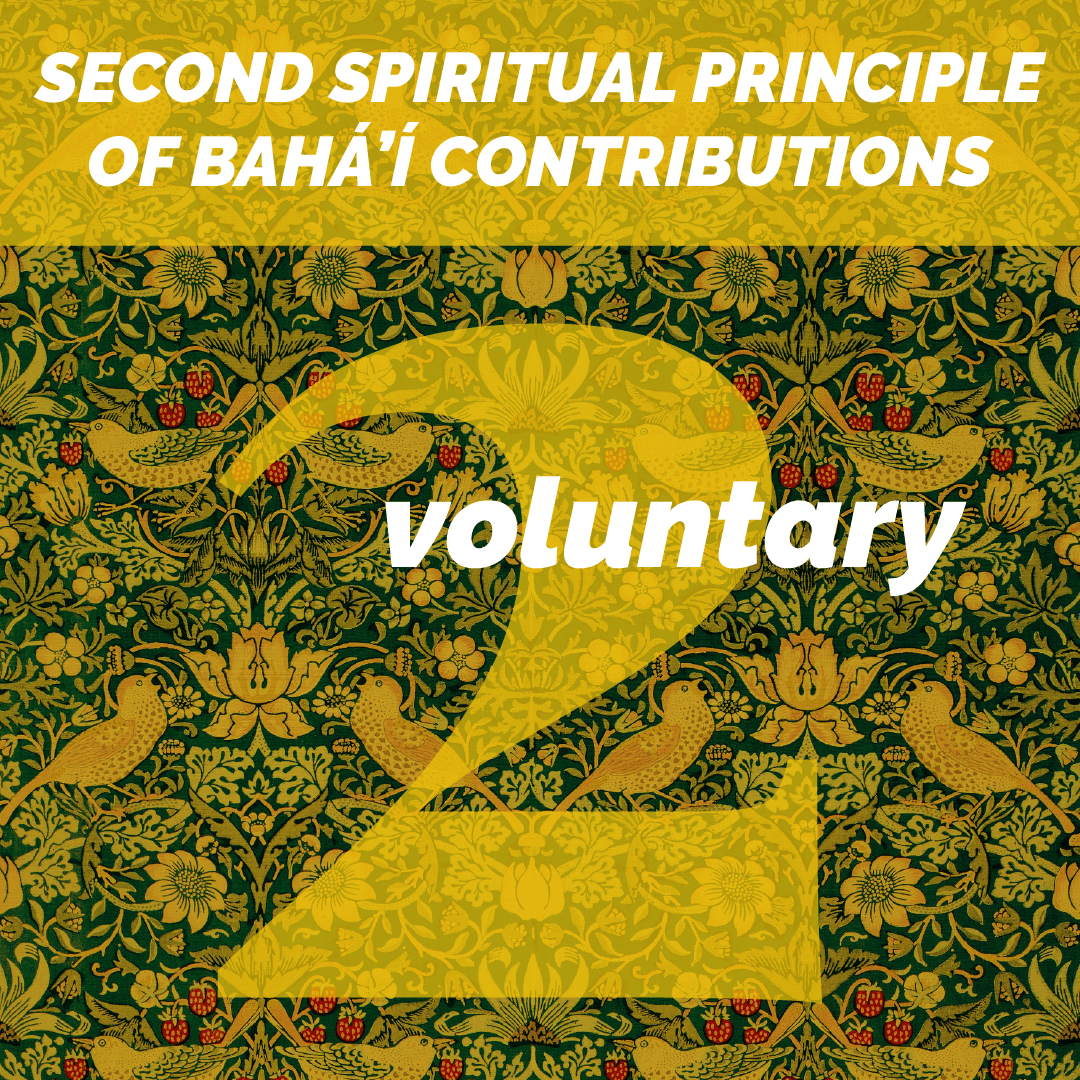
Background photo of textile pattern by Birmingham Museums Trust on Unsplash.
The second great spiritual principle involved, which the Guardian called the “cardinal principle," was that of purely voluntary contributions, which he explained in his message to the National Spiritual Assembly of the United States and Canada on 10 January 1926:
…all contributions to the fund are to be purely and strictly voluntary in character. It should be made clear and evident to everyone that any form of compulsion, however slight and indirect, strikes at the very root of the principle underlying the formation of the Fund ever since its inception.
The Faith, unlike other religions, had no tithes, no entrance fees, no forced contributions. Everyone, rich or poor, was welcome.
The Bahá'í Fund was the lifeblood of the Faith of Bahá'u'lláh, it was, as Shoghi Effendi said, the very "bedrock on which all other institutions must necessarily rest and be established." The Fund gave life to all institutions, to the local Bahá'í communities, to Houses of Worship, to the extension of the properties at the Bahá'í World Centre, to summer schools, national endowments, literature and newsletters.
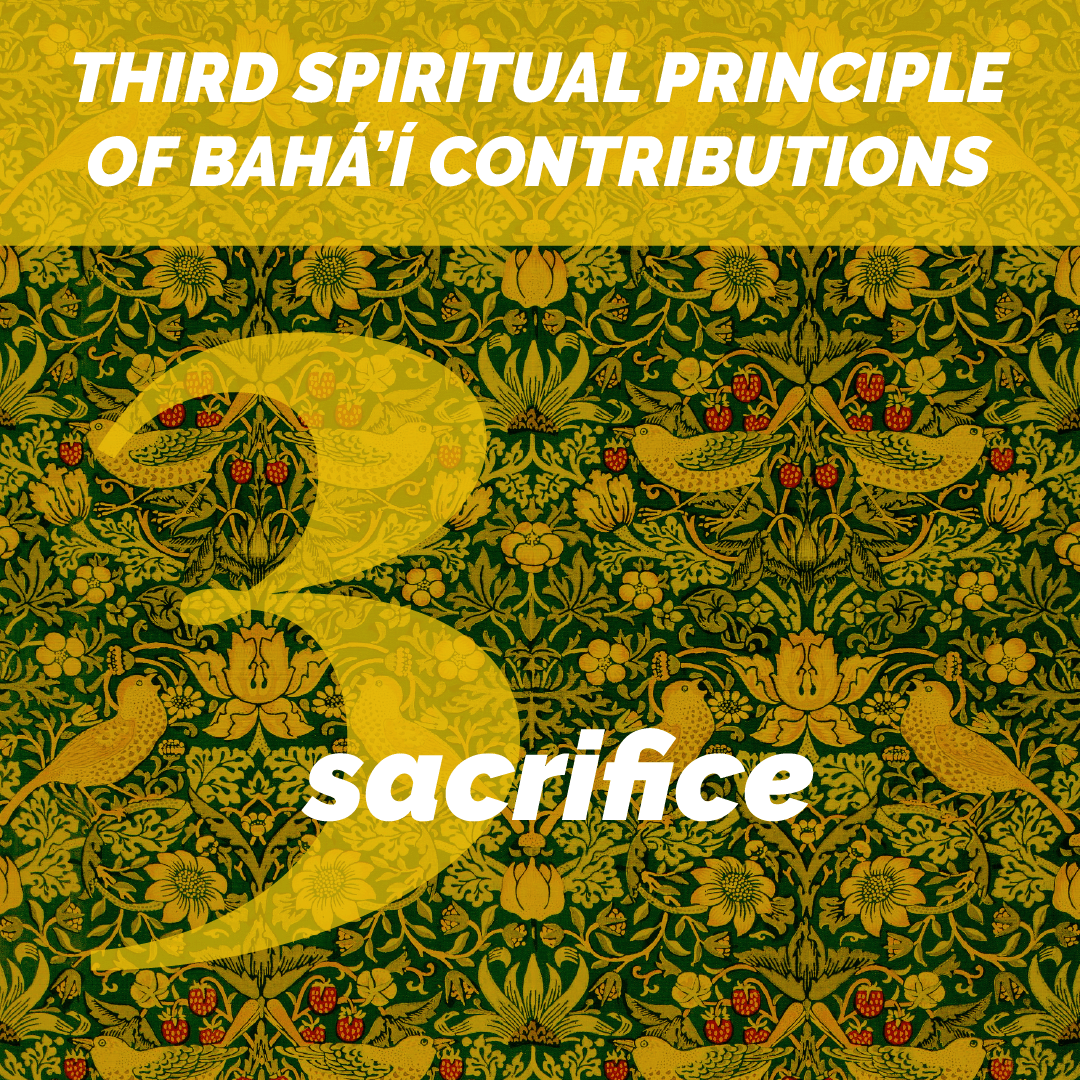
Background photo of textile pattern by Birmingham Museums Trust on Unsplash.
Another fundamental principle of contributing to the fund, repeatedly made clear by Shoghi Effendi was that the amount was less important than the actual principle of giving. Sacrifice in giving was more important than the strict amount. In the same letter of 25 October 1929, Shoghi Effendi explained this powerful concept in relation to contributions for the Mother Temple of the West:
It cannot be denied that the emanations of spiritual power and inspiration destined to radiate from the central Edifice of the Mashriqu’l-Adhkár will to a very large extent depend upon the range and variety of the contributing believers, as well as upon the nature and degree of self-abnegation which their unsolicited offerings will entail.
The Guardian also clarified a fourth, important principle of contributions: that individuals were free to earmark contributions, meaning they were free to specify where they wished their contribution to go, but that, in general, “contributions, free and frequent, by individuals and local Assemblies toward central fund for discretionary apportionment by National Assembly highly recommended."
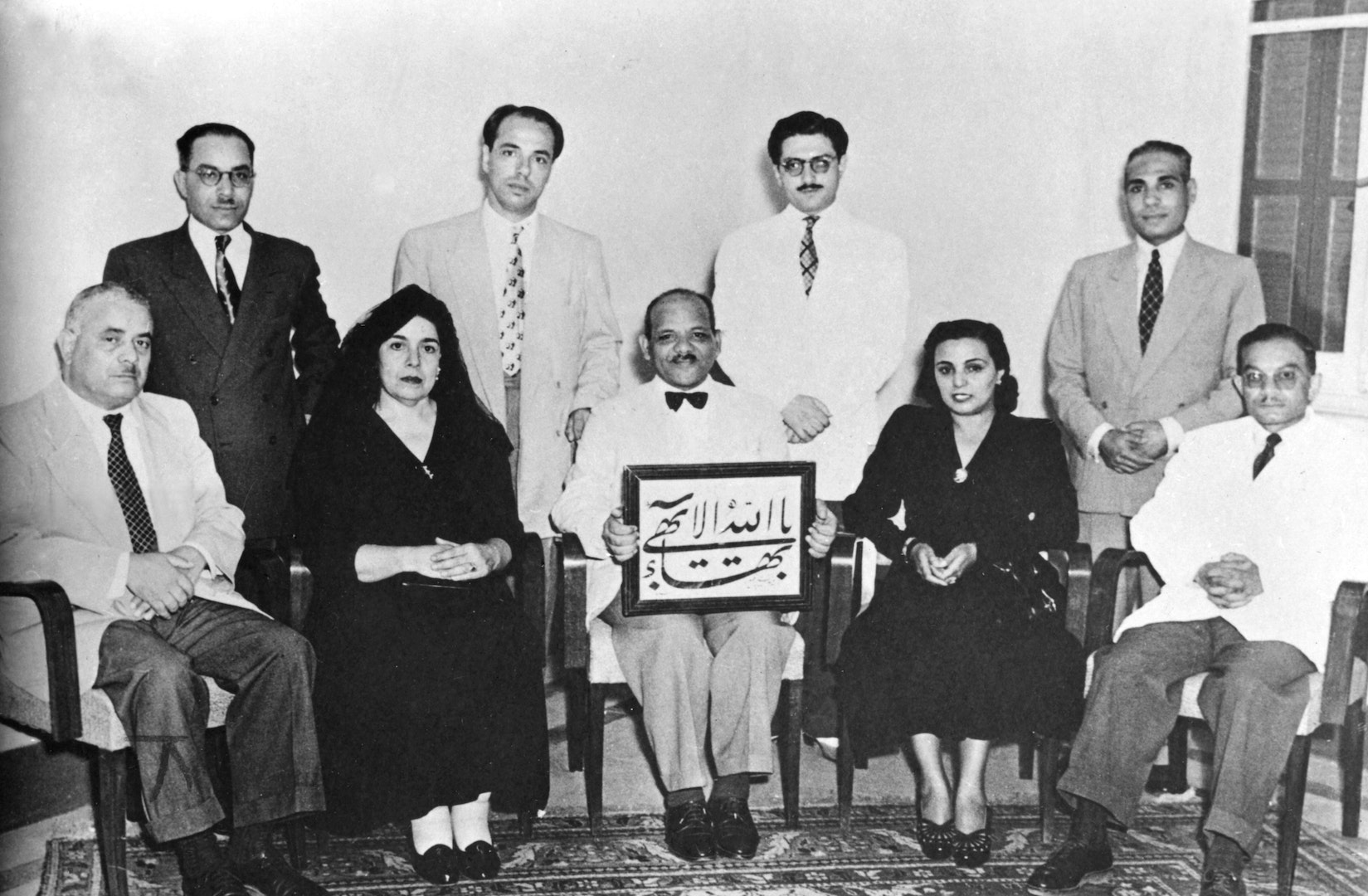
Local Spiritual Assembly of the Bahá'ís of Cairo, Egypt in. 1951. Source: Bahá'í Media Bank, © Bahá'í International Community 2023.
At the start of his ministry, the Guardian spent a great deal of time explaining to Assemblies how they should be elected, and the mechanics of a not only spiritual but fair and proper Bahá'í election.
Immediately after this, the Guardian’s earliest warnings and admonishments to all Assemblies were—as 'Abdu'l-Bahá’s had been before him—about maintaining unity, and eschewing disunity, backbiting, and division. The Guardian spoke about the World Order of Bahá'u'lláh, “whose watchword is unity.”
As early as 1923, the Guardian wrote to a local Assembly about the work of community building and described the important part unity played in it:
Full harmony and understanding among the friends, outside and within the Spiritual Assembly; implicit confidence on the part of the non-members in every decision passed by their elected representatives; and the determination of these to disregard their likes and dislikes and seek naught but the general interests of the Movement - these constitute the only and sure foundation upon which any constructive work can be built in future and prove serviceable to the interests of the Cause.
In 1925, he emphasized this further in a letter to a National Spiritual Assembly:
An active, united, and harmonious National Spiritual Assembly, properly and conscientiously elected, vigorously functioning, alert and conscious of its many and pressing responsibilities, in close and continuous contact with the international centre in the Holy Land, and keenly watchful of every development throughout the length and breadth of its ever-expanding field of work - is surely in this day of urgent necessity and paramount importance, for it is the cornerstone on which the edifice of Divine Administration must ultimately rest.
The Guardian was infinitely patient. These National Spiritual Assemblies and Local Spiritual Assemblies were infant institutions. They made many mistakes. Once, a National Assembly voted off one of its members, and the Guardian cabled them immediately that this could have "world-wide repercussions inflict irreparable injury Cause Bahá'u'lláh" and instructed that the individual’s membership be reinstated and the matter of any criticism dropped.
These institutions would greatly mature over the next three decades, under the loving, patient, and tender guidance of their Guardian.
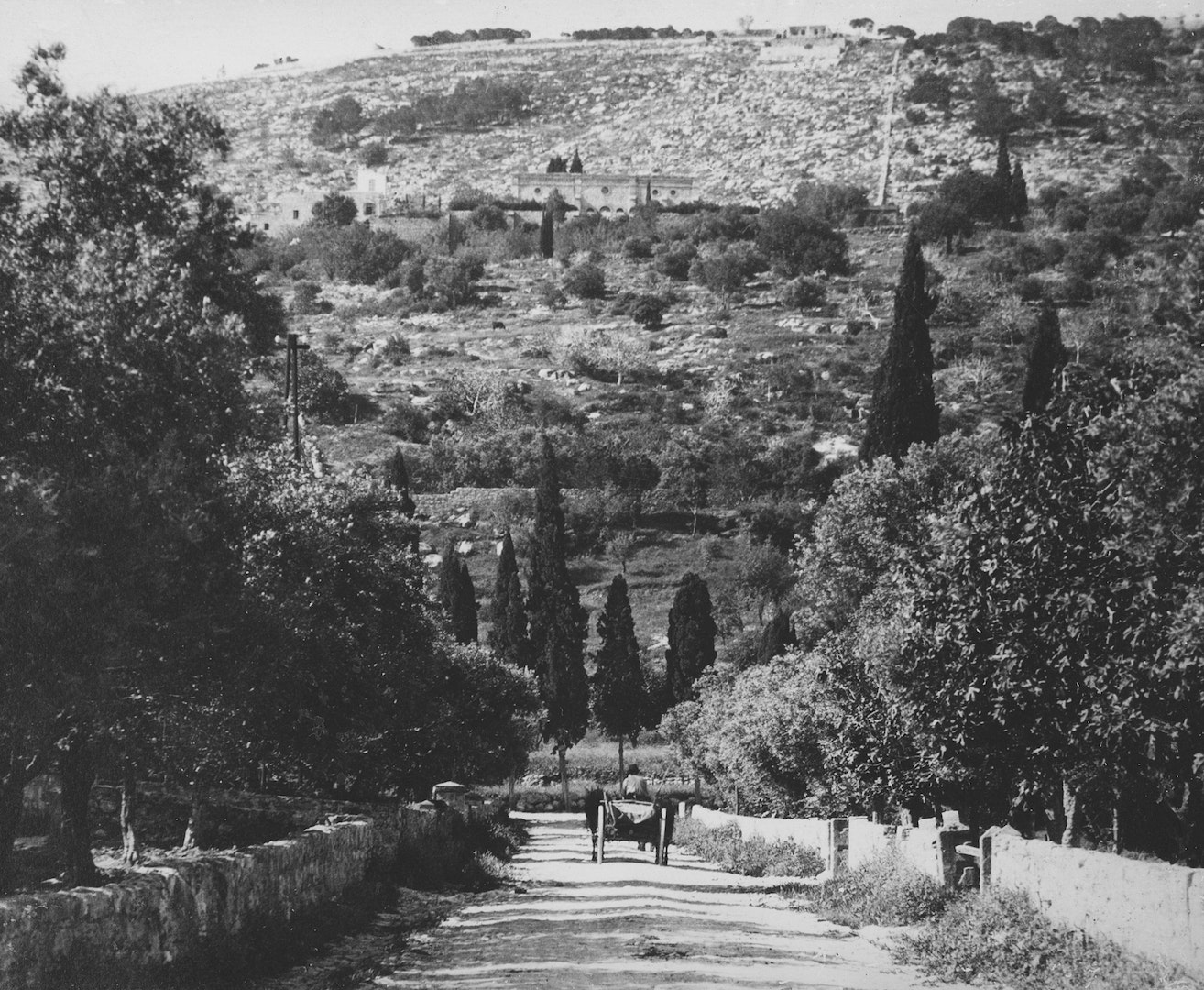
1905-1910 view of the Shrine of the Báb on Mount Carmel with the area that Shoghi Effendi carved into terraces. Source: Bahá'í Media Bank, © Bahá'í International Community 2023.
'Abdu'l-Bahá once spoke about his vivid, very clear and precise vision for the Shrine of the Báb:
The Shrine of the Báb will be constructed in the most exquisite fashion and will appear with the utmost beauty and magnificence. Terraces will be built from the bottom of the mountain to the top. Nine terraces from the bottom to the Shrine and nine terraces from the Shrine to the summit.
Probably because his Grandfather’s vision was so precise, the terraces of the Shrine of the Báb were the only aspect of the garden projects on Mount Carmel for which the Guardian, according to Rúḥíyyih Khánum, always had a firm, definite plan for. For everything else, the Guardian followed his inspiration and intuition, piece by piece, but the terraces were different. Shoghi Effendi considered them an integral part of the Shrine and pursued a definite vision from start to finish, from 1922 to 1951.
Beginning in 1923, when there was only one partial terrace the one around the Shrine, Shoghi Effendi single-mindedly set himself the goal of completing the remaining 8 lower terraces leading from the street upwards, from what is now Ben Gurion Avenue to the Shrine of the Báb.
Shoghi Effendi had insisted with his Great-Aunt, the Greatest Holy Leaf, that she receive a small sum of money as an inheritance from 'Abdu'l-Bahá. Bahíyyih Khánum had offered a large part of her inheritance to Shoghi Effendi in order to pay for the expense of building the next terrace below the Shrine of the Báb, and as her contribution to the fulfillment of her Brother’s vision.
By 1925, thanks to the Greatest Holy Leaf’s gift, Shoghi Effendi was carving terraces out of Mount Carmel, below the Shrine of the Báb.
An American Bahá'í gave a vivid description of the terraces in a letter published in the Star of the West issue of July 1929:
There are nine terraces with steps leading from one to the other. All the walks and paths are strikingly red; that is, they are evidently constructed of tiling reduced to a fine gravel consistency. Each path or walk is bordered with small red plants; inside that another border of taller plants with green leaves; while within this enclosure there is beautiful green grass—a rare thing in the Holy Land; and then again more of the tiny red and green plants arranged in designs reminding one of an exquisite Persian rug. There are also many palms and curious trees the names of which I do not know. Then there are pomegranate and orange trees, and a very distinctive group belonging to the cedar variety. We have heard so often of how ’Abdu’l-Bahá used to sit under these trees and write many of His sacred Tablets.
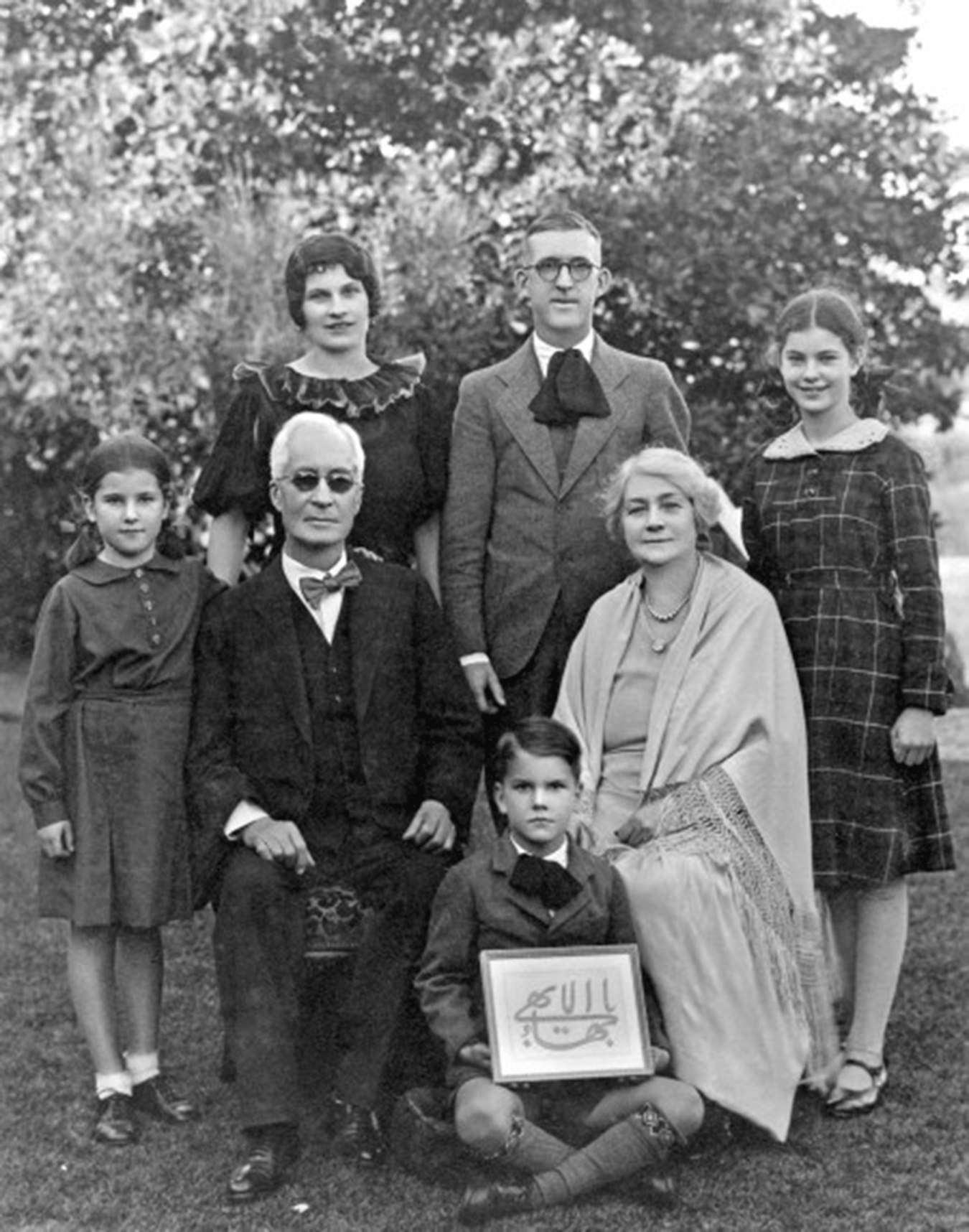
Clara and Hyde Dunn in Australia. Source: Bahá'í Blog.
Nothing made the Guardian happier than the Bahá'ís' success in the teaching field, particularly when good news traveled across the planet to reach him in Haifa.
In 1923, the Dunns received an immensely encouraging letter from Shoghi Effendi regarding their efforts in faraway Australia:
What an encouragement and what an inspiration to be revived every now and then with a fresh breeze wafting from far away Australia and laden with a perfume of your love and devotion for His Sacred Cause. A thousand times well done, my dearly beloved ones! Your warmth, your perseverance, your confidence, your faith, will, I am certain, establish our precious Cause in the very heart of that continent which in future will ring with the Greatest Name and extol the glorious self-sacrificing labours of you who are the pioneers of His Cause in those far away regions. Your reward will be unexpectedly great and your efforts will be richly recompensed by ‘Abdu’l-Bahá Himself in the world to come. Your true brother, Shoghi
Shoghi Effendi would later write that the names of Hyde and Clara Dunn, Father and Mother Dunn, were "graven in letters of gold" upon his heart.
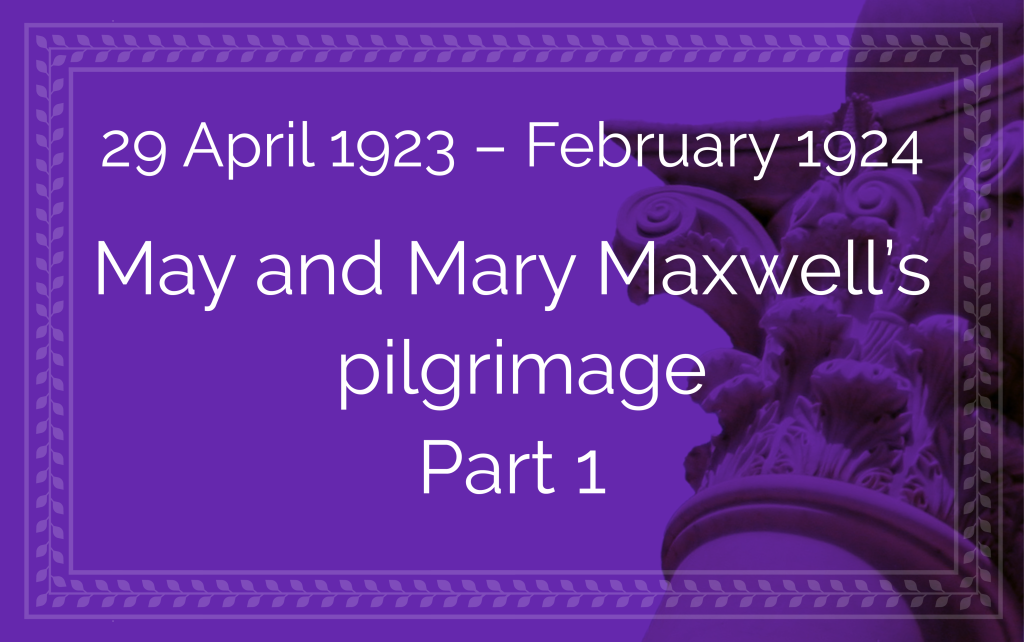
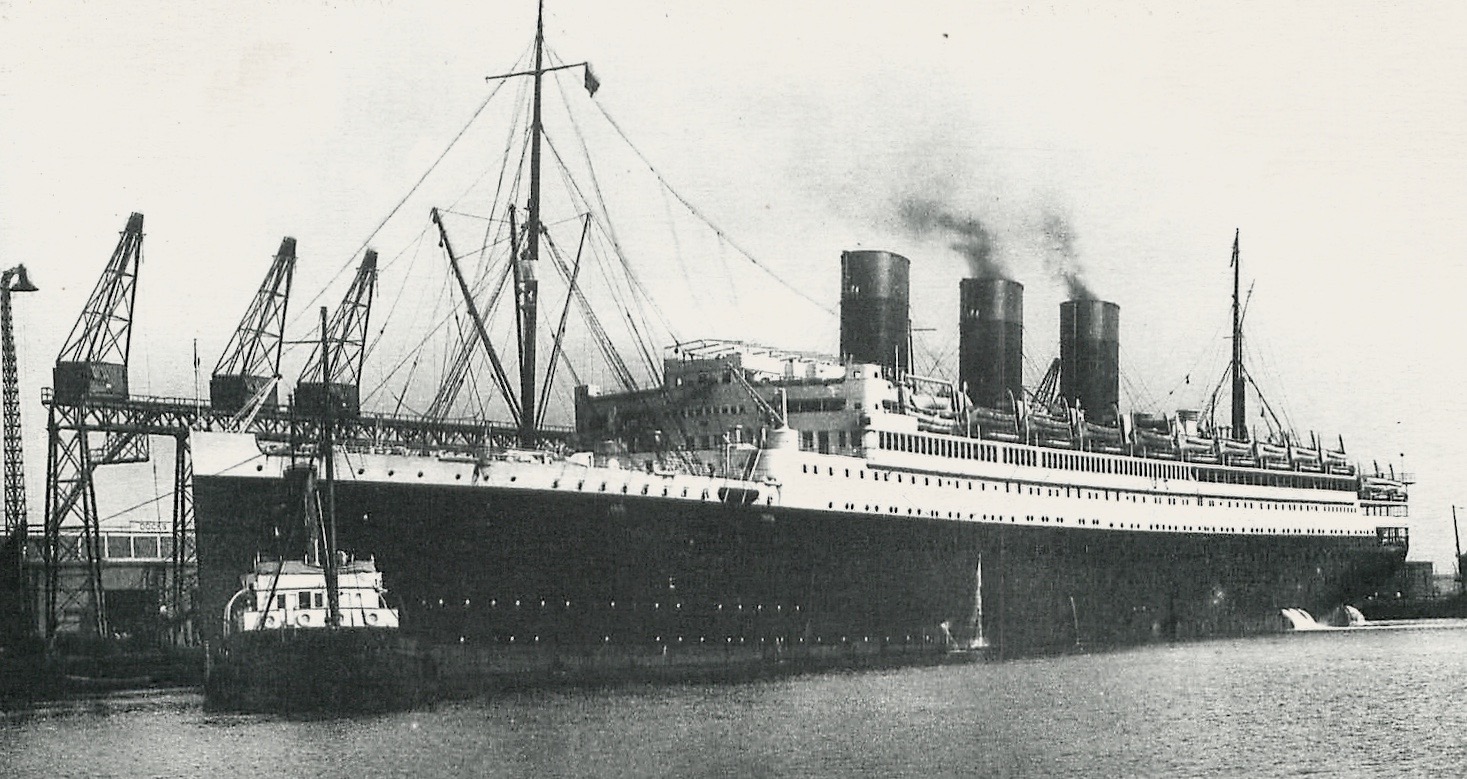
The French liner S. S. Paris, on which May and Mary Maxwell crossed the Atlantic Ocean, leaving New York on 7 March 1923 en route to pilgrimage: Source: Wikimedia Commons.
May Maxwell was a spiritual giant, she had helped convert several new believers, Charles Mason Remey, Hippolyte and Laura Dreyfus-Barney Thomas Breakwell and Juliet Thompson to the Faith, and was part of the first, historic contingent of pilgrims ever to come to 'Akká in December 1898.
The death of 'Abdu'l-Bahá deeply affected May, whose health had always been extremely fragile, and she was inconsolable. She was now confined to a wheelchair, but still, in her weakened state, she made the long trip from Canada to the Holy Land, traveling very slowly over the course of two months, with her 12-year-old daughter, Mary. They arrived on 29 April 1923, and they would leave over a year later, with a long break in between.
Arriving for her very first pilgrimage in Haifa, the young Mary Maxwell discovered with profound delight the Guardian’s utmost kindness and described eloquently years later:
A Queen or a beggar woman would be met with the same loving sweetness. Indeed it was this divine normality that really confirmed me here as a little girl of twelve years.
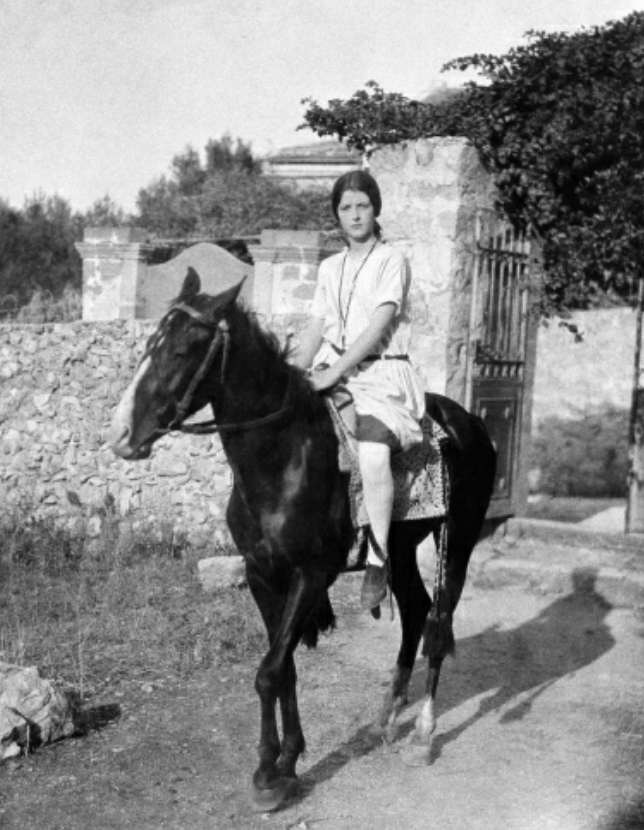
Mary Maxwell, age 12, riding ‘Petty’ in front of the Western Bahá’í Pilgrim House, Haifa, 1923. Source: The Maxwells of Montreal: Middle Years 1923-1937 Late Years 1937-1952. Violette Nakhjavani, Kindle Edition, Location 150.
Mary Maxwell, Shoghi Effendi’s future wife, was 12 years old in 1923, and it was her first pilgrimage, and the first time she met Shoghi Effendi was deeply embarrassing for her.
May Maxwell was in bed, resting in her room. Her nights were mostly sleepless, she had suffered from insomnia on the voyage to the Holy Land and her nerves were very delicate. Mary had learned from a young age to protect her adored mother’s rest at all cost from any intrusion.
Mary was in the hallway of the Pilgrim House when the door suddenly opened and a young man stepped in, with a swift, deft movement, and asked if he could see Mrs. Maxwell. Mary was only 12 but she was already fully-grown, so she pulled herself up to her full height, looked at the young man squarely in the eyes, and, with considerable dignity and self-assurance, she said:
Mrs. Maxwell is resting; who is it who wants to see her?
The young man meekly replied:
I am Shoghi Effendi.
Mary gasped, turned around and ran straight into her mother’s bedroom, stuck her head under the pillows, in her words “like a puppy,” and woke her mother up. When he mother asked what on earth was the matter, Mary pointed to the door, gasped before burying her head further in the pillows:
Her mother asked her what the matter was, and poor Mary could point to the door and stammer:
He—he—is—there!
Once May Maxwell had figured out Shoghi Effendi had come to call on her, she ordered Mary:
Now, Mary, pull yourself together and go tell him I am coming.
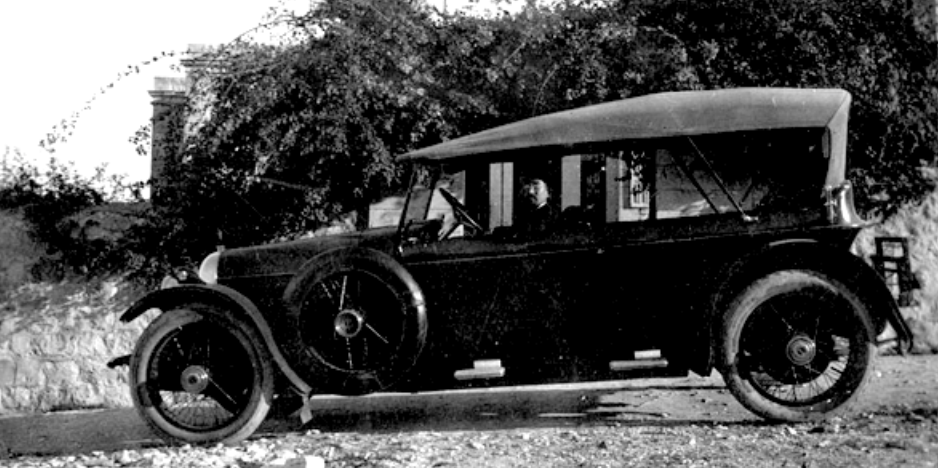
'Abdu'l-Bahá's Cunningham automobile, the 7-passenger touring car gifted by Ella Goodall, with Saichiro Fujita behind the wheel. Mary Maxwell sat on the folded back soft-top cover on the way back from Bahjí to Haifa. Source: 239 Days.
In the evening of 28 May 1923, the Guardian, pilgrims and resident Bahá'ís commemorated the Ascension of Bahá'u'lláh at Bahjí and stayed overnight. On the morning of 29 May 1923, Shoghi Effendi, May and Mary Maxwell and other pilgrims drove back in the Guardian’s car from 'Akká to Haifa and Mary Maxwell insisted on sitting up on the edge of the folded-back top of the touring car instead of safely in the seat.
Shoghi Effendi protested Mary’s reckless decision and warned her not to fall out. Mary assured the Guardian she would not fall out. Rúḥíyyih Khánum remembered her state of mind, that dawn morning on 29 May 1923:
I was too intoxicated with the morning and all the bounties showered upon me to be afraid.
In 1923 there was no road connecting 'Akká and Haifa, so the Guardian’s car drove on the crescent-shaped beach between the two cities, staying on a wet strip of sand between the Mediterranean Sea and the sand dunes. Rúḥíyyih Khánum describes this enchanting morning and the Guardian’s words about his love of natural beauty:
Hundreds of little white crabs fled before the car for the safety of their holes in a never-ending ripple before us. The sun had just risen the whole world was fresh and rosy and clean. Shoghi Effendi began to tell me about how much he longed to see the Rocky Mountains in Canada, and of his love for mountains and mountaineering. He always followed with the keenest interest, till the end of his life, any account of the assaults made on Mr. Everest. His love of scenic beauty was very great and if he had been a free individual I am sure much of his time would have been spent in visiting the natural wonder spots of the world.
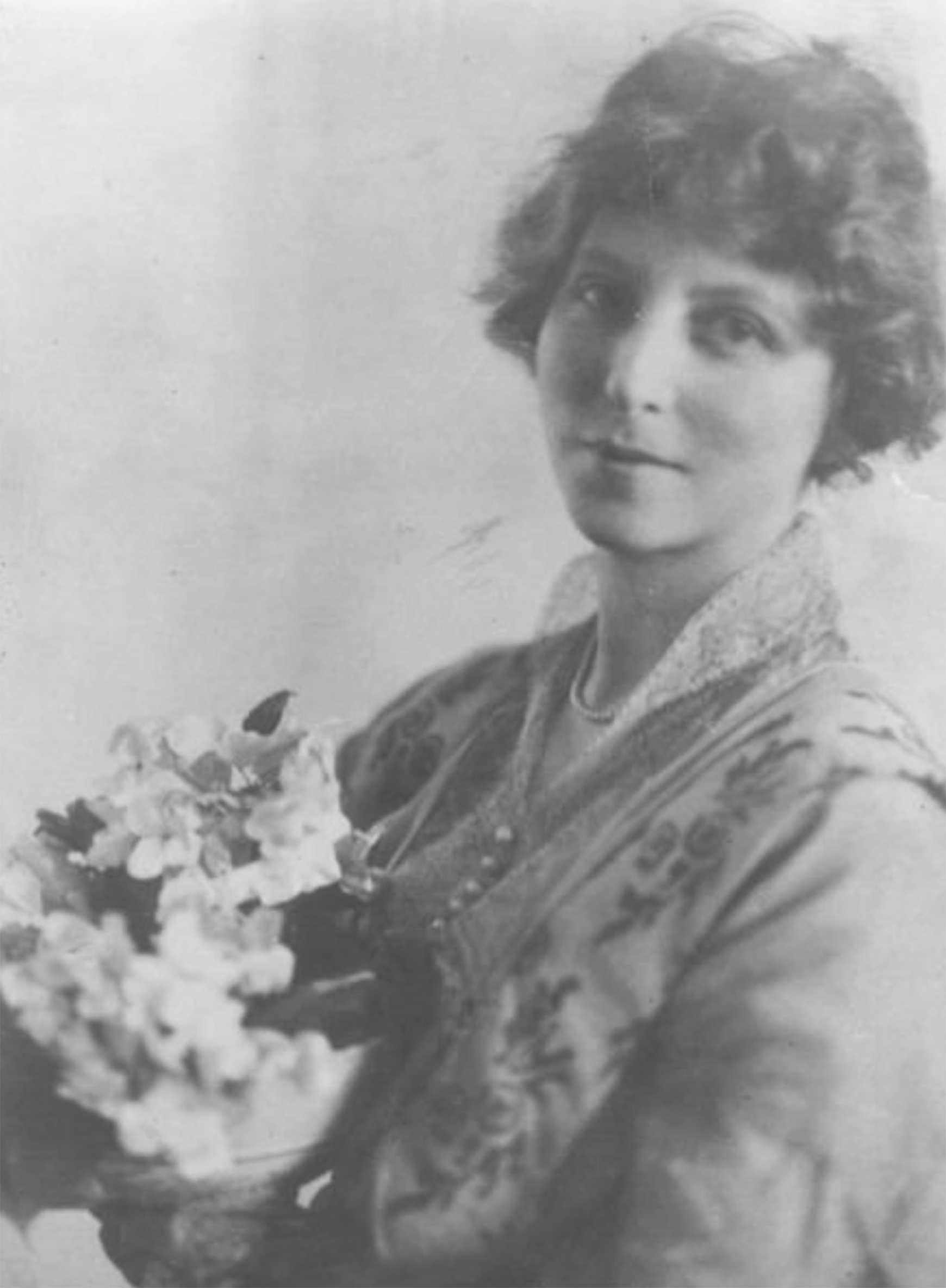
May Maxwell in her youth. Source: Alchetron.
May Maxwell was so devastated by the sudden, unexpected passing of 'Abdu'l-Bahá that she nearly died. William Sutherland Maxwell had instinctively known that Shoghi Effendi was the only one who could help her, and she arrived on pilgrimage in a state of depression, ill health, and emotional turmoil.
Day after Day the Guardian helped her as she was struggling with her insurmountable guilt, helping her and giving her comfort as he himself was reeling from the shock of losing his beloved Grandfather. Shoghi Effendi tried to lift May’s spirits, to fill her heart with hope, and chase away the dark thoughts from her mind. May was not only physically ill during her pilgrimage in 1923, she was also spiritually ill, and agonizing over the fact that 'Abdu'l-Bahá was gone and she would never see Him again.
Shoghi Effendi told May Maxwell that her depression was the result of her serious illness, and that when she was physically weak, she was more prone to spiritual weakness. Shoghi Effendi was her spiritual physician, what made her suffer the most was her depression and gently reminded her that her negative thoughts affected her spiritual powers, but even the Guardian knew that only the Faith could provide the help May Maxwell needed to recover completely and heal her soul and he counseled her to throw herself into service to the Faith and teach the Cause.
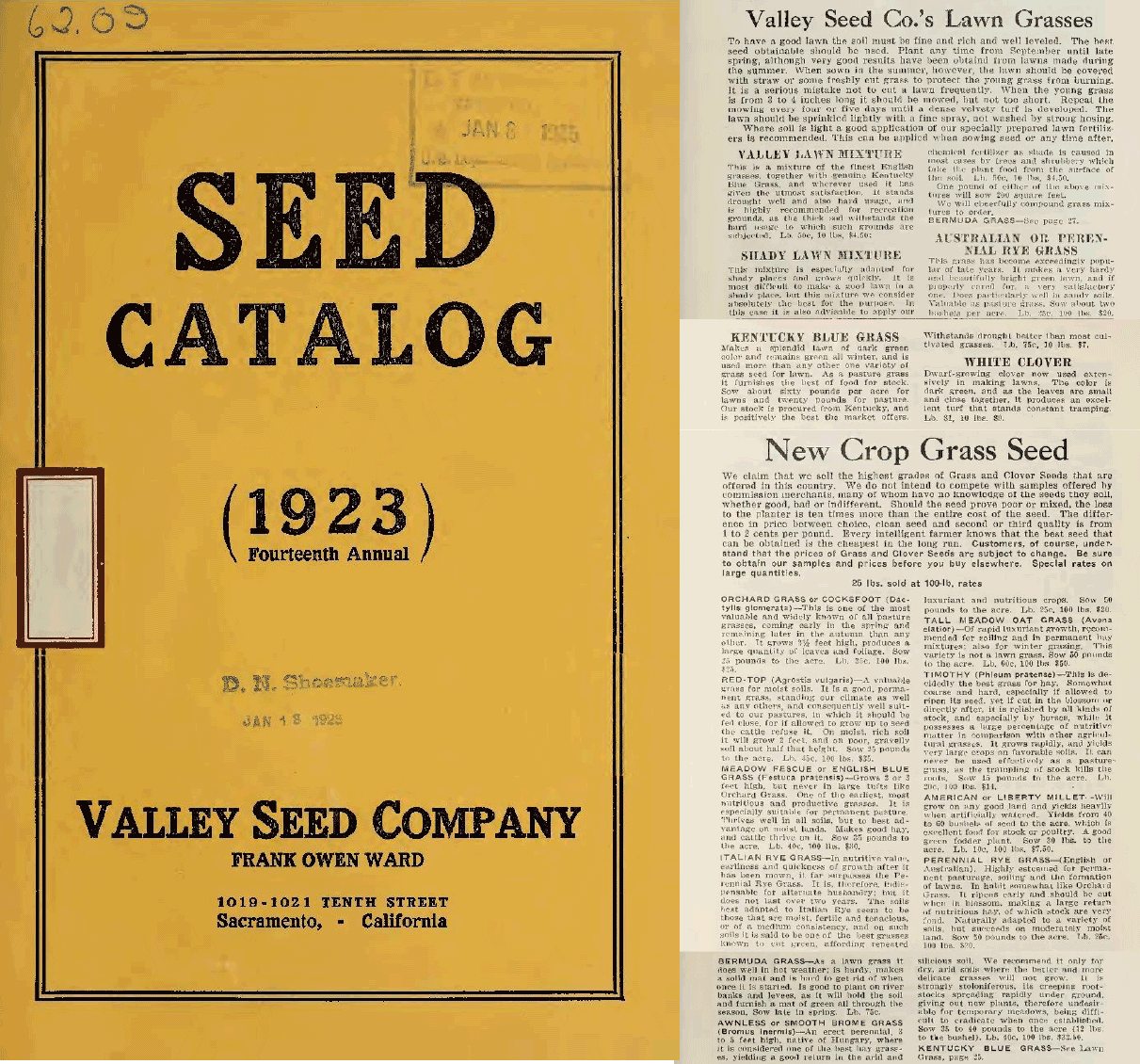
Valley Seed Company’s 14th annual seed catalog for 1923. Cover the catalog and all pages relating to grass seeds. Source: Wikimedia Commons.
Shoghi Effendi always did things immediately, and he expected this level of commitment from all his coworkers, Bahá'ís and non-Bahá'ís.
One of his projects in the Spring of 1923 was to install beautiful lawns for the Shrine of the Báb and other properties, and for this, he needed high-quality seeds.
In May 1923, Shoghi Effendi cabled an old Bahá'í friend in Paris:
What of our lawn project?
The person did not answer back. Ten days later, Shoghi Effendi—would never, ever give up—cabled again:
Letter still unanswered. What of lawn seeds?
Eventually, Shoghi Effendi received the seeds, but they weren’t satisfactory, and so the lawn project would be revisited after Shoghi Effendi’s summer trip.
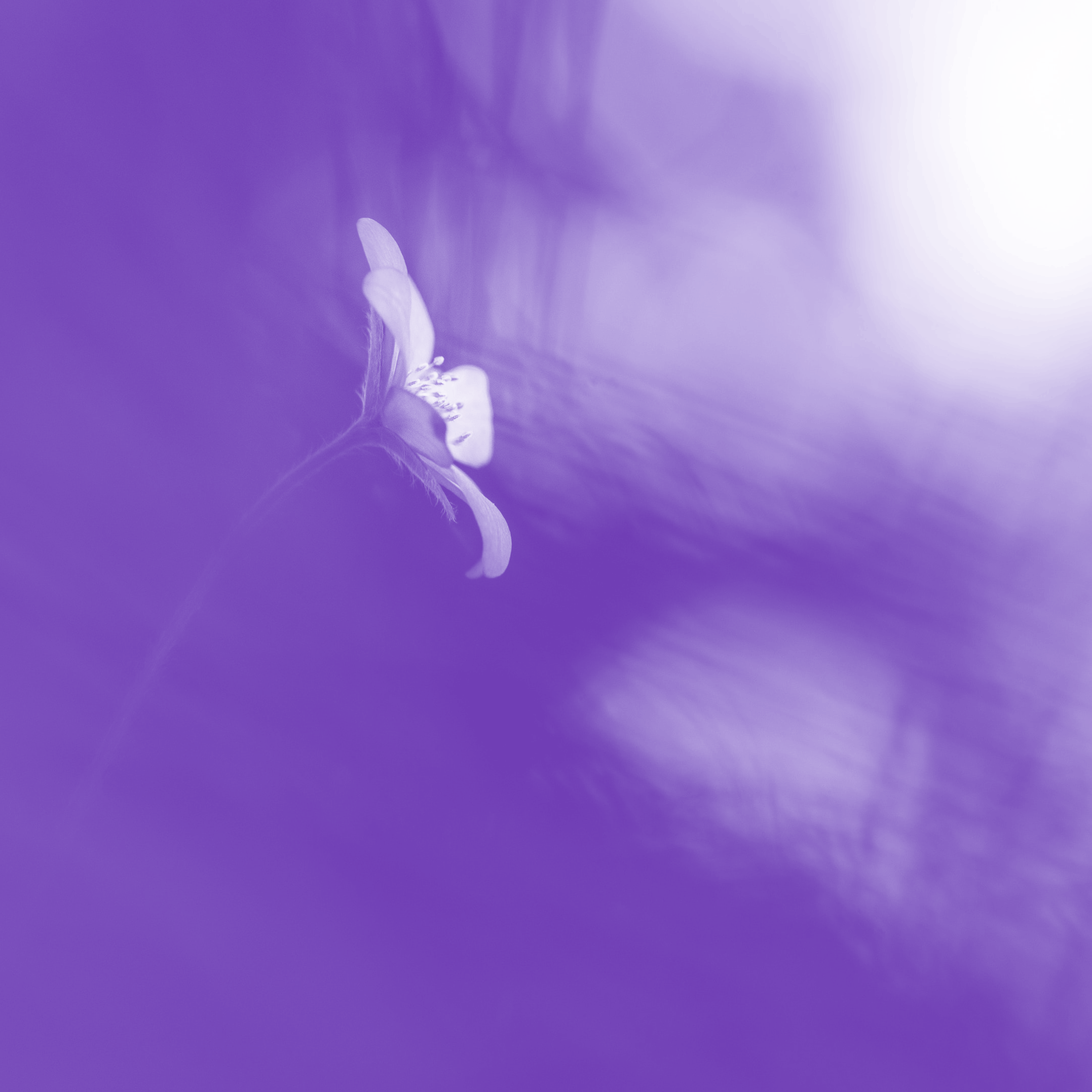
The Greatest Holy Leaf’s anguish. Original image: andreas kretschmer on Unsplash.
During May and Mary Maxwell’s pilgrimage, Mary witnessed an event that not only showed her the depth of the Greatest Holy Leaf’s love for the Guardian, but stayed with her for decades afterwards.
One day while they were in Haifa, there was a large meeting for Bahá'í men in the downstairs central hall of 'Abdu'l-Bahá’s home.
Mary had gone to rejoin the women and Bahíyyih Khánum in an adjoining room that opened onto the hall. They were sitting in the dark so they could leave the door open and hear what was happening. It was the custom at the time, that men and women attended different meetings.
A Persian Bahá'í, utterly overcome with emotion had apparently gotten up and thrown himself at Shoghi Effendi’s feet. The Greatest Holy Leaf could not see what had happened, but she heard a great commotion in the next room.
Although she was already elderly and frail, the Greatest Holy Leaf, overtaken, her heart screaming out in pain, jumped out of her chair with a loud cry. She was in anguish that something might just have happened to the Guardian.
She could only be calmed once someone entered the room and reassured her that her beloved Guardian was safe and sound.
The Greatest Holy Leaf worried constantly about her beloved Shoghi Effendi, no matter how her health declined and she got weaker, those limitations never diminished the passion and ardor of her love for her grand-nephew, and her devotion and dedication to her beloved Guardian.
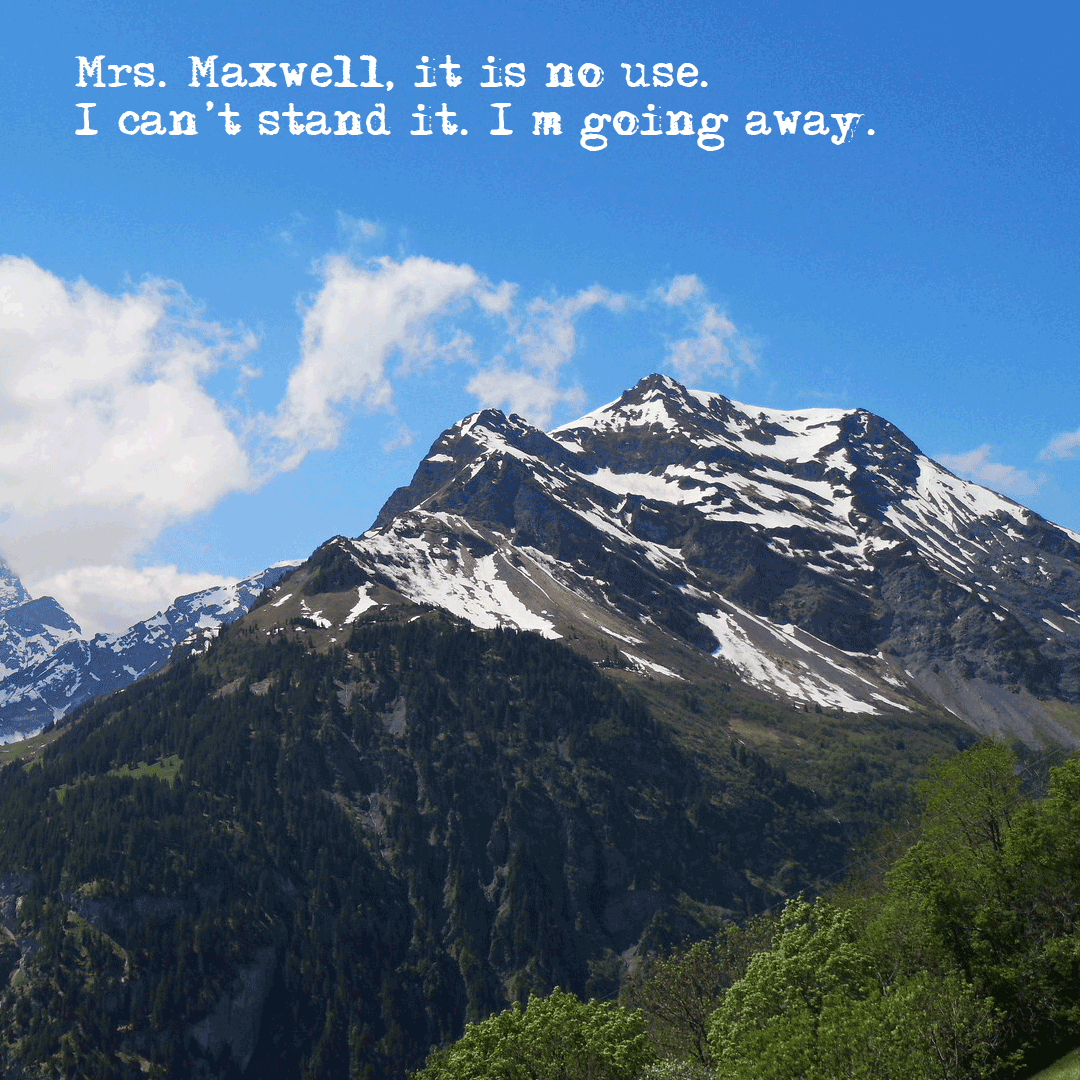
“Mrs. Maxwell, it is no use. I can’t stand it. I’m going away.” Col de Klausen, Klausen Pass. Switzerland Alps. Source: Flickr (public domain).
By May 1923, the Guardian had been broken beyond his ability to regain strength in Haifa, and needed to leave.
The Covenant-breakers had seized the keys to the Shrine of Bahá'u'lláh, In Egypt, Avárih had begun his Covenant-breaking activities, and his dark-hearted companion Fa’iq had founded the “Scientific Society,” an alternative to the Administrative Order of the Faith.
'Abdu'l-Bahá had prepared Shoghi Effendi for the attacks and defection of the Covenant-breakers in His Will and Testament, but so much mischief and so much opposition as Shoghi Effendi was still dealing with the unexpected passing of 'Abdu'l-Bahá was too much for him and he had reached a stage of burn-out he would reach nearly once a year during his ministry because not only of the Covenant-breaking, but all the pressures and responsibilities impossible to delegate to anyone, which rested on his shoulders alone.
Shoghi Effendi was 24 years old. A few months ago, he had been just another student in Oxford, and now, the weight of the world was on his shoulders, and he was being attacked from all sides.
His alone was the responsibility to excommunicate the Covenant-breakers, and safeguard the flock of the believers from the prowling wolves.
His alone was the responsibility to protect the Faith at all costs.
As he was preparing to leave for rest and recuperation in Switzerland in June 1923, it was most probably sometime in May that Shoghi Effendi called May and Mary Maxwell to his bedroom, so he could speak to them.
They arrived, shocked to find Shoghi Effendi prostrated and heart-broken, in bed, and unable to even get up. He was unshaven with huge dark circles under his eyes that seemed to take over his face.
Shoghi Effendi told May:
Mrs. Maxwell, it is no use. I can’t stand it. I’m going away.
Before leaving, Shoghi Effendi suggested that May and Mary travel to Egypt during the time he was absent from the Holy Land.
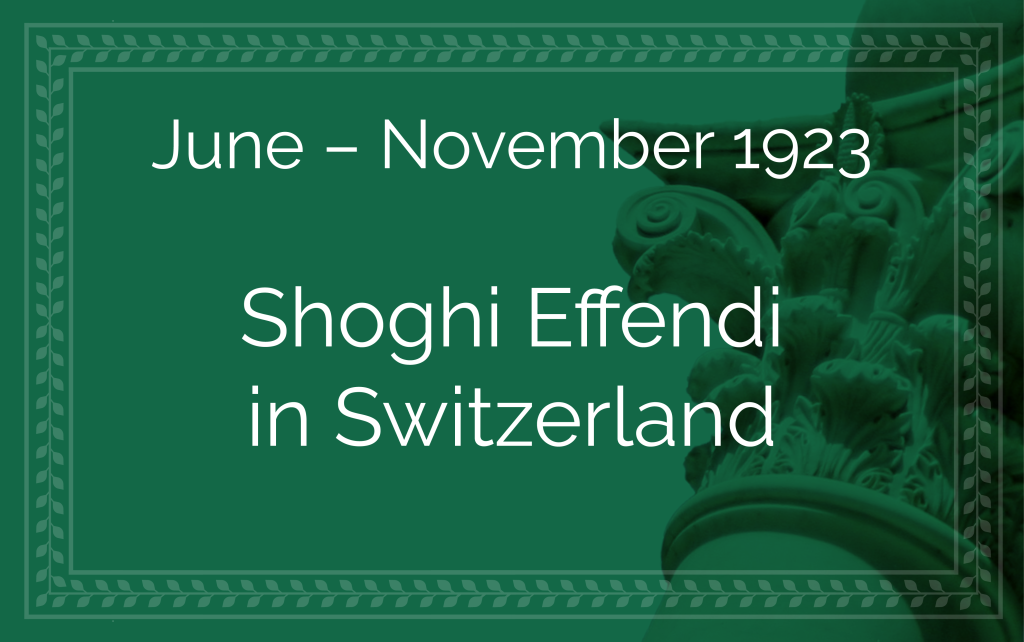
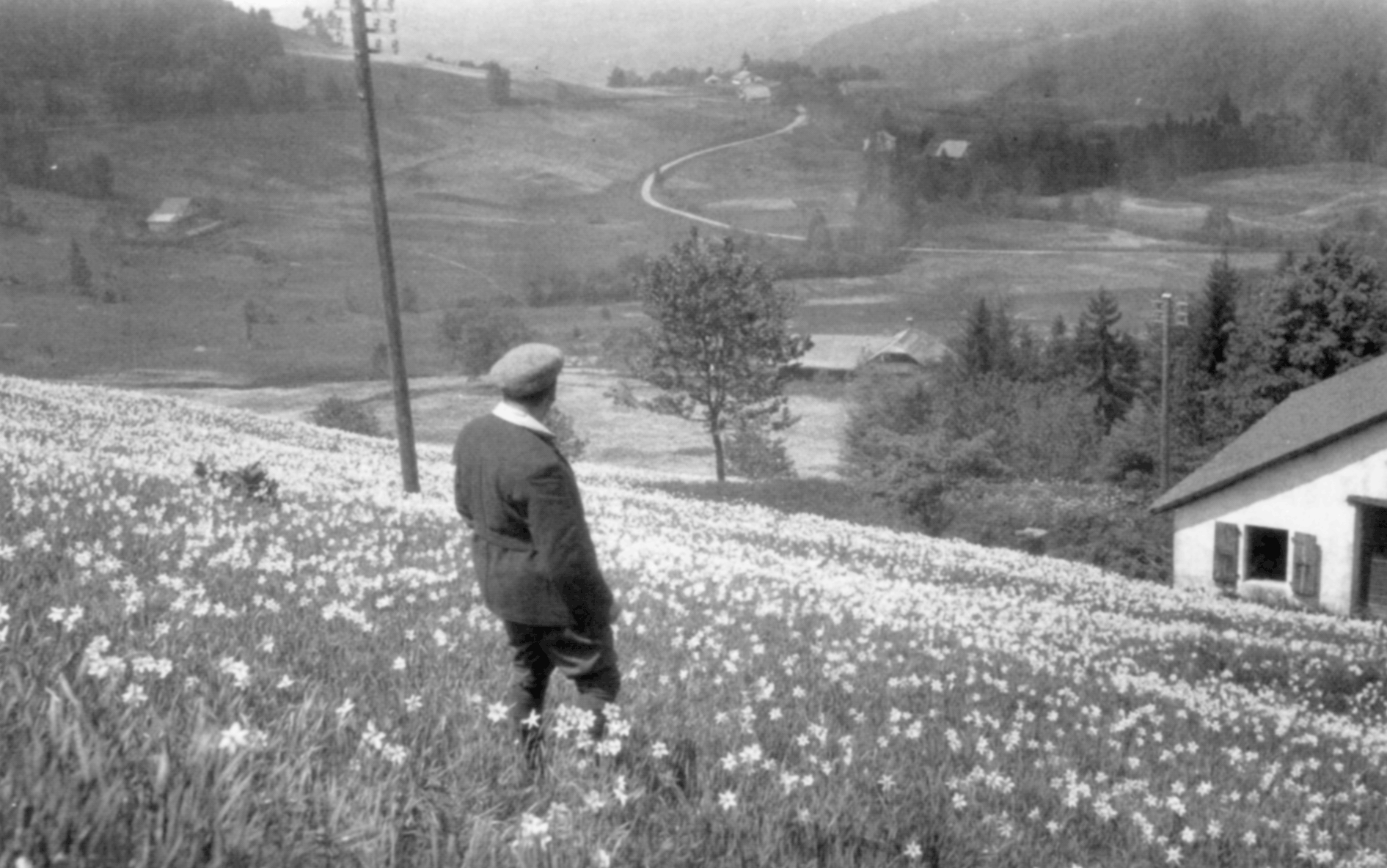
Shoghi Effendi walking through a field of narcissus in Switzerland above Lake Geneva. Source: The Priceless Pearl.
Shoghi Effendi was once again torn apart by the implacable demands of his station, and had been ground down, something he shared in his letters, writing "the storm and stress that have agitated my life,” “ill-health and physical exhaustion,” “bitter with feelings of anxiety and gloom.”
From June to November 1923, Shoghi Effendi retired to Mr. Hauser’s cabin in Interlaken, and sought to rebuilt his strength and health by seeking solace in the solitude of endless mountain hikes. Shoghi Effendi marked a complete break with his work in this retreat and cut off all communications with the Holy Land. He fled into the wilderness, soul-searching and communing with himself and his destiny, seeking to find the strength to return to what was waiting for him in the Holy Land.
These months in Switzerland were deeply meaningful to Shoghi Effendi, not just for the beauty of the scenery but because he loved Mr. Hauser deeply, and considered him a close friend.
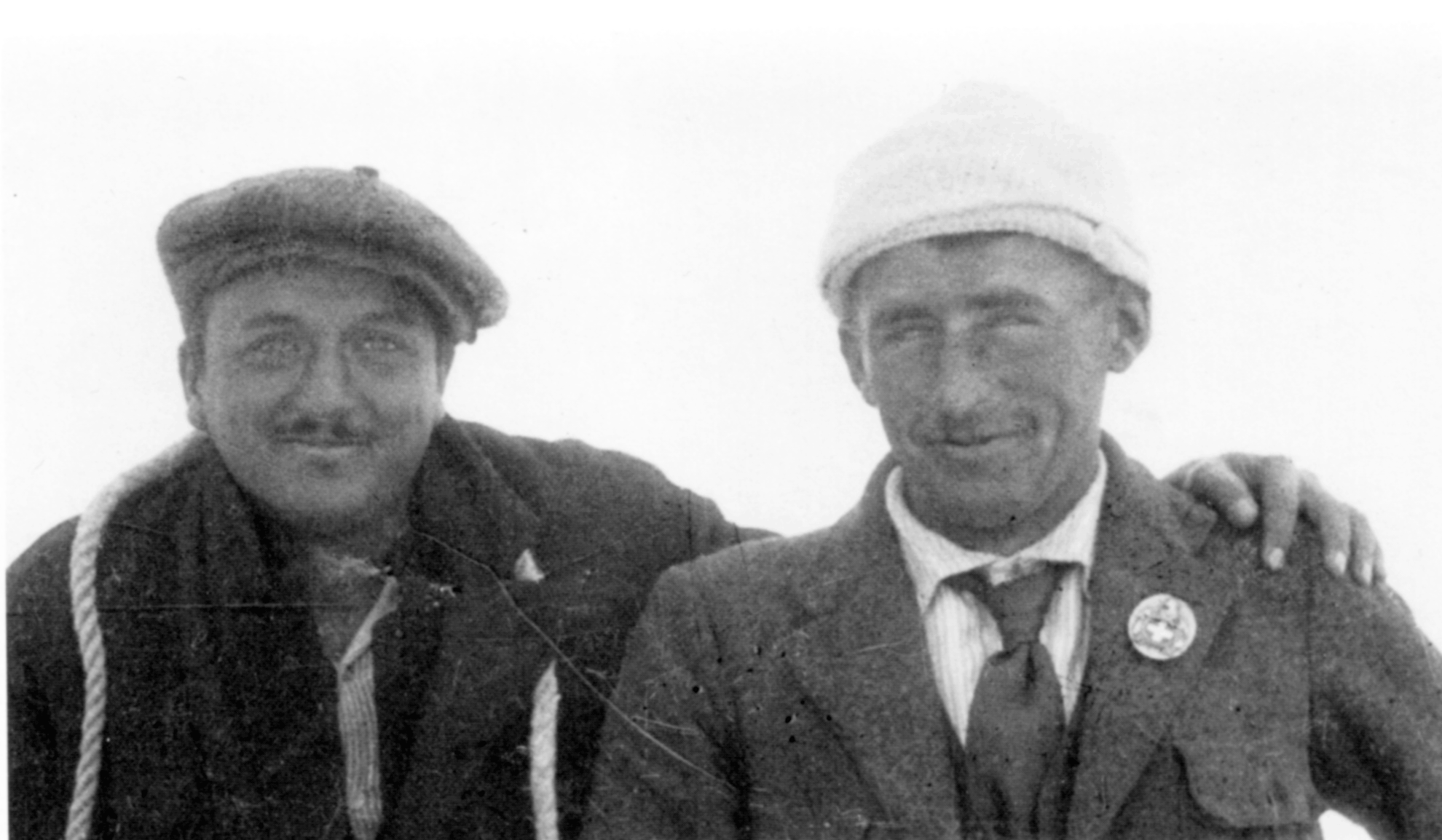
“Shoghi Effendi and his guide”: A very happy young Guardian on top of a Swiss Alp with his guide; Shoghi Effendi carried his camera with him no doubt a member of the climb took this photograph. Source: The Priceless Pearl.
After his summer 1923 stay, Shoghi Effendi wrote to his friend from Haifa on 22 December 1923:
Dear Mr. Hauser,
I have received your kind card and the mere view of the Jungfrau, with the admirably depicted town of Interlaken awoke in me the unforgettable memory of your friendliness, kindness and hospitality during my delightful sojourn with you.
All this I shall never forget and I shall treasure always this memory with a feeling of tenderness and gratitude.
I am sending you a few postage stamps which I hope will interest you.
I wish you from all my heart, dear Mr. Hauser, a happy New Year and a long, prosperous and happy life.
Hoping to see you again, and never forgetting you,
Your very devoted
Shoghi
Shoghi Effendi’s 1923 retreat to Switzerland marked the last time he cut off contact with the activities at the World Center. From this point forward, whenever he traveled to Switzerland, he would maintain some sort of regular contact.
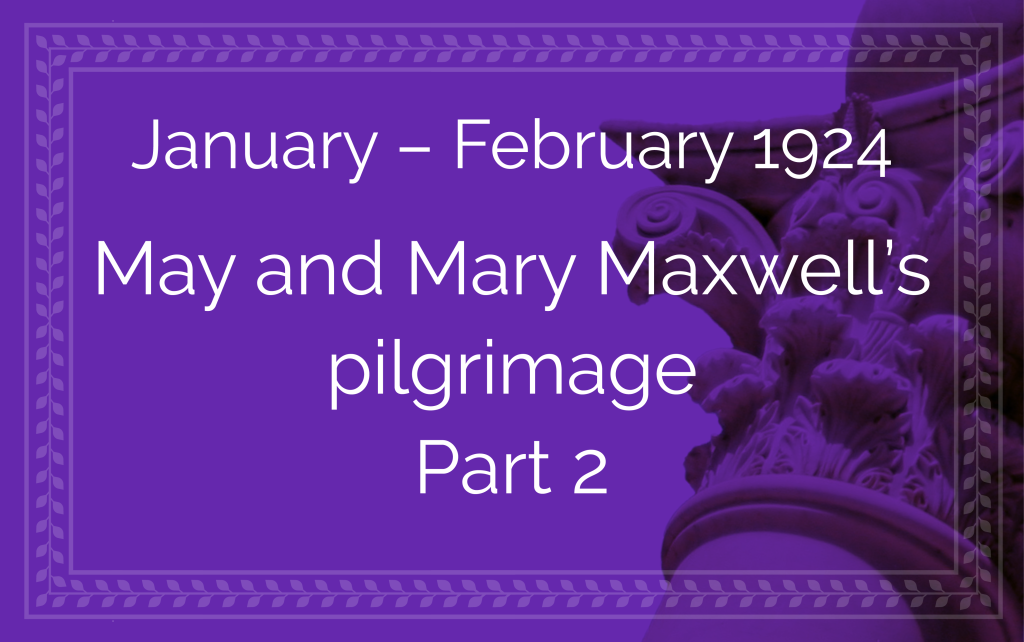
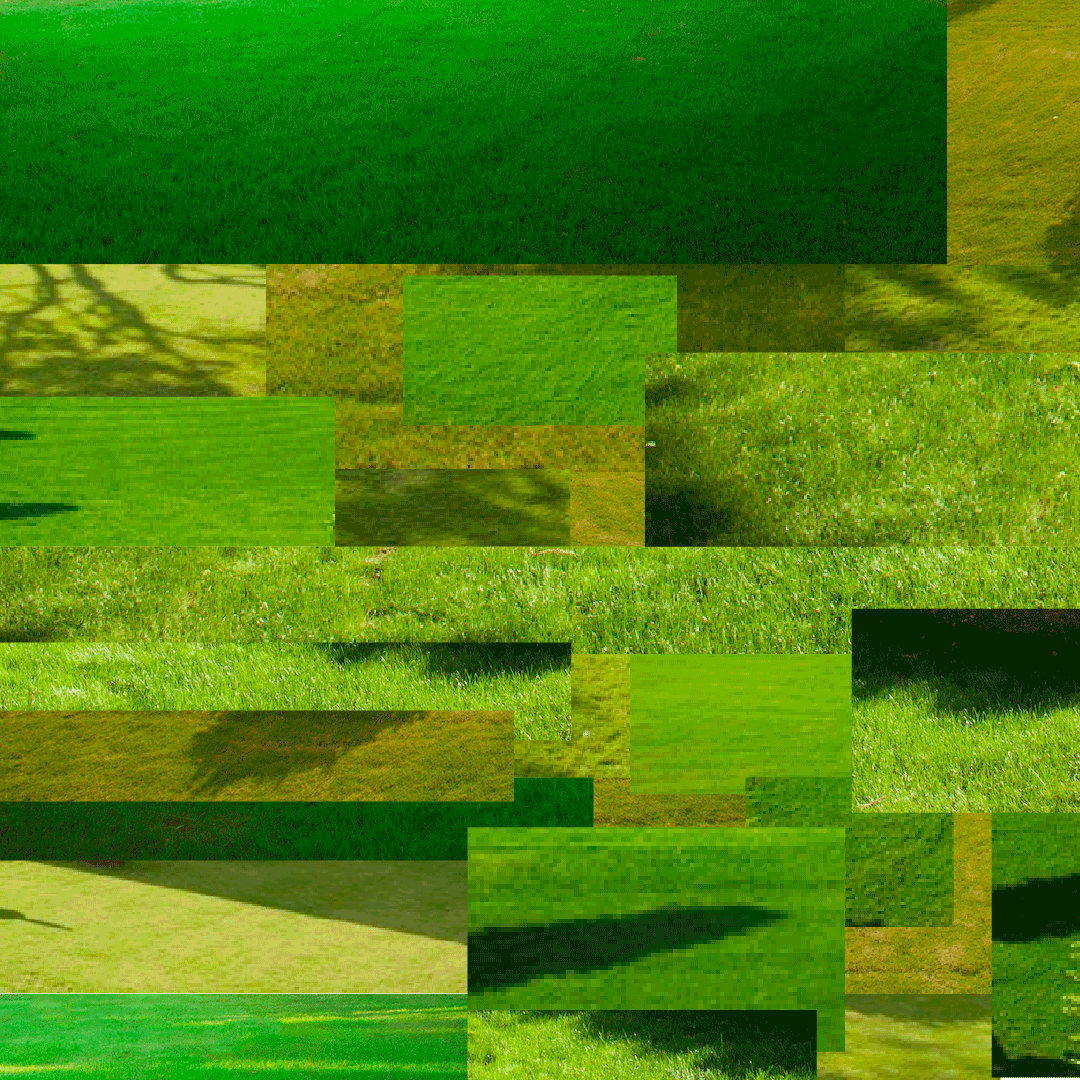
Shoghi Effendi’s lawns: photomontage of lawns from the Shrine of the Báb, Shrine of Bahá'u'lláh, Bahjí olive gardens, the Western Pilgrim House at 10 Haparsim, the Monument Gardens, and the terraces of the Shrine of the Báb on Mount Carmel. Source: Bahá'í Media Bank: Buildings and Places, © Bahá'í International Community 2023.
The French lawn seeds were not to Shoghi Effendi’s satisfaction, and so, upon returning to the Holy Land from Switzerland in the autumn of 1923, Shoghi Effendi embarked on a lawn campaign. He wanted lawns for the Shrine of the Báb.
'Abdu'l-Bahá’s veteran gardener narrow-mindedly insisted to Shoghi Effendi that lawns simply would not grow in Palestine. But when Shoghi Effendi wanted something, nothing could detract him from his goal, indeed, that is how he accomplished every insurmountable task and won every victory in his ministry.
On 29 September 1923, Shoghi Effendi wrote to one of his cousins in Egypt:
Our grass seeds apparently unsatisfactory. Can you send me thirty kilos of best quality seeds available Egypt and suitable to our climate with particulars.
One week later, in early November, his cousin replied something that was incomprehensible to Shoghi Effendi who immediately cabled back:
Surprised. Explain please by mail
The letter Shoghi Effendi received made no sense, once again and Shoghi Effendi reacted by pivoting in a stunning example of how he solved problems: he gave up dealing with Bahá'í friends and relatives, and instead, contacted seed firms directly.
On 18 December 1923, Shoghi Effendi wrote directly himself, to four different nurseries and seed wholesalers, one in France and three in England, and ordered straight from them everything he needed: grass seeds, flower seeds, bulbs and cuttings, adding that he was "awaiting eagerly" their reply!
Shoghi Effendi had such a delightful character and personality, that he would eventually grow close to some of horticultural dealers, even assuring a French collaborator of his “most affectionate sentiments.”
Of course, not only did Shoghi Effendi prove 'Abdu'l-Bahá’s old gardener wrong—that lawns could be grown in Palestine—but he pioneered their installation: Shoghi Effendi’s large-scale lawns were the first in the entire country!
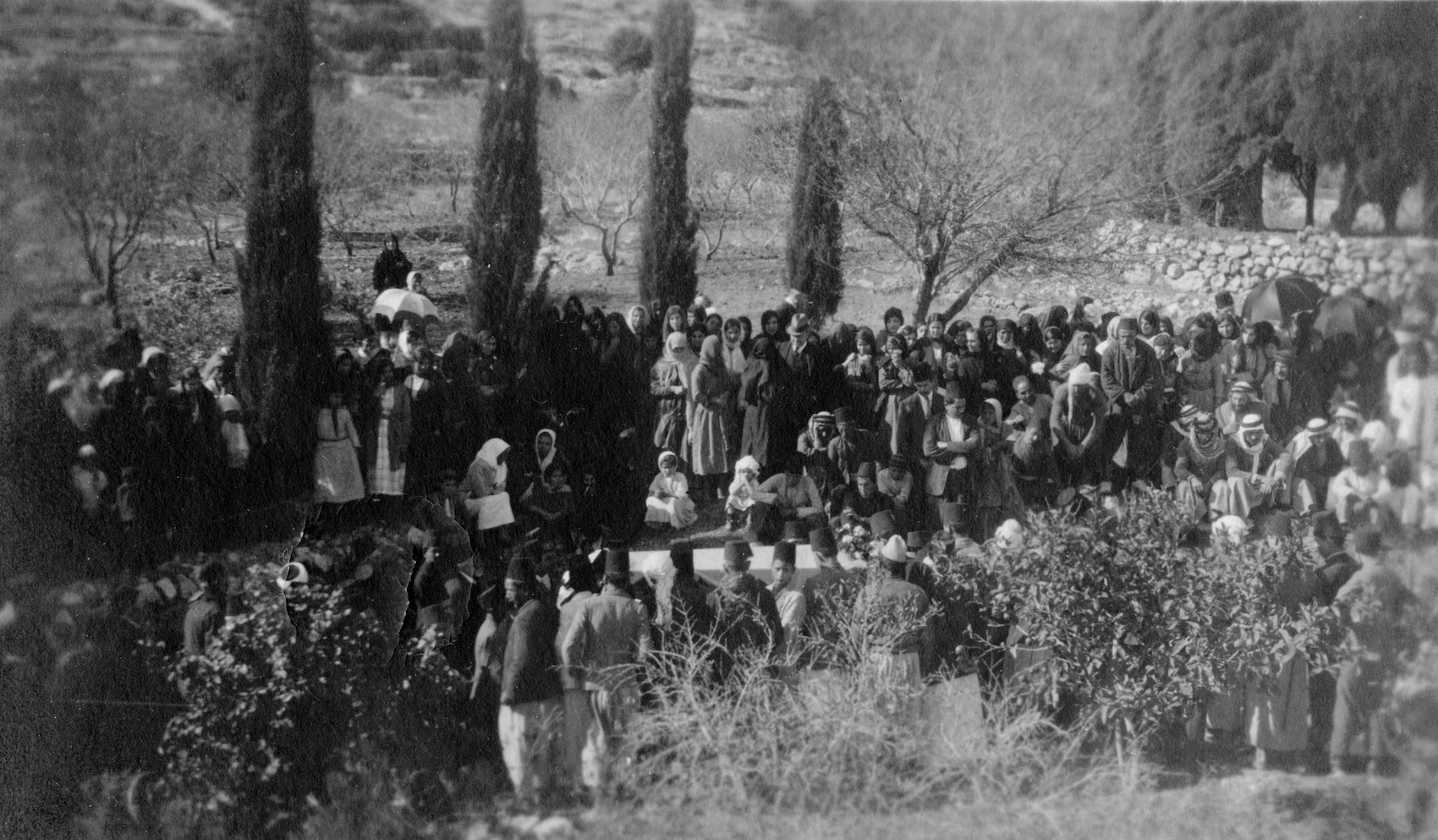
The funeral cortège pauses briefly in front of ‘Abbás-Qulí’s home, fifty meters from the Shrine of the Báb. ‘Abdu’l-Bahá often visited and stayed in this home, and had the owner had a special room built on the roof for the Master. Source: © United States National Bahá'í Archives, used with permission.
Shoghi Effendi was present in Haifa for the second anniversary of 'Abdu'l-Bahá’s Ascension. He made it a point to be present, as he had unable to leave Switzerland the year before.
The commemoration deeply touched Shoghi Effendi. For the rest of his life, this Holy Day would always evoke tragic memories, and in the cables he dispatched to various countries, Shoghi Effendi referred to the "poignant memories" and the "grief and agony" of this anniversary.
He cabled the Bahá'í friends in Persia a hopeful message:
May tonight's darkest hour of anguish usher in the dawn of a new day for well-beloved Persia.
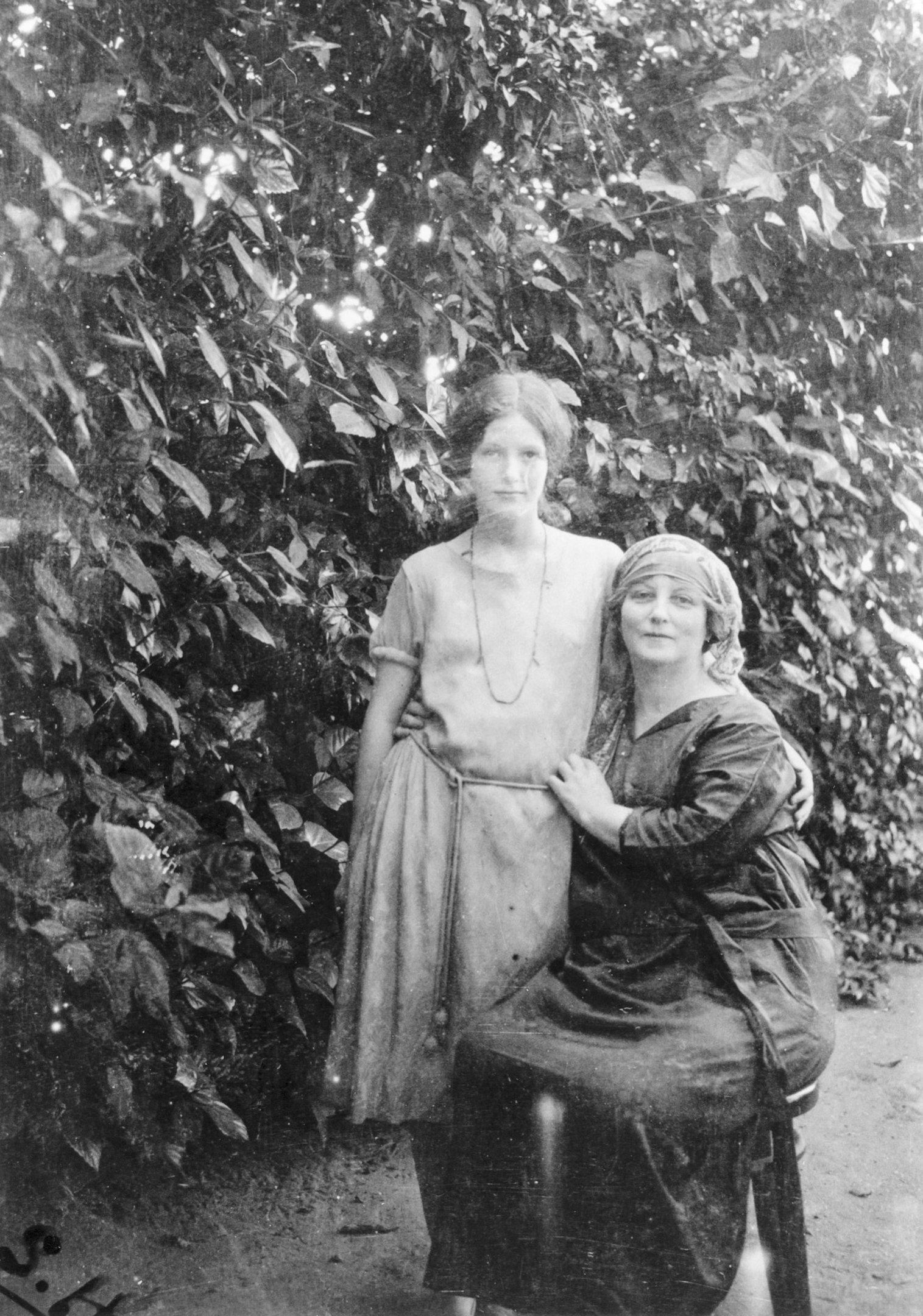
May and Mary Maxwell in Ramleh, Egypt in 1923. Source: Bahá'í Media Bank, © Bahá'í International Community 2023.
Once Shoghi Effendi was back in Haifa, he summoned May and Mary from Egypt, where they had been living (and Mary had been collecting nearly almost ten pets from mammals to birds to reptiles) and they arrived in early January 1924.
Mary Maxwell was effervescent. When she returned to the Holy Land, she demonstrated a little dance she had learned in Port Said for Bahíyyih Khánum, in full costume and makeup, and made the Greatest Holy Leaf laugh so hard that tears streamed down her face.
May Maxwell’s instinct to travel to the Holy Land although the shock of 'Abdu'l-Bahá’s passing had brought her close to death, had been a true inspiration. Meeting Shoghi Effendi would literally revivify her, the Guardian would bring her back to life, because May Maxwell was the definition of a faithful believer: she held fast to the Covenant, and 'Abdu'l-Bahá had given her the Guardian.
Pilgrimage in the time of Shoghi Effendi was different than in the time of 'Abdu'l-Bahá. During the Master’s lifetime, believers came to pray at the Shrines but also basked in 'Abdu'l-Bahá’s presence. He was, after all, the Son of the Supreme Manifestation of God, as well as the Center of the Covenant.
With Shoghi Effendi, everything changed. It was now focused on the Central Figures of the Faith and their Shrines, and he refused attention to his person.
Shortly before her departure from the Holy Land, Shoghi Effendi told May Maxwell:
You are most fortunate to be so near the Greatest Holy Leaf, bodily close to her. I hope that you will be able to receive something of her spirit to take to the friends in America. Her spirit is the remedy for all their troubles.
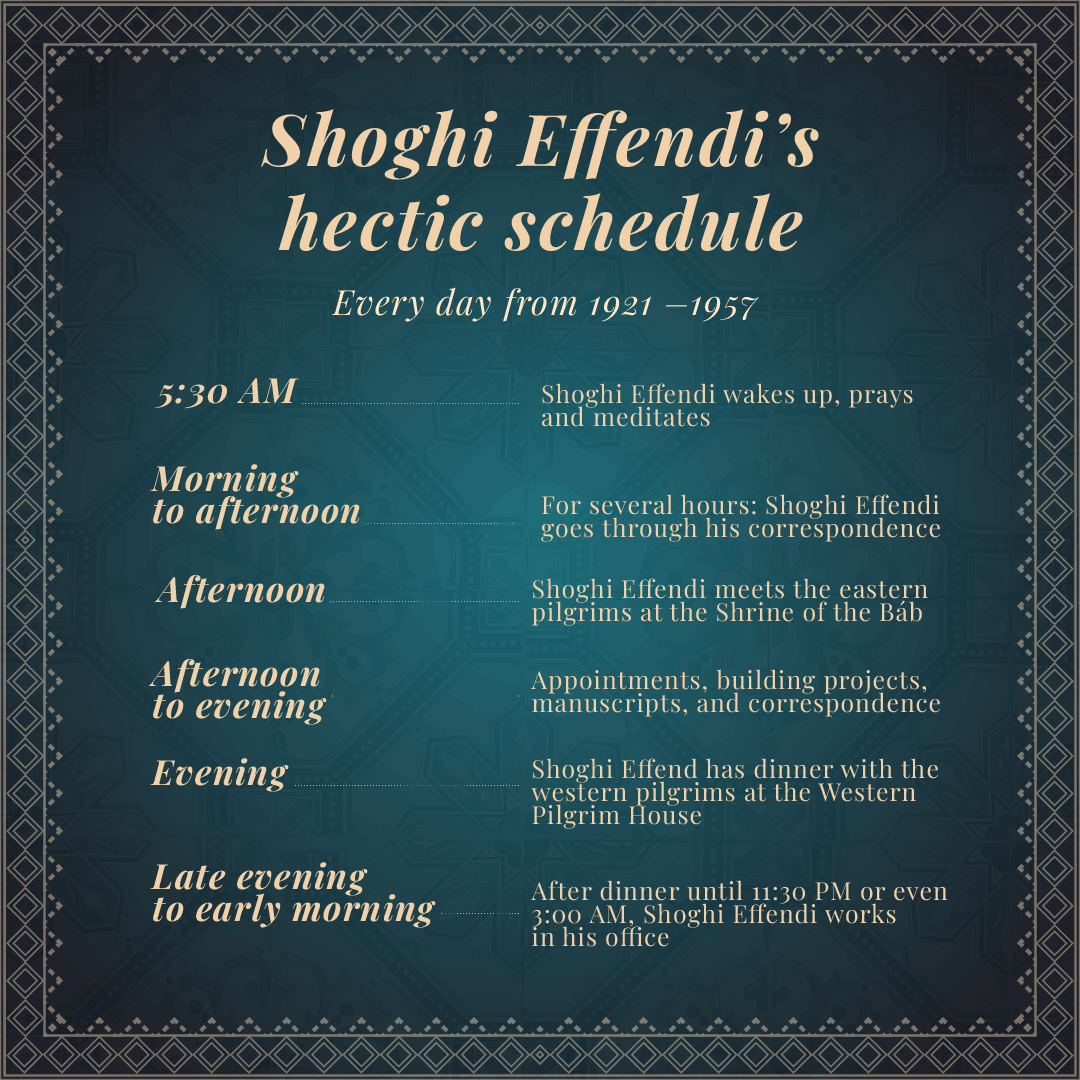
May Maxwell offers a precious testimony on Shoghi Effendi’s utterly hectic schedule.
Shoghi Effendi was extremely busy during the Maxwells’ pilgrimage often retiring to bed as late as 1 or 2 in the morning, but his energy never relented, no matter the complexity of what he was dealing with, and he was filled with joy, enthusiasm and focused attention. He had weighty administrative duties, an unending flood of correspondence, many pilgrims to speak with, he was reviewing a book on the history of the Faith, he was excavating around the Shrine of the Báb, and overseeing the installation of a new water pump to irrigate the upper levels of its gardens.
One day, Shoghi Effendi was leaving May and Mary Maxwell, and with his dazzling smile, he told them everything he had to do:
I am very busy. My time is full. Now I must go with Mírzá Azízu’lláh Khán and go through some writings and papers. At three o'clock Miss L (an American pilgrim) is coming to see me. She is leaving tomorrow and I want to talk with her. Then Mons. R (a pilgrim from India) is coming. Then I have to go over the manuscript of Mírzá Maḥmúd, an important book he is writing on the Cause. Afterwards I go to the Shrine on Mount Carmel to oversee the excavating, the garden and the new pump which is sending water to the upper level. I will attend the men's meeting tonight and before retiring go through all my mail.
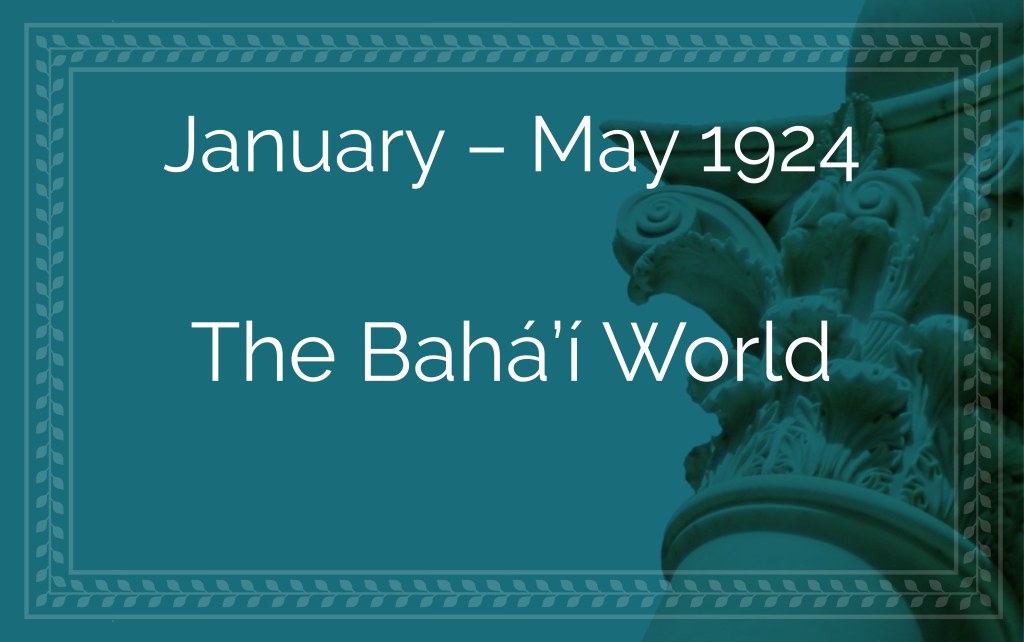
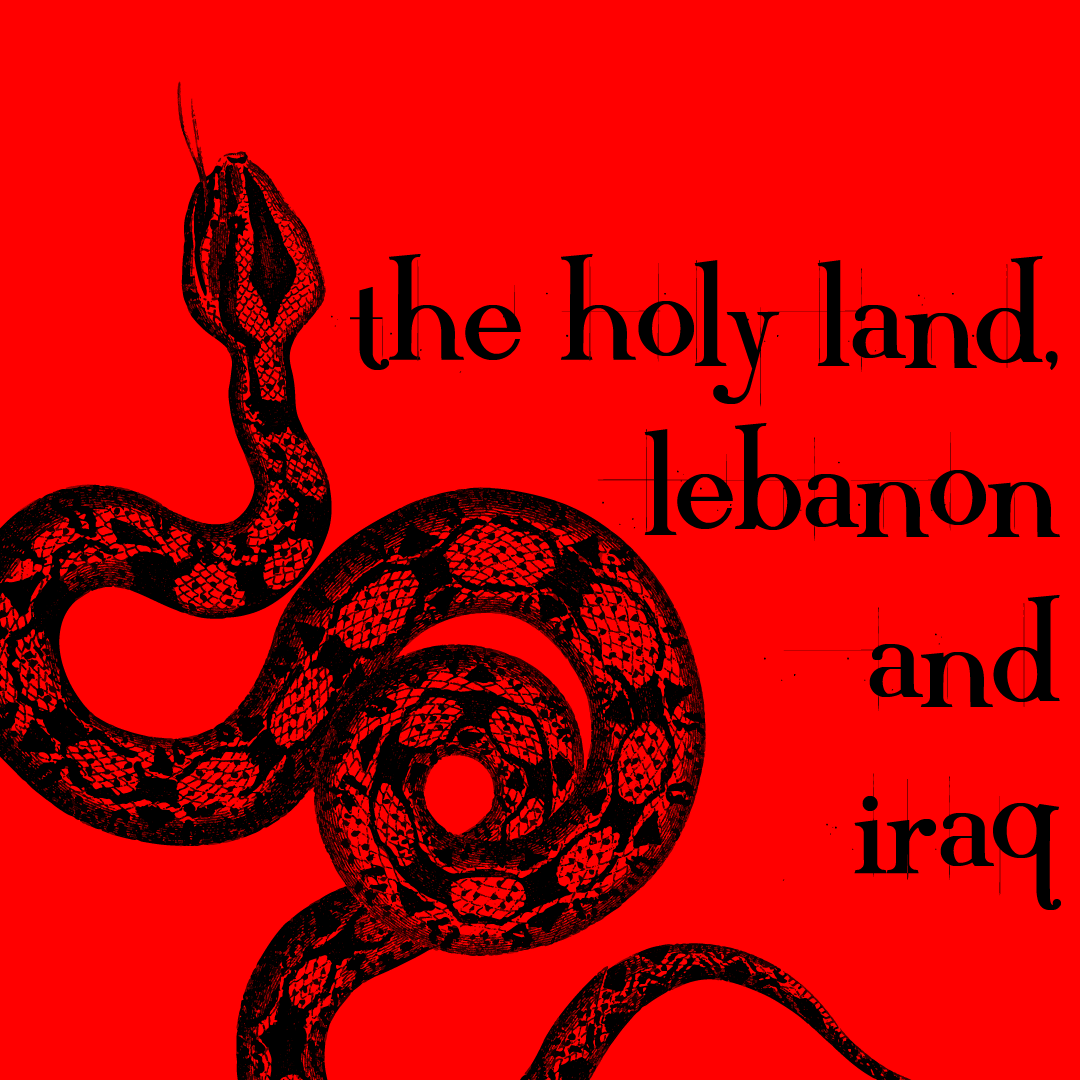
When Avárih arrived in Haifa, he questioned the authenticity of the Will and Testament of Abdu'l-Bahá. As soon as he saw the original copy of the Will and Testament in 'Abdu'l-Bahá’s own handwriting, with His seal, and His signatures throughout the document and in triplicate on the envelope addressed to Shoghi Effendi, he quieted down, and did not press the matter further. Even Avárih could see the Will was authentic. And he had received several Tablets in 'Abdu'l-Bahá’s handwriting, so he knew there was no question the Will was in the Master’s hand.
When he met the Greatest Holy Leaf, he pushed his opinion that it was time to elect the Universal House of Justice.
The worse thing he did has to be the fact he uttered a veiled threat to the saintly daughter of Bahá'u'lláh, the sister of 'Abdu'l-Bahá, something approximating if his demands were not met, he would have no choice but to arouse all the Bahá'ís of Persia to rebel against the Guardian.
While he was in the Holy Land, Avárih sent letters to Bahá'ís all over Persia, expressing his dissatisfaction with the Guardian’s leadership of the Faith.
He traveled to Lebanon, and sent the same awful lies and fabrications from Beirut.
Avárih was spreading his black gospel more and more emphatically.
Then, Avárih traveled to Iraq. In Baghdad, he tried causing the same divisions he had so successfully fabricated in Cairo, but the friends there were so steadfast, faithful, and firm, that he made no inroads and left for Persia.
Avárih’s Covenant-breaking continues in May 1924
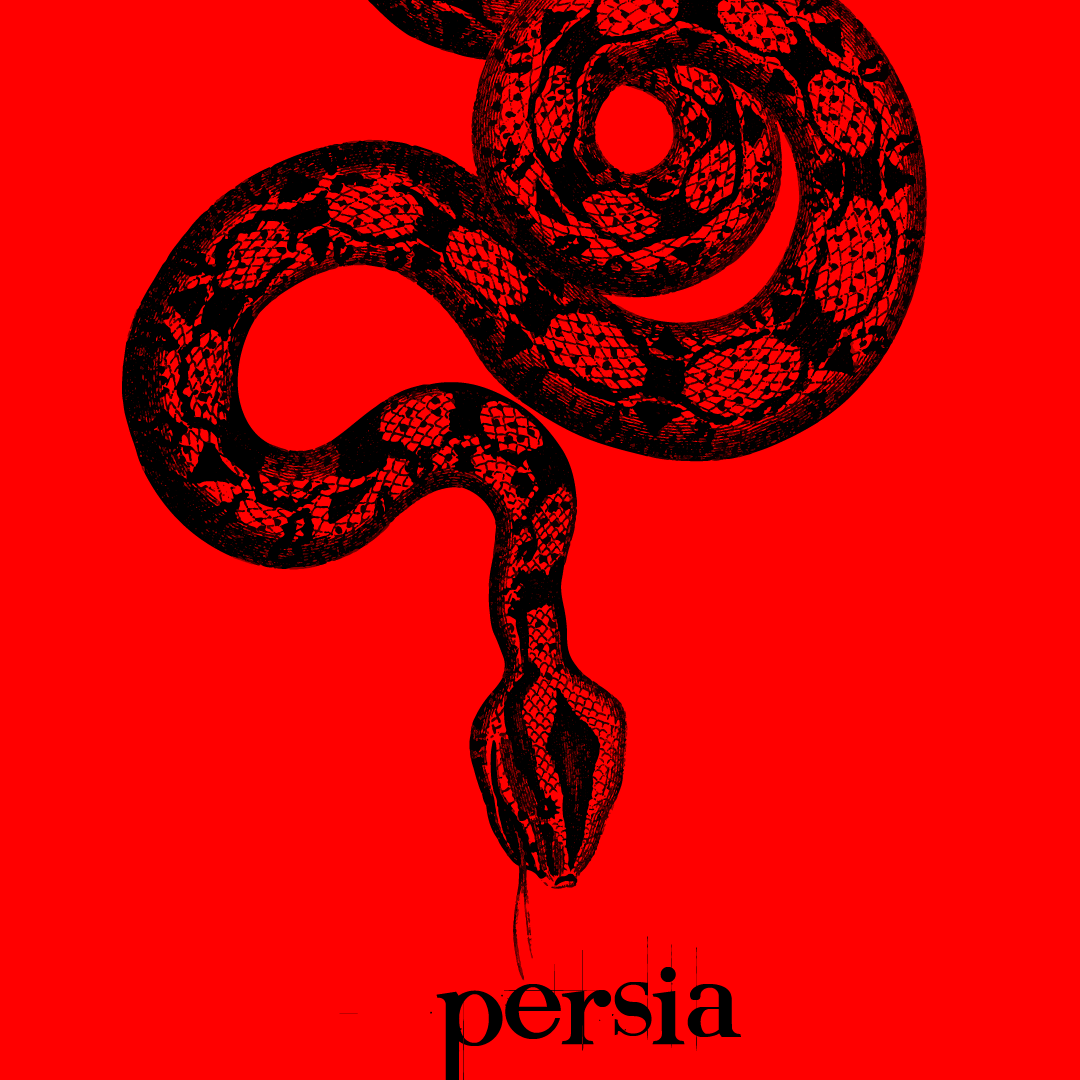
When Avárih arrived in Persia in 1924, he began actively opposing the Guardian.
He shared his misconstrued ideas and created divisions in the Bahá'í community of Persia.
In May 1924 the Local Spiritual Assemblies of Ṭihrán and Hamadán wrote to the Guardian seeking guidance on how to deal with Avárih.
The Guardian responded that the friends must, at all costs, be protected from his devious intentions, but the Greatest Holy Leaf also wrote them long, encouraging letters that were filled with guidance, warnings about Avárih, and encouragements to seek the protection of the Guardian, the Head of the Faith, the one legally appointed by 'Abdu'l-Bahá, the Interpreter and the Expounder of the Holy Writings, and the protection for all Bahá'ís.
The Greatest Holy Leaf wrote a letter dated 27 May 1924 to the Spiritual Assembly of the Bahá'ís of Hamadán in which she spoke about the leaflets against the Guardian that he had started distributing, leaflets she described as “teeming with falsehood, slander and calumny,” “vain and preposterous,” “impregnated with subtle machinations,” “futile, senseless and absurd,” “a loathsome odour,” and motivated by “selfish and personal interests” which, though they caused a storm in Persia, were powerless to uproot the steadfast Bahá'í communities.
She praised the Local Spiritual Assembly of Hamadán in their response to Avárih’s plottings, calling it “highly fitting and proper.” The Greatest Holy Leaf expressed supreme confidence that the faithful Bahá'ís would be aided to distinguish Avárih’s words, the words of “a conceited and malevolent” man, couched in “delicate terms and phrases or take the guise of fellow-feeling, sympathy and kindly wishes” from genuine truth, from sincerity and devotion, and from faithfulness and steadfastness of the divinely-appointed Guardian, Shoghi Effendi.
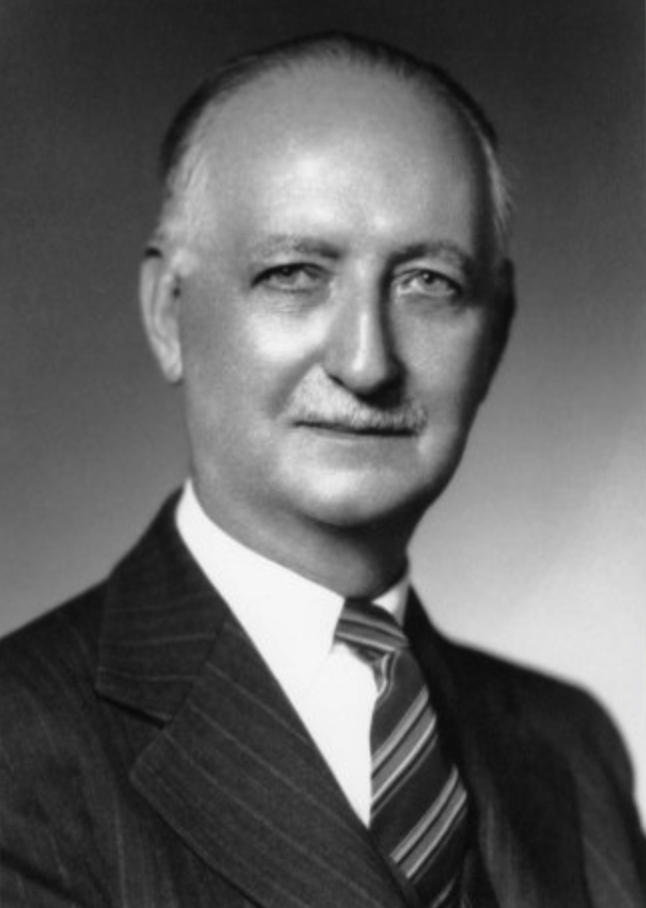
Horace Holley, the first great Bahá'í editor and future Hand of the Cause. Source: Bahaipedia.
In 1924, Horace Holley, the Secretary of the National Spiritual Assembly of the United States and Canada, had a brilliant idea he shared with the Guardian, saying:
…that the time seemed opportune for the organization of a committee of Bahá’í editors, chosen from the Orient, Europe and America, to gather together the necessary data, facts and other information for an annual reference book on the Bahá’í Cause.
The Guardian loved the idea, and requested the National Spiritual Assembly of the United States and Canada launch the project. The first volume was published in 1926 under the title Bahá’í Year Book and covered the period from April 1925 to April 1926.
This publication would later be known as The Bahá'í World.
After the publication of the first volume, Shoghi Effendi assumed responsibility for the edition of the yearbook with editors from around the world gathering material, and the publication became biannual.
The Guardian considered the Bahá'í World an important reference book for Bahá'ís around the world, but also precious in its record of the progressive establishment of the Faith worldwide, and its usefulness in introducing the Faith to world leaders. Horace Holley became Shoghi Effendi’s primary collaborator. He was a gifted writer, and, with the Guardian’s guidance, he turned The Bahá'í World into a unique and remarkable gift.
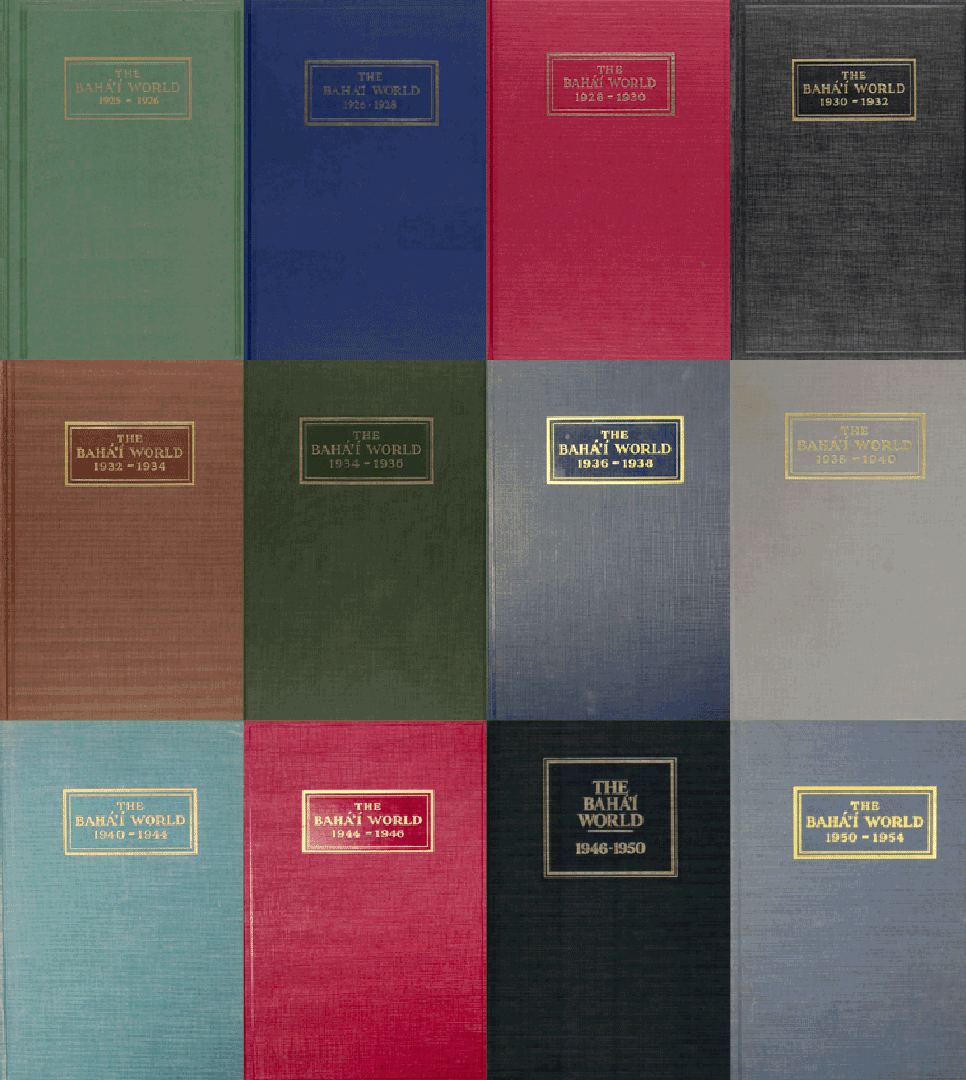
Shoghi Effendi took an active role as the Editor-in-Chief of The Bahá'í World, for example asking George Townshend to write very specific articles on topics like Bahá'í literature, the Writings of Bahá'u'lláh, The Hidden Words as a work of religious literature to pique the interest of mystics, or on Queen Marie of Romania and the Bahá'í Faith. George Townshend also selected poems for every issue of The Bahá'í World.
The Bahá'í World volumes produced during Shoghi Effendi’s Guardianship were outstanding thanks to Shoghi Effendi’s editorial brilliance and infinite capacity for hard work. Shoghi Effendi pored over the vast bundles of papers and photographs forwarded to him, eliminating the irrelevant or poor-quality material, captioned the photographs, divided the content into sections, created a table of contents, had the volume typed in Haifa, picked the frontispieces and the color of the volume’s binding, and mailed the entire manuscript to the United States for publication when it was complete.
Shoghi Effendi oversaw the publication of the Bahá'í World in its smallest details, including the color of its cover for 12 volumes over 30 years, and displayed great creativity in the colors, only duplicating black, dark red and dark blue more than once! The other cover colors were dark lime green, dark brown, dark green, light grey, and dark turquoise. This simply goes to show how minute the Guardian’s attention was to every single detail concerning the Faith of Bahá'u'lláh.
As soon as Shoghi Effendi mailed the manuscript for the current edition of The Bahá'í World, he immediately began working on the next volume. He was extremely proactive in gathering information for the publication, in one day, for example, cabling three separate National Spiritual Assemblies for information.
The Bahá'í World was a perfect vehicle for one aspect of Shoghi Effendi’s genius, his ability to highlight the significance of an isolated event out of the mass of events that constituted the international development of the Faith and set it in its proper historical context, allowing Bahá'ís to understand why it was so significant. The Guardian dramatized the progress of the Faith and coalesced a mass of scattered facts and photographs that turned the Bahá'í Faith’s claim to be world-embracing into indisputable reality.
Events that the Guardian highlighted could range from one specific assembly that had just been elected, a Bahá'í who had just passed away, having made precious contributions to the Faith, a certificate granted by a small country. Shoghi Effendi’s eyes on these events, in their divinely-guided infallibility, elevated them to their deserved importance. Shoghi Effendi saw the pattern being woven before his eyes, and he helped the Bahá'ís worldwide to begin understanding what was happening.
Shoghi Effendi kept copies of all his original manuscripts for The Bahá'í World editions published during his ministry, volumes 1 through 12, the longest edition of the publication—Volume 8, covering the years 1938 to 1940—running 1,039 pages.
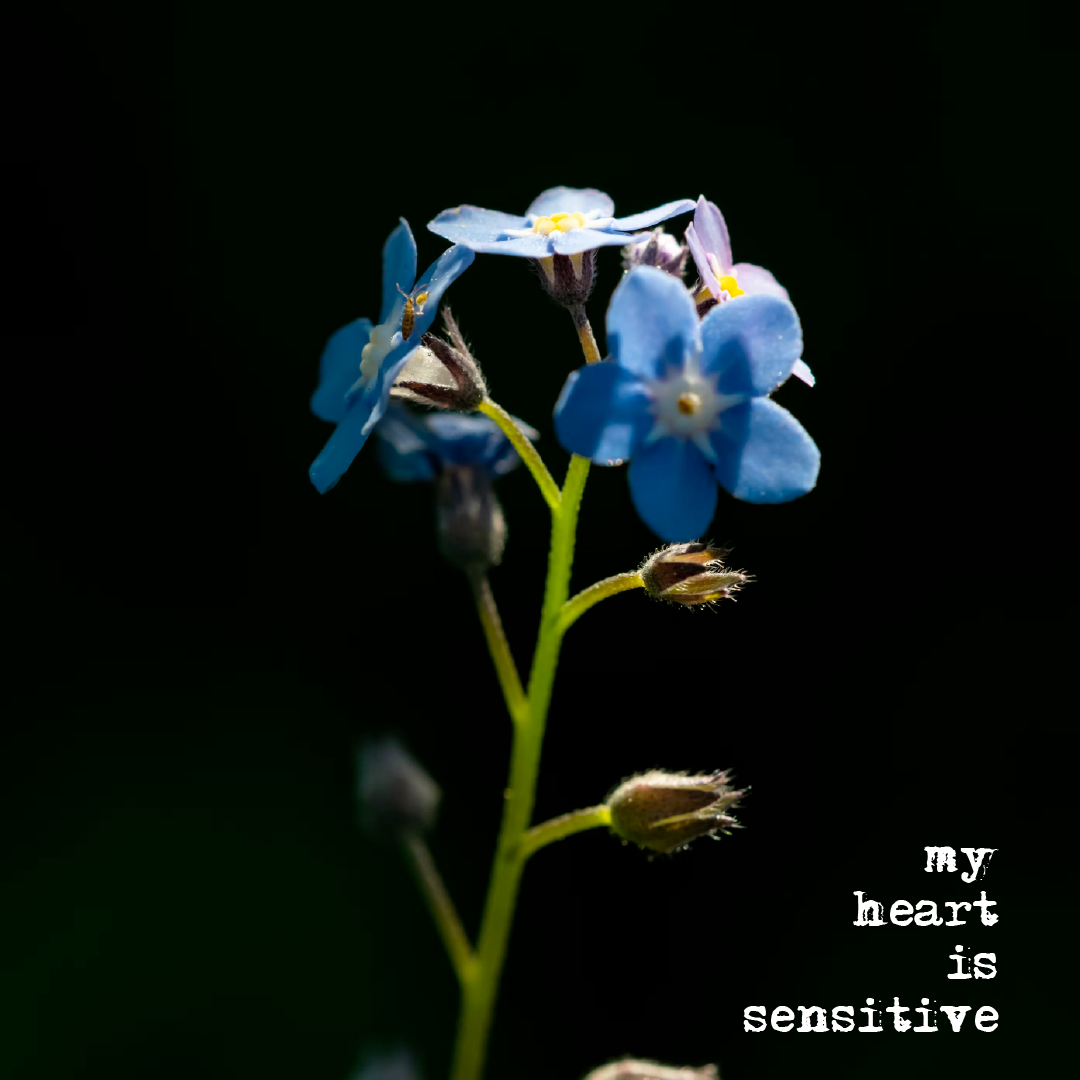
A tiny, delicate, light-blue forget-me-not flower was used for this graphic in answer to Keith Ransom-Kehler’s last prayer in her diary, quoted in The Priceless Pearl, pages 307-308, “where she asks Bahá'ís, should a modest forget-me-not ever catch their eye, “may one who seems to be struggling in vain garner it in the name of Shoghi Effendi and cherish it for his dear remembrance." Original photograph: Dominik Scythe on Unsplash.
On 28 March 1924, Bahíyyih Khánum wrote a letter to the members of the Spiritual Assemblies and all the Friends of God in the East, two weeks after Shoghi Effendi had left for Switzerland.
After his second stay in Switzerland in the summer of 1923, Shoghi Effendi had returned completely rested and refreshed, and Bahíyyih Khánum noticed he was completely restored.
At first, during the year, Shoghi Effendi received positive reports one after the other from Spiritual Assemblies, committees, gatherings, groups, and individual Bahá'ís and he was joyful in his work.
After Shoghi Effendi began corresponding with individuals again—something he had not done the previous two years—but this correspondence led to his next health crisis. Communities were immature, and were not spiritual, Bahá'ís were arrogant and disrespectful towards their institutions,
The Administrative Order was not established, and this had to be the Guardian’s next priority. The way thing stood in mid-march 1924, there was no proper, organized, unified, strong, spiritually healthy Bahá'í community, it was a web of personalities, each with a different understanding of what being a Bahá'í or being on a Spiritual Assembly meant.
The Guardian’s heart filled with sorrow, his health was broken in health.
Shoghi Effendi needed to return to his mountains.
Before leaving, Shoghi Effendi spoke at length to the Greatest Holy Leaf and other members of the family and explained why he had to leave:
My heart is sensitive. Just as I feel the ill-feeling that exists between individuals, and am injured by it, so too do I treasure the excellent qualities of the believers; indeed, I hold these dearer than words can tell. After that most dread ordeal, the one and only solace of my heart was the loyalty, the staunchness, the love of the friends for the Blessed Beauty and for `Abdu'l-Bahá.
The rest of Shoghi Effendi’s lengthy farewell address to his family for his third revivifying stay in Switzerland concerned how Bahá'ís should distinguish themselves from the rest of the world. Bahá'ís cannot speak of principles, teachings, or love. They have to be transformed in their behavior, and their acts have to demonstrate their teachings. Shoghi Effendi warned his family:
The people of the world are carefully watching the Bahá'ís today, and minutely observing them. The believers must make every effort, and take the utmost care to ward off and remove any feelings of estrangement, and consider themselves duty-bound to comply with the decisions of their Spiritual Assemblies.
Shoghi Effendi addressed the reason for his departure, and offered the reason for his return in his last words to Bahíyyih Khánum and the family:
To the same degree that ill-feeling among some of the believers has cast its shadow on my heart, to that same degree will my heart reflect their mutual agreement, understanding and loving affection, and their deference to the authority of their Spiritual Assemblies. And whenever I shall feel such lights reflected, I will at once return to the Holy Land and engage in the fulfilment of my sacred obligations.
The Guardian’s heart—because he was so sensitive—had been broken by disunity but he had always known that there was only one path to re-establishing unity and balance in the community: building the Administrative Order.
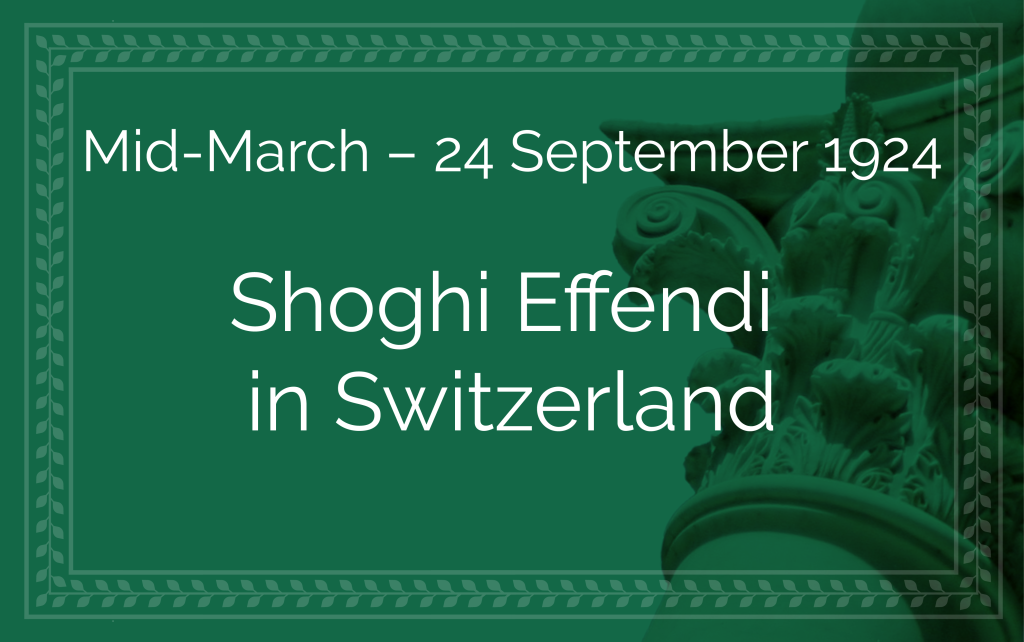
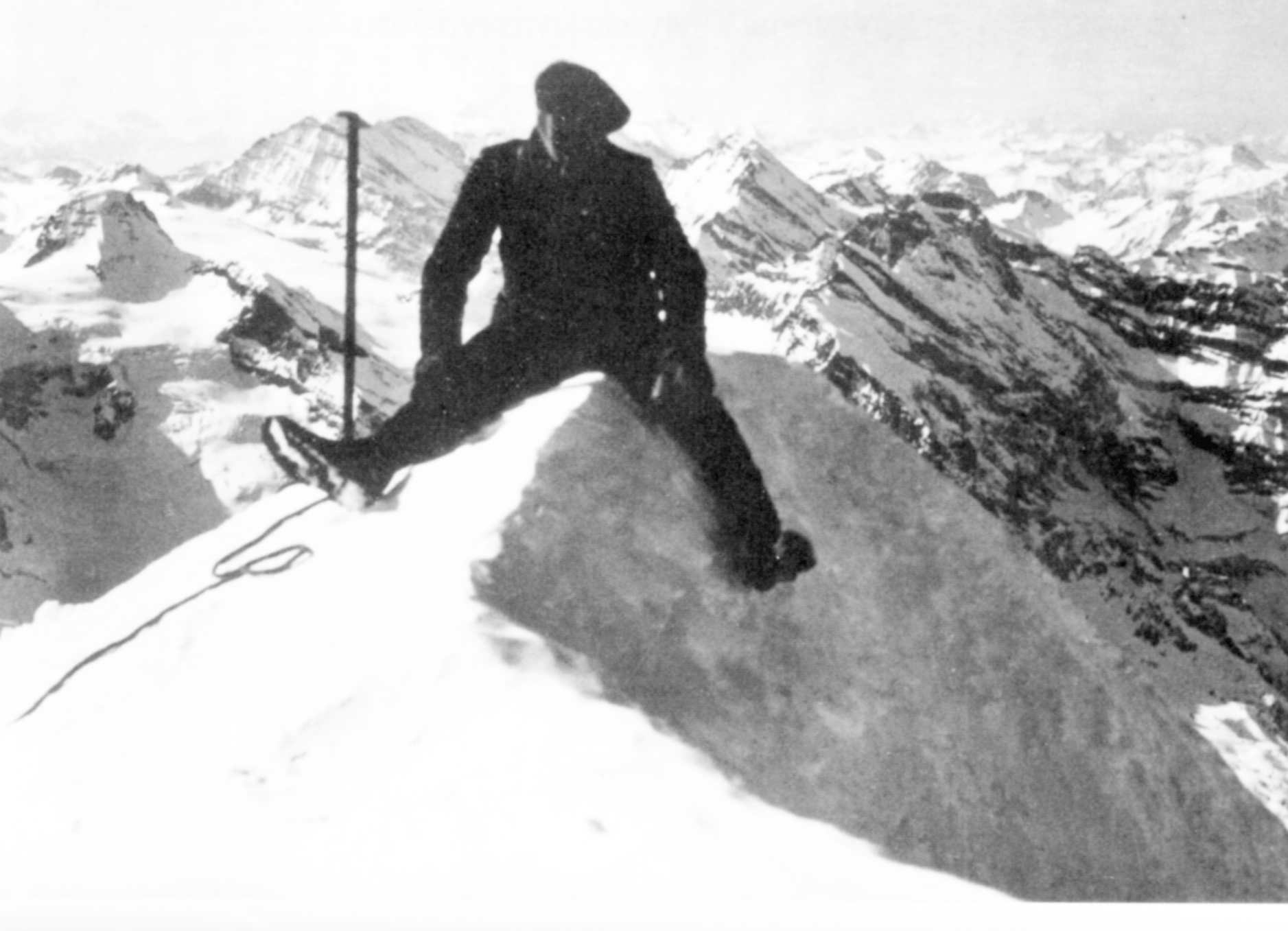
“The indomitable enthusiast”: Shoghi Effendi straddling an ice ridge on one of his climbs in the Swiss Alps.
Between March and September 1924, Shoghi Effendi returned to Switzerland and the hospitality of Mr. Hauser, and created, once again, wonderful and unforgettable memories. Upon returning to the Holy Land, Shoghi Effendi expressed how much the stay had meant to him in a letter written on 26 September 1924:
My dear Mr. Hauser,
I am back and on my return to my home the first letter I want to write is to my unforgettable and dear Hauser under whose roof I tasted the pleasures of picturesque Switzerland and the charms of a hospitality which will never be effaced from my memory.
Recalling my experiences and my exhausting adventures followed by the repose offered me by the comfortable and modest Chalet Hoheweg, the charm of which I shall never forget, I often feel in myself the strong desire to see you one day in the bosom of my family, in our home, showing you the evidences of my gratitude and friendship! And if that is impossible I hope you will always remember my gratitude and affection.
I have just received by mail some new Persian stamps with the portrait of the new Shah, which I hope will interest you.
I wish you with all my heart a long, joyous and prosperous life, and hope to see you one day again in Interlaken, in the heart of that beloved country.
I remain your faithful friend
Mr. Hauser received Shoghi Effendi’s letter and responded with postcards.
Shoghi Effendi acknowledged Hauser’s cards and sent him "a modest souvenir of the city of Haifa, so different and inferior to the beautiful sites in your picturesque Switzerland", wishing his "dear and unforgettable friend" a happy New Year.
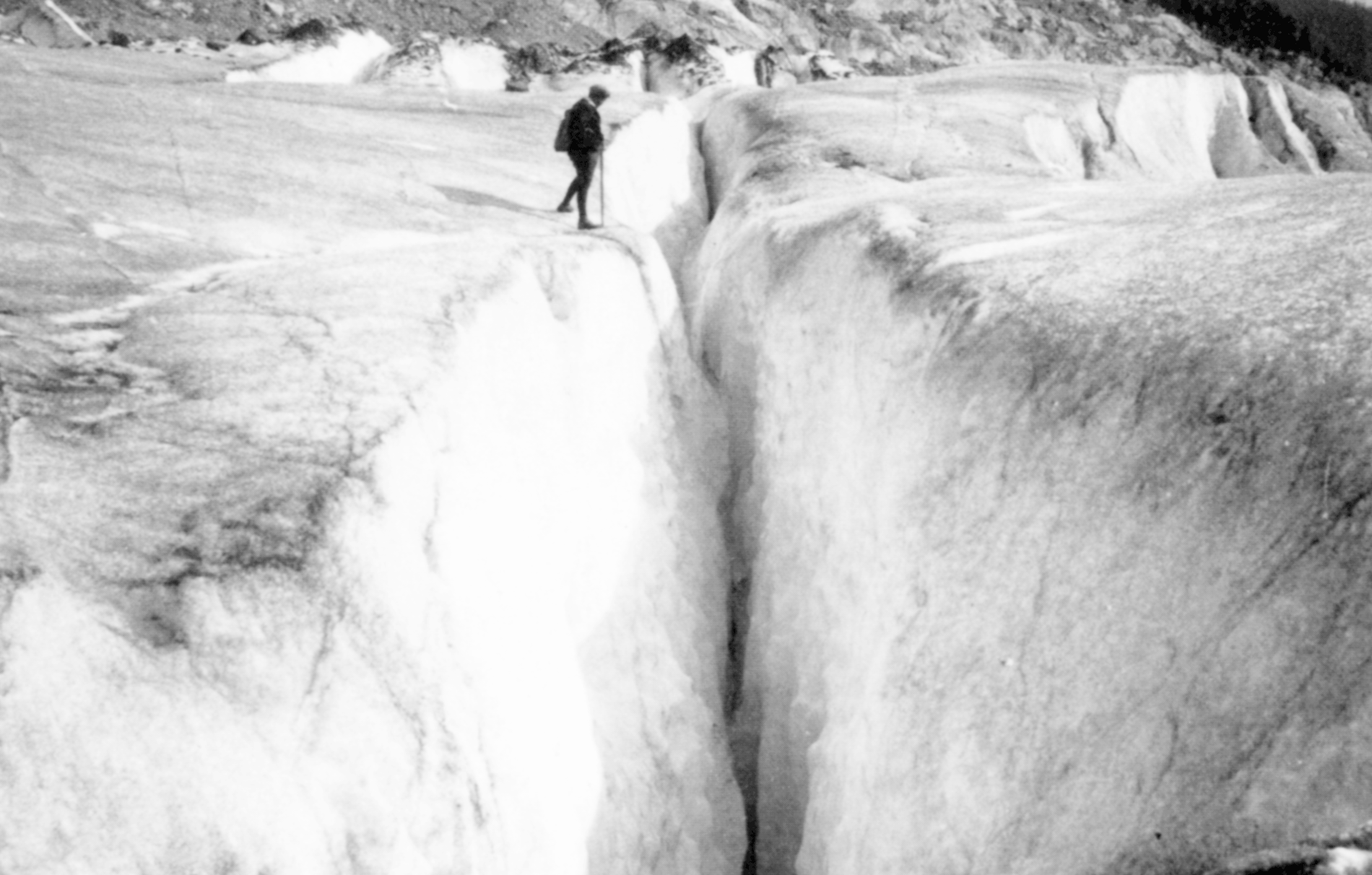
Shoghi Effendi by a steep Glacier crevasse. Source: The Priceless Pearl.
Shoghi Effendi had only one real hobby: photography.
In the early years of his retreats to Switzerland, he took extraordinarily beautiful and artistic pictures of the Swiss landscape.
In 1924, Shoghi Effendi wrote a letter in French to a photographer living in a small Swiss town:
I am waiting impatiently for the photographs which I sent you...I hope you received them. They are very dear to me. Please instantly reassure me by post card on this subject. I hope they all came out well...Thanking you in advance, I am yours devotedly, Shoghi.
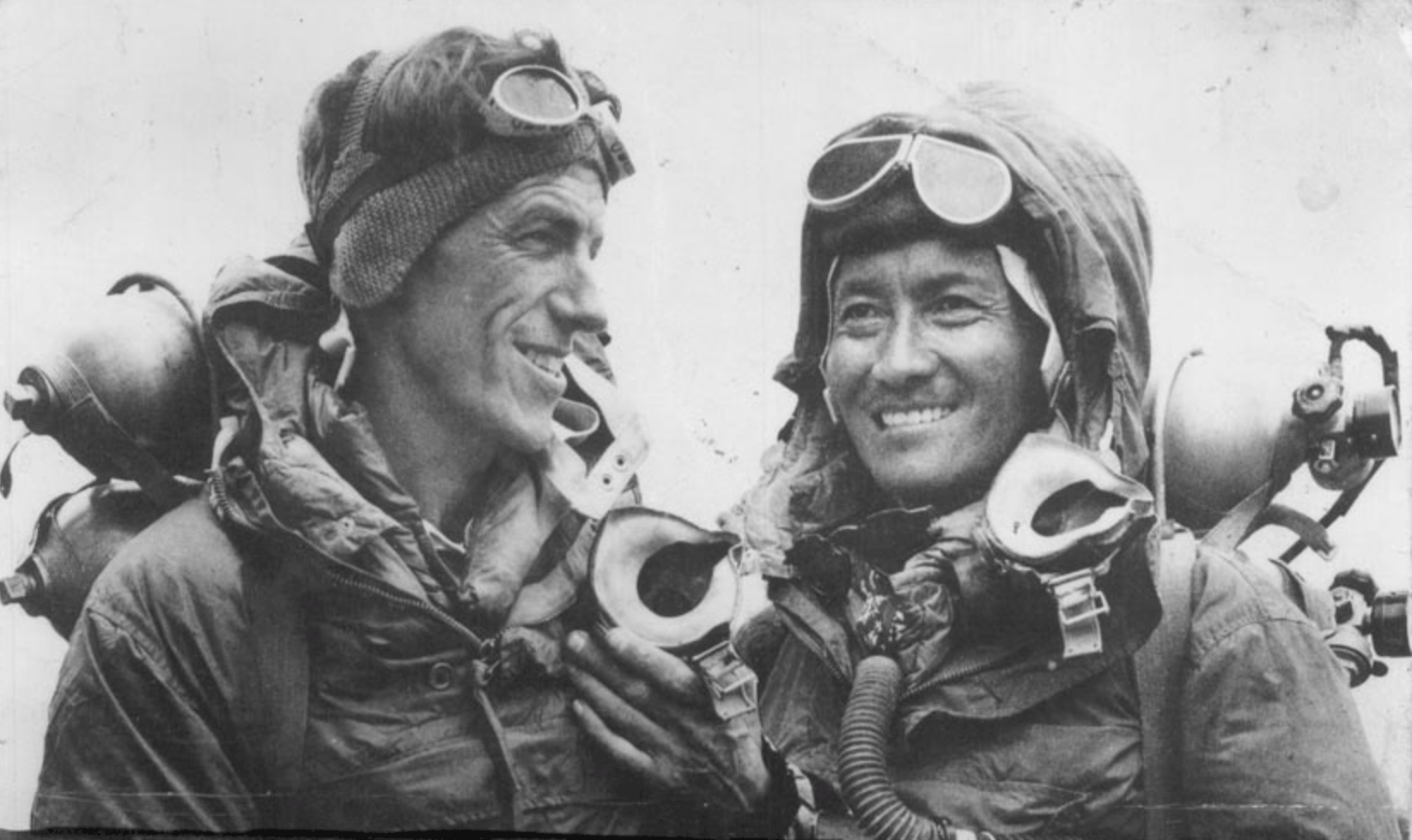
29 May 1953 Tenzing Norgay and Edmund Hillary after successfully completing the first ascent of Mount Everest at 11.30am. Source: Wikimedia Commons.
The Guardian once described himself as a mountaineer. His love for Switzerland was wrapped up in his love for the Bernese Alps, and he particularly enjoyed the town of Interlaken because it was a center of mountain-climbing, and the trailhead of many wonderful hikes in his favorite surroundings.
Shoghi Effendi was a true mountain climber, a real enthusiast. He followed with relish the attempts to conquer Mount Everest. There were 13 attempts in the Guardian’s lifetime, and 12 of them failed to summit.
On 29 May 1953—the Bahá'í Holy Year, the launch of the Ten Year Crusade—at 11:30 a.m. local time, New Zealander Edmund Hillary and Nepali Tenzing Norgay successfully summited Mount Everest by climbing the South Col route and using conventional open-circuit oxygen sets. The Guardian must have been thrilled!
At first—ostensibly in the 1920s—Shoghi Effendi went mountain-climbing on actual Alpine climbs roped in parties and led by guides, but later he went on marathon-length walks, sometimes literally, as his longest walk was 42 kilometers over two mountain passes. A marathon is exactly 42 kilometers.
Shoghi Effendi found solace and comfort in the mountains, and he loved them from his youth to his death.
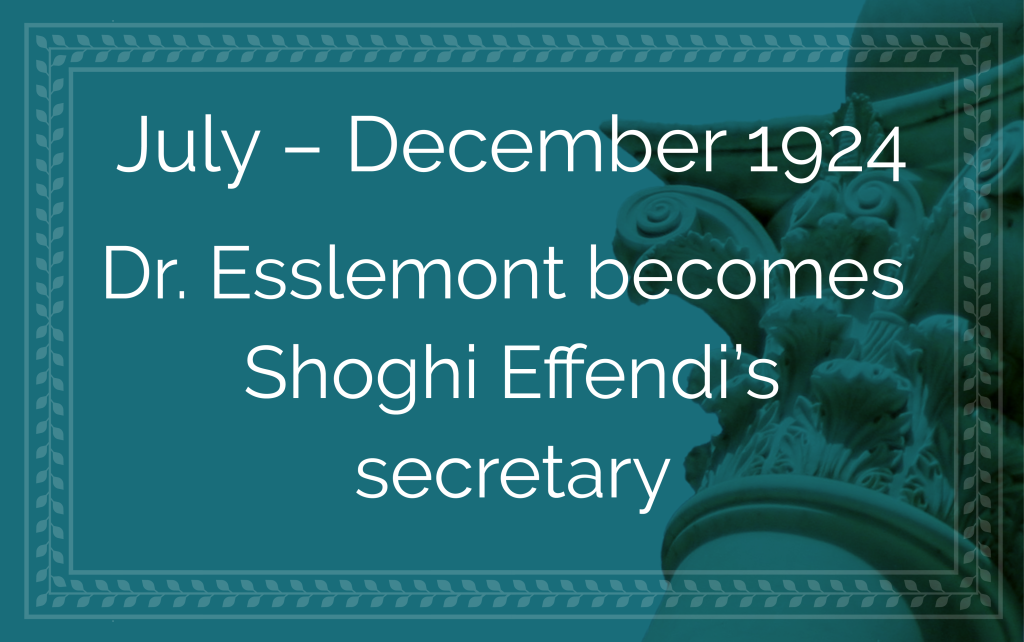
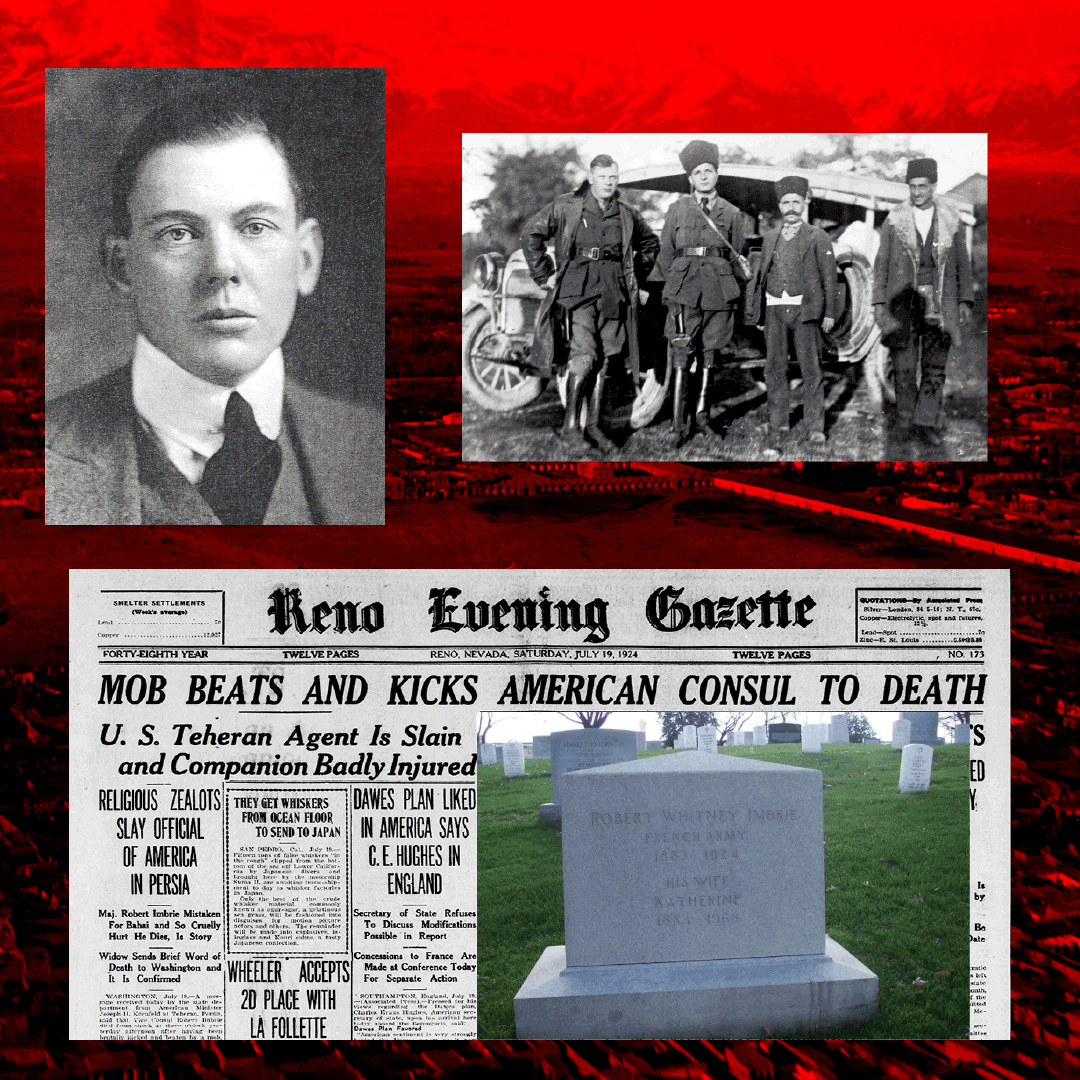
Vice-Consul Imbrie (Wikimedia Commons), U.S. Vice Consul Robert W. Imbrie (on the left) on an inspection tour in Ṭihrán in 1924, posing in front of a vehicle with a staff member and local aides (Library of Congress); A headline captures the news of Robert W. Imbrie the day after his death, on 19 July 1924 in the Reno Gazette-Journal (American Foreign Service Association); Image of his grave at Arlington National Cemetery in Washington, D.C., United States (Wikimedia Commons); Background: Aerial photograph of Ṭihrán in 1925 (Wikimedia Commons).
Strong ties were forged between the American and Persian Bahá'í communities during the ministry of 'Abdu'l-Bahá, and these ties were reinforced when a number of Persian youths were sent to the United states for their university studies, and further strengthened by the arrival in Persia of skilled American Bahá'ís come to help with setting up schools and hospitals. The skill and expertise of the American believers helped establish these Bahá'í schools and hospitals among the finest in the country.
There came a point when any American in Persia was automatically assumed to be a Bahá'í, like Morgan Shuster, an American financier employed by the Persian Government to help sort out the country’s financial accounts.
By June 1924, anti-Bahá'í sentiment was growing and the Government did nothing to keep it in check. The commotion was aggravated when rumors of miracles began circulating. Apparently, a Bahá'í, struck blind after stating his Faith and another blind Muslim had recovered his sight thanks to the waters of a fountain in Ṭihrán. The fountain became famous, and hundreds of people with various ailments started visiting it every day.
The population’s fanaticism was exacerbated. There was an outburst and, on 18 July 1924 at 3:00 PM, Major Robert W. Imbrie, the new American Vice-Consul for Ṭihrán—who was not a Bahá'í— went to visit the famous “miracle fountain” and took pictures. The crowd present became furious and Major Imbrie was murdered, nearly cut into pieces and beaten to death the angry mob, which chased the rest of the Americans away, screaming that the Bahá'ís had poisoned the fountain. The New York Times reported Major Imbrie’s murder on 20 July 1924 on its front page.
The murder of Major Imbrie caused a major diplomatic incident between the United States and Persia, the United States demanding the arrest, trial, and punishment of the murderers—the three ringleaders were executed. Major Imbrie was the first United States Foreign Service officer to be killed in the line of duty. His remains were transported back to the United States from Persia aboard the USS Trenton CL-11, the first American warship to enter the Persian Gulf, and his casket was escorted to the ship by a Persian military guard of honor.
The National Spiritual Assembly of the United States and Canada sent red roses for Major Imbrie's funeral, in the names of the Bahá'ís of Persia and America.
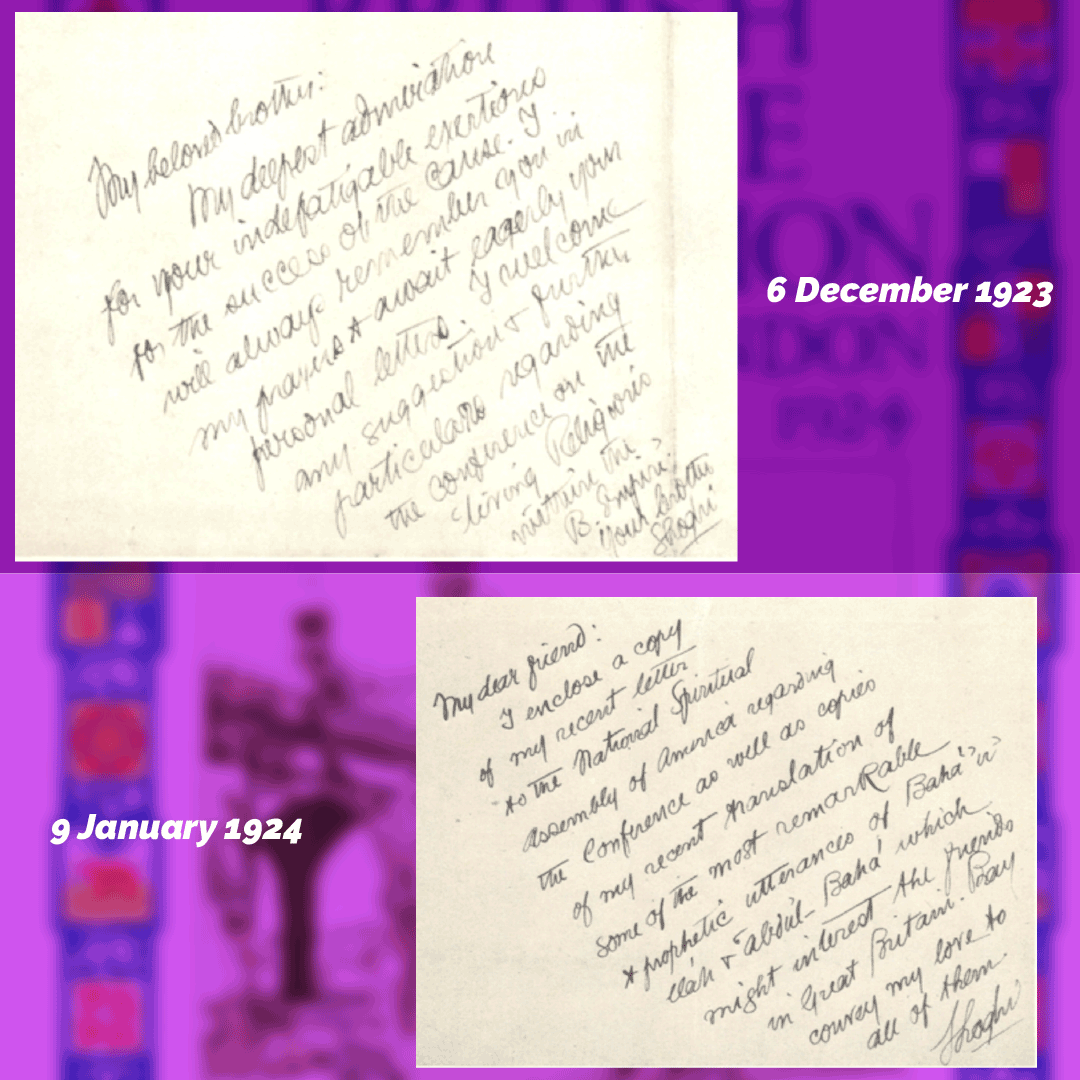
Two letters written in the Guardian’s own hand regarding the preparations for the “Some Living Religions within the British Empire” conference, dated 9 December 1923 (Bahaimedia) and one month later, on 6 January 1924 (Bahaimedia).
The two letters above are from Shoghi Effendi himself showing how much he supported Bahá'í participation in the upcoming conference in London. The first one, dated 6 December 1923 reads:
My beloved brother: My deepest admiration for your indefatigable exertions for the success of the Cause. I will always remember you in my prayers & await eagerly your personal letters. I welcome any suggestions & further particulars regarding the conference on the Living Religions within the British Empire. Your brother, Shoghi.
And the second one dated 6 January 1924, a little more than a month later mentions the conference in the first sentence:
My dear friend: I enclose a copy of my recent letter to the National Spiritual Assembly of America regarding the Conference…
The British Empire Exhibition at Wembley in 1924 offered a number of conferences on various subjects of imperial interest, among which was a conference titled “Some living religions within the British Empire,” organized by the School of Oriental Studies and the Sociological Society. The purpose of the conference was to “render more widely known the faiths prevailing in the Eastern and Western Dominions of the British Commonwealth.”
When the National Spiritual Assembly of the British Isles was apprised of this conference, they wrote to the Guardian to ask for his advice, and he responded enthusiastically in a letter dated 29 November 1923, in which he expressed a strong interest and asked the National Spiritual Assembly to keep him apprised of the particulars—he wanted to know who had initiated the idea, who was organizing it, whether the Government was offering its support and its proceedings. The Guardian also informed them he was contacting Bahá'ís in India and America regarding the possibility of their attending the conference:
Regarding the proposed conference on “Living Religions within the British Empire”, I feel that such a great opportunity for the Movement should not be neglected, and I am glad to know that it has been seized by the members of the National Assembly, and is being closely examined by them…I am discussing the matter with some of the Bahá'í representatives of India and America as to what friends would be most competent to represent the Cause at this conference. I shall communicate on this subject with the National Assemblies of India and America, and will inform you immediately I receive definite information from them.
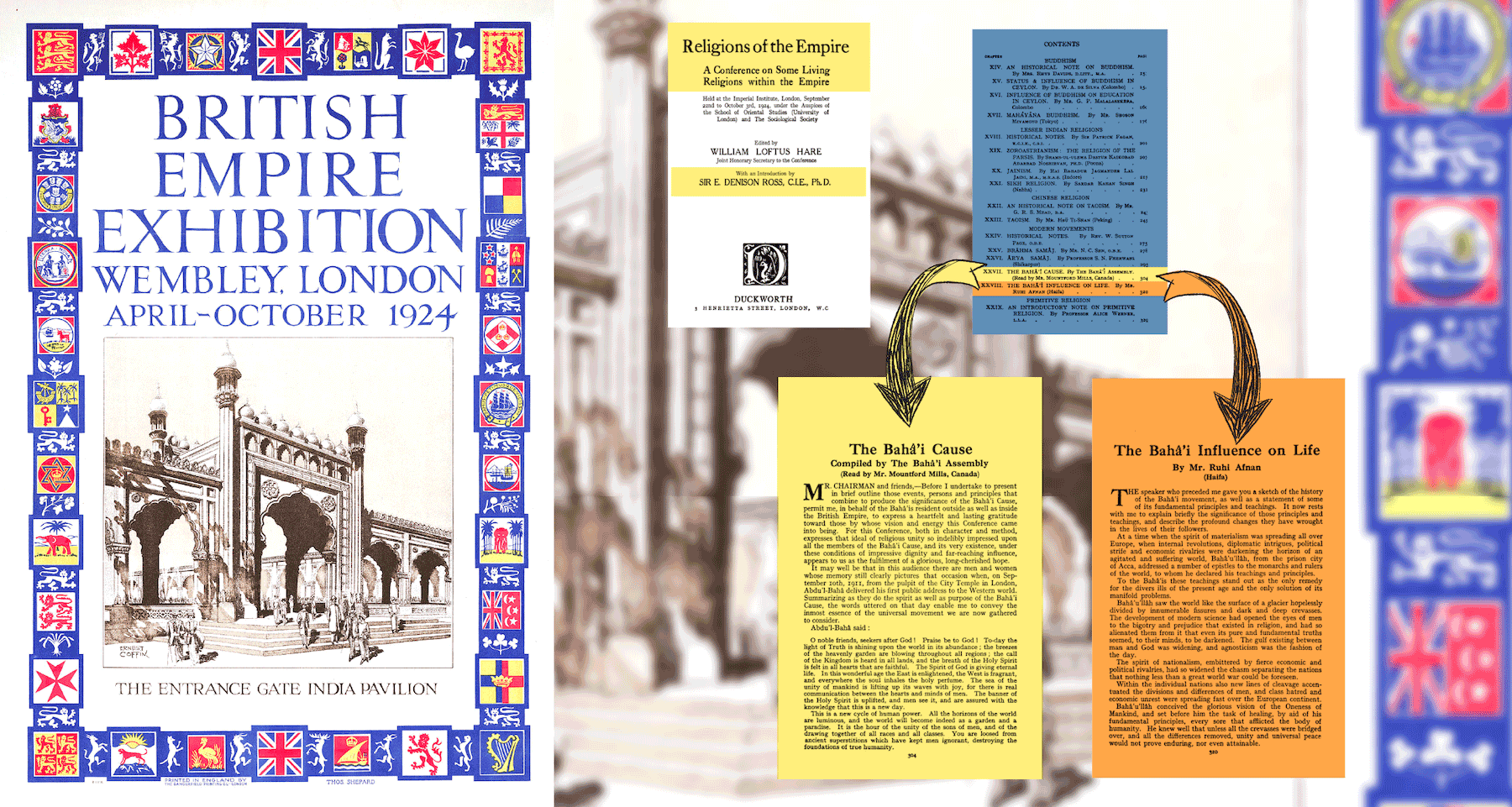
A conference on Some Living Religions Within the Empire. Source: Archive.org, pages 6-12 and pages 314 and 330. The Living Religions conference was held under the auspices of the British Empire Exhibition which ran from April to October 1924, poster from Wikimedia Commons.
“Some living religions within the British Empire” was held at the Imperial Institute in South Kensington, London, from 22September to 3 October 1924, and the Bahá'í Faith was introduced along with 11 other religions.
The Guardian closely supervised the writing of the papers that were prepared under the auspices of a committee of the National Spiritual Assembly of the United States and Canada composed of Horace Holley, Mountfort Mills and Agnes Parsons. This paper was read in London on 25 September 1924 by Mountfort Mills. This paper was an introduction to the Faith and quoted heavily from Bahá'u'lláh and 'Abdu'l-Bahá. It stated the aim of the Bahá'í Faith:
After eighty years of existence, the particular genius inspiring the Bahá'í Cause, clearly expressed by its founder and universally accepted by all its adherents, is the ideal of unity consciously binding the hearts of men.
The National Spiritual Assembly of the British Isles decided it would be important to present a second paper, outlining the practical application of Bahá'í beliefs, and Rúhí Afnán wrote this paper with the guidance of Shoghi Effendi and presented it immediately after the first one read by Mountfort Mills and began by stating its objective:
The speaker who preceded me gave you a sketch of the history of the Bahá’í Movement as well as a statement of some of its fundamental principles and teachings. It now rests with me to explain briefly the significance of those principles and teachings and to describe the profound changes they have wrought in the lives of their followers.
Also present at the conference was Richard Edward St. Barbe Baker, the Assistant Conservator of Forests in Kenya since 1920. In 1924, he traveled to London and read a paper on Kikuyu—a tribe from Central Kenya—beliefs at the same conference. At the end of his talk, Claudia S. Coles, an American living in London approached him and told him about the Bahá’í Faith. Ten days later, he sailed to Nigeria with a supply of Bahá’í books Claudia Coles gave him. After studying the books, St. Barbe Baker became a Bahá'í, and would become a close friend of Shoghi Effendi’s when he visited Palestine on behalf of his organization Council of the Men of the Trees in 1926.
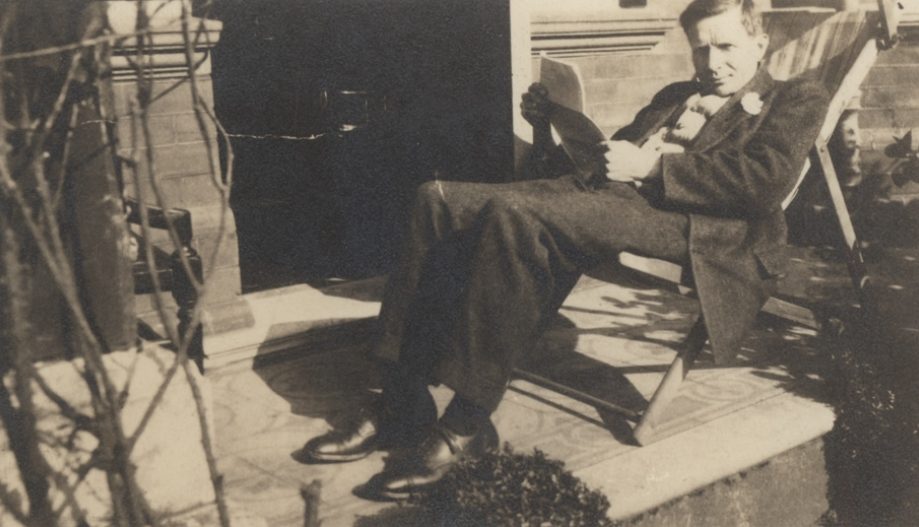
In January 1923, as the constantly growing volume of his correspondence started to become a real problem, Shoghi Effendi had written to the Bahá'ís of London:
The presence of a competent assistant in my translation work at present in Haifa would be most welcome, and highly desirable and I submit this matter to the members of the Council that they may consider the matter of sending for a time one of the English friends who would attend with me to this all-important work.
It was Dr. Esslemont, Shoghi Effendi’s close friend, who responded to Shoghi Effendi’s personal appeal by letter, arriving in Haifa on 21 November 1924 to assist the Guardian with his crushing workload as his English-language secretary. He would be the Guardian’s constant aide until his death, a year later.
Dr. Esslemont lived to serve and was very thorough and efficient in his work. When he was translating the Writings, he would spend hours poring over how to perfectly translate a single word, in order to accurately convey its meaning in English.
Dr. Esslemont helped Shoghi Effendi with the translation of the Tablet of Aḥmad, the Hidden Words, and other Writings of Bahá'u'lláh.
Dr. Esslemont was an ideal secretary and aid, constantly searching for ways to lighten the Guardian’s impossible workload and this was how Shoghi Effendi described him:
His tenacity of faith, his high integrity, his self-effacement, his industry and painstaking labors were traits of a character the noble qualities of which will live and live forever after him. To me personally he was the warmest of friends, a trusted counsellor, an indefatigable collaborator, a lovable companion.
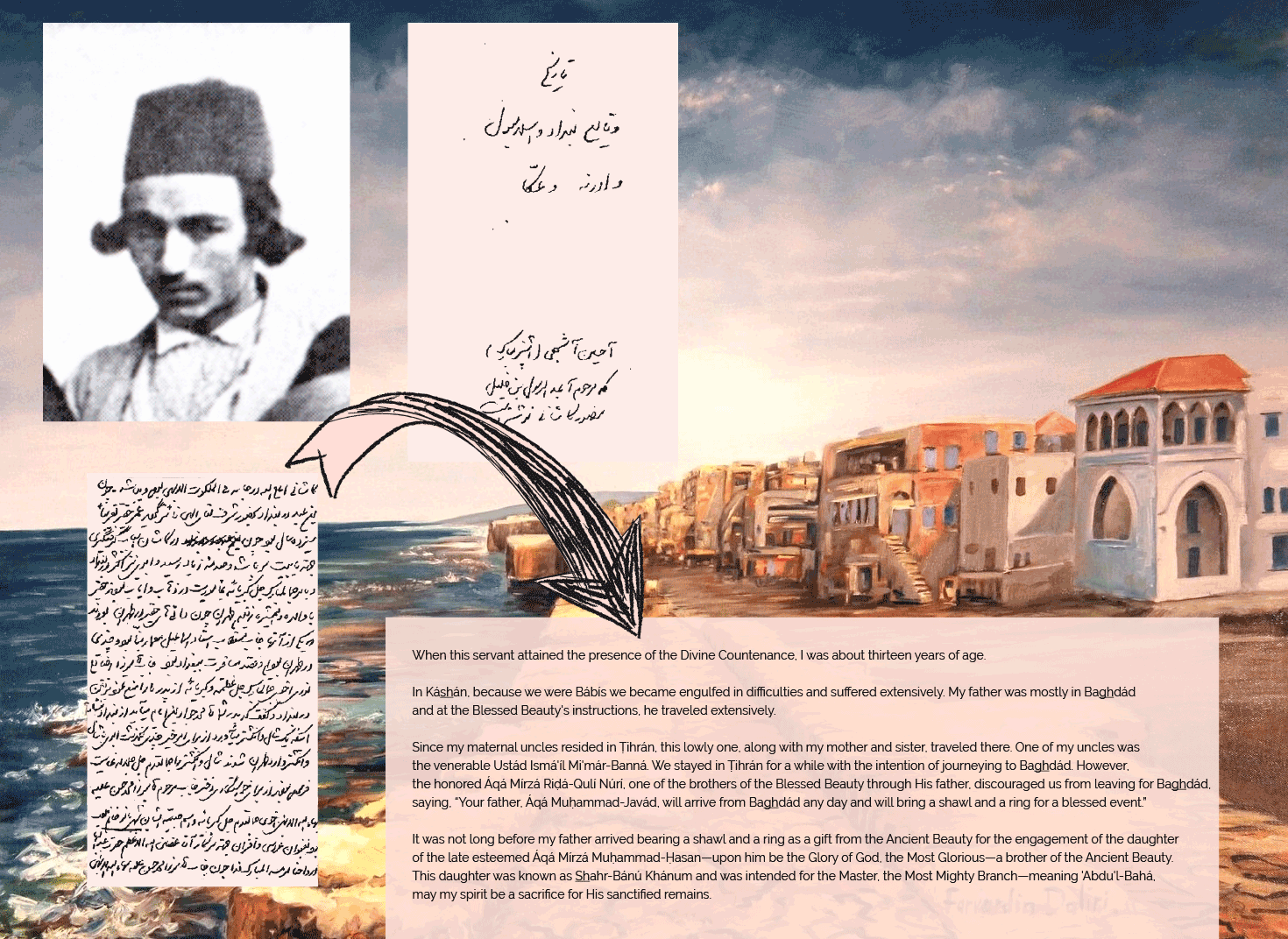
Áqá Ḥusayn-i-Ashchí. Source: Bahaipedia; Note: This is a crop of a large photo of Bahá'ís from Edirne in 1863-1868 with a young 'Abdu'l-Bahá and his brother Mírzá Mihdí, found here on Bahá'í Chronicles, Áqá Ḥusayn-i-Ashchí is second from the right, standing in the back row. The other two photographs are, at the top: the front page of the manuscript of Áqá Ḥusayn-i-Ashchí’s memoirs, and at the bottom, on the left, the first page of his memoirs, translated by Ahang Rabbání on the right. Source for the Persian files: Taríkh-i- Áqá Ḥusayn-i-Ashchí. Background image: A beautiful painting shows what 'Akká would have looked like at the time Bahá'u'lláh moved into the house of 'Abbúd. © Farvardin Daliri, used with permission. Source: Farvardin Daliri. The images of Áqá Ḥusayn-i-Ashchí’s Persian memoirs as well as the link to Ahang Rabbání’s partial translation of this manuscript, were provided courtesy of Adib Masumian, who also kindly reviewed the final graphic.
Áqá Ḥusayn-i-Ashchí was born in 1844, the year of the Declaration of the Báb, and was the son of Áqá Muḥammad-Javad-i-Kashání, a very early Bábí. After he was orphaned at a young age, he was taken to Baghdad, and grew up in the family of Bahá'u'lláh, at first making broths, then becoming a cook.
His name, Ashchí comes from the word ash (broth) and Ashchí means “broth-maker.” Áqá Ḥusayn-i-Ashchí accompanied Bahá'u'lláh on His last three exiles to Istanbul, Edirne and 'Akká, and was briefly imprisoned in 1872 when he was part of the band that murdered the three Covenant-breakers in 'Akká on 22 January 1972.
In December 1924, when Áqá Ḥusayn-i-Ashchí was 80 years old and on his death-bed, the Guardian instructed Aqa ‘Abdu'r-Rasúl-i-Manṣúr-i-Kashání to sit by his bedside and take down all that the dying man could remember of the events of seven decades. Áqá Ḥusayn-i-Ashchí had witnessed the entirety of the ministry of Bahá'u'lláh, and the entirety of the ministry of 'Abdu'l-Bahá, and his recollections were utterly fascinating. He had witnessed the entirety of the Heroic Age of the Faith, having been born in 1844.
The memoirs of Áqá Ḥusayn-i-Ashchí can be found in the original Persian here, and you can read the English translation by Ahang Rabbání here.
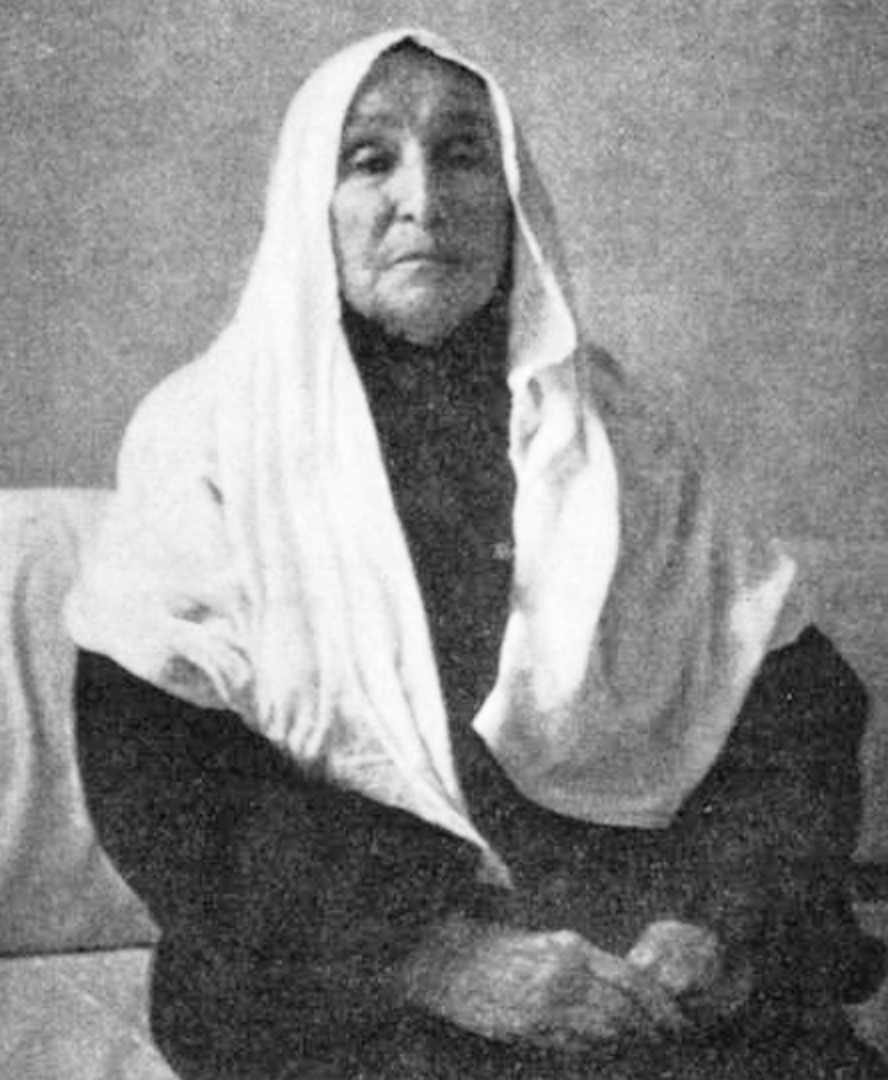
Munírih Khánum in 1900. Source: Bahaipedia.
Munírih Khánum held fast to the Covenant while her entire family spiritually died from the disease of Covenant-breaking.
In December 1924, she wrote a letter in her own to Shoghi Effendi, addressing him as “Haḍrat-i-Shoghi Effendi” (His Highness Shoghi Effendi), as “Gawhar-i-Pák” (Pure Pearl), as her dear soul, the beloved of both worlds and the one chosen by the Master of the inhabitants of this world.
In her letter, Munírih Khánum explains that she would be away for a few days—as per her doctor’s recommendation—and would be deprived of seeing him, including in her package the gift of a soft blanket a friend had given her.
Before ending her letter, Munírih Khánum beseeches Shoghi Effendi to pray for her, that she might die faithful and steadfast, saying she wished to “leave the world with an assured heart, complete faith, absolute detachment and utter sincerity,” and stating that this was “her highest aim, dearest wish, ultimate hope and cherished desire.”
SOURCES FOR PART VI
The Priceless Pearl, Rúḥíyyih Rabbání, Bahá’í Publishing Trust, London, 1969, pages 46, 48-49, and 408.
Ambassador at the Court: The Life and Photography of Effie Baker, Graham Hassall, Chapter 13: Ḥaẓíratu’l-Quds.
The four aspects of Shoghi Effendi’s life
The Priceless Pearl, Rúḥíyyih Rabbání, Bahá’í Publishing Trust, London, 1969, pages 226-227.
The three aims of the Guardian’s ministry
In the Days of the Guardian: Transcript of a talk by Hand of the Cause of God Leroy Ioas, Johannesburg, South Africa, 1958.
Before 17 January 1922: Shoghi Effendi’s first laugh
Dawn Over Mount Hira. Marzieh Gail, George Ronald, 1976, page 216.
17 January 1922: There has been no mistake
Dawn Over Mount Hira. Marzieh Gail, George Ronald, 1976, page 216.
23 January 1922: Shoghi Effendi’s first letter to ‘Alí Yazdí as Guardian of the Cause of God
Blessings Beyond Measure: Recollections of ‘Abdu’l-Bahá and Shoghi Effendi. ‘Alí M Yazdí. Bahá’í Publishing Trust, 1988, pages 87-88.
The Priceless Pearl, Rúḥíyyih Rabbání, Bahá’í Publishing Trust, London, 1969, page 31.
6 February 1922: The agony and grief of Shoghi Effendi
The Priceless Pearl, Rúḥíyyih Rabbání, Bahá’í Publishing Trust, London, 1969, page 44.
1922 – 1924: The Most Great House of Bahá’u’lláh in Baghdad
The Priceless Pearl, Rúḥíyyih Rabbání, Bahá’í Publishing Trust, London, 1969, pages 94-97.
Shoghi Effendi Through the Pilgrim’s Eye Volume 1 Building the Administrative Order, 1922-1952. Earl Redman, George Ronald, Oxford, 2015, Kindle Edition, Location 947.
Chronology on Bahá’í Library Online: The House of Bahá’u’lláh.
Before 4 March 1922: The photograph of the Guardian
Shoghi Effendi Through the Pilgrim’s Eye Volume 1 Building the Administrative Order, 1922-1952. Earl Redman, George Ronald, Oxford, 2015, Kindle Edition, Location 768.
5 March 1922: The Guardian’s second letter to the Bahá’í world: Bahá’u’lláh’s Administrative Order
Bahá’í Administration, Shoghi Effendi: Letter of 5 March 1922.
March 1922: A place for ‘Abdu’l-Bahá’s Shrine
Shoghi Effendi Through the Pilgrim’s Eye Volume 1 Building the Administrative Order, 1922-1952. Earl Redman, George Ronald, Oxford, 2015, Kindle Edition, Locations 1158 and 1276.
Email communication with Earl Redman, 22 September 2021 regarding the locations of the site Shoghi Effendi visited and the current site.
1922 – 1945: ‘Alí-Aṣghar Qazvíní, “Mu’allim,” the Guardian’s postman
The Bahá’í World, Volume X, pages 532−533.
March 1922: Shoghi Effendi calls Bahá’ís to the Holy Land for consultation
The Priceless Pearl, Rúḥíyyih Rabbání, Bahá’í Publishing Trust, London, 1969, pages 55-56 and 247-248.
Two forces at work in the early months of the Guardian’s ministry
The Priceless Pearl, Rúḥíyyih Rabbání, Bahá’í Publishing Trust, London, 1969, pages 55-56 and 247-248.
The Guardian’s consultations with the Bahá’í group
The Priceless Pearl, Rúḥíyyih Rabbání, Bahá’í Publishing Trust, London, 1969, pages 55-56 and 247-248.
The Priceless Pearl, Rúḥíyyih Rabbání, Bahá’í Publishing Trust, London, 1969, pages 55-56 and 247-248.
The Priceless Pearl, Rúḥíyyih Rabbání, Bahá’í Publishing Trust, London, 1969, pages 57- 58.
March/April 1922: The growth of the Bahá’í World Centre
The Priceless Pearl, Rúḥíyyih Rabbání, Bahá’í Publishing Trust, London, 1969, page 69.
Curtis Kelsey and ‘Abdu’l-Bahá
Bahaipedia: Curtis Kelsey.
Violetta Zein, The Extraordinary Life of ‘Abdu’l-Bahá Part VIII: Return to the Holy Land: September – November 1921 – HAIFA – ‘Abdu’l-Bahá brings electricity to the Holy Places.
Shortly before 5 April 1922: Shoghi Effendi thanks Curtis Kelsey
He Loved and Served: The Story of Curtis Kelsey. Nathan Rutstein, George Ronald, Oxford, 1982, Chapters 9 and 10.
Illuminating the Shrines of the Báb and Bahá’u’lláh
21 April 1922: The Shrines are illuminated for the first time
REFERENCES FOR THE PREVIOUS TWO STORIES:
Coronation on Carmel: The Story of the Shrine of the Báb Volume II: 1922-1963, Michael V. Day, George Ronald, 2018, pages 22-23.
Late April 1922: Curtis Kelsey experiences the Greatest Holy Leaf’s commanding presence
He Loved and Served: The Story of Curtis Kelsey. Nathan Rutstein, George Ronald, Oxford, 1982, Chapter 9.
Shoghi Effendi crushed by grief and his new responsibilities
Shoghi Effendi’s letter to the Bahá’í world regarding his absence
Shoghi Effendi travels to Germany and Switzerland
REFERENCES FOR THIS SECTION
The Priceless Pearl, Rúḥíyyih Rabbání, Bahá’í Publishing Trust, London, 1969, pages 57, 59 and 63-64.
Shoghi Effendi Through the Pilgrim’s Eye Volume 1 Building the Administrative Order, 1922-1952. Earl Redman, George Ronald, Oxford, 2015, Kindle Edition, Location 1049.
Leroy Ioas: Hand of the Cause of God, Anita Ioas Chapman, George Ronald, 1998, page 290.
The Life of Shoghi Effendi, Helen Danesh, John Danesh, and Amelia Danesh, published in Studying the Writings of Shoghi Effendi, ed. M. Bergsmo, Oxford: George Ronald, 1991.
The Greatest Holy Leaf’s 49 descriptions of Shoghi Effendi
Excerpts from 19 letters written by the Greatest Holy Leaf regarding the Guardian
REFERENCES FOR THE PREVIOUS THREE STORIES:
Bahíyyih Khánum: The Greatest Holy Leaf by Bahá’u’lláh, Abdu’l-Bahá, Shoghi Effendi, and Bahíyyih Khánum compiled by the Research Department of the Universal House of Justice, Part V: Letters of the Greatest Holy Leaf part 1 and Letters of the Greatest Holy Leaf part 2.
22 – 26 April 1922: The first National Spiritual Assembly of the United States
The Priceless Pearl, Rúḥíyyih Rabbání, Bahá’í Publishing Trust, London, 1969, pages 62-63.
Star of the West, Volume 13, Issue 4.
1922: The state of the worldwide Administrative Order
The Priceless Pearl, Rúḥíyyih Rabbání, Bahá’í Publishing Trust, London, 1969, pages 340-342.
1922: The state of Bahá’í communities worldwide
The Priceless Pearl, Rúḥíyyih Rabbání, Bahá’í Publishing Trust, London, 1969, pages 342-343.
December 1922: The Greatest Holy Leaf’s grief
The Priceless Pearl, Rúḥíyyih Rabbání, Bahá’í Publishing Trust, London, 1969, pages 57, 59 and 63-64.
Shoghi Effendi Through the Pilgrim’s Eye Volume 1 Building the Administrative Order, 1922-1952. Earl Redman, George Ronald, Oxford, 2015, Kindle Edition, Location 1049.
Munírih Khánum: Memoirs and Letters, Munírih Khánum, translated by Sammireh Anwar Smith, Los Angeles: Kalimat Press (1986): Letter of Lament 1922.
Leaves of the Twin Divine Trees. Baharieh Rouhani Ma’ani, George Ronald, Oxford, 2013, Kindle Edition, Chapter 7: Bahá’íyyih Khánum, the Most Outstanding Heroine of the Bahá’í Dispensation.
15 December 1922: Shoghi Effendi returns to Haifa
The Priceless Pearl, Rúḥíyyih Rabbání, Bahá’í Publishing Trust, London, 1969, pages 63-67 and 69.
In the Days of the Guardian: Transcript of a talk by Hand of the Cause of God Leroy Ioas, Johannesburg, South Africa, 1958.
December 1922: Flooded with correspondence
The Priceless Pearl, Rúḥíyyih Rabbání, Bahá’í Publishing Trust, London, 1969, pages 68-69.
December 1922: Regular meetings with pilgrims
The Priceless Pearl, Rúḥíyyih Rabbání, Bahá’í Publishing Trust, London, 1969, page 69.
8 February 1923: The keys of the Shrine of Bahá’u’lláh are returned to Shoghi Effendi
The Priceless Pearl, Rúḥíyyih Rabbání, Bahá’í Publishing Trust, London, 1969, pages 70-71.
The Bábí and the Bahá’í Religions, 1844–1944, Some Contemporary western Accounts. Moojan Momen, George Ronald, Oxford, 1981, page 457.
The Covenant of Bahá’u’lláh, Adib Taherzadeh, George Ronald, Oxford, 1992 Chapter 30: Rebellion in the East.
Encyclopaedia Iranica: Āyatī, ʿabd-Al-Ḥosayn.
Wikipedia: Abd al-Hosayn Ayati.
December 1922 – February 1923: Covenant-breaking worries
The Priceless Pearl, Rúḥíyyih Rabbání, Bahá’í Publishing Trust, London, 1969, pages 69-70.
January 1923: Avárih in England
The Covenant of Bahá’u’lláh, Adib Taherzadeh, George Ronald, Oxford, 1992 Chapter 30: Rebellion in the East.
Star of the West Volume 13, Issue 12 (March 1923), page 345.
Wikipedia: Abd al-Hosayn Ayati.
Star of the West Volume 14, Issue 1 (April 1923, pages 20-21).
Bahíyyih Khánum: The Greatest Holy Leaf by Bahá’u’lláh, Abdu’l-Bahá, Shoghi Effendi, and Bahíyyih Khánum, compiled by Research Department of the Universal House of Justice Haifa: Bahá’í World Centre Publications (1982): 29 May 1924 letter from the Greatest Holy Leaf to Ḥájí Amín, the Trustee of the Ḥuqúqu’lláh in Ṭihrán, pages 218-219.
Spring 1923 – 1924: Avárih in Egypt
The Covenant of Bahá’u’lláh, Adib Taherzadeh, George Ronald, Oxford, 1992 Chapter 30: Rebellion in the East.
Bahíyyih Khánum: The Greatest Holy Leaf by Bahá’u’lláh, Abdu’l-Bahá, Shoghi Effendi, and Bahíyyih Khánum, compiled by Research Department of the Universal House of Justice Haifa: Bahá’í World Centre Publications (1982): 29 May 1924 letter from the Greatest Holy Leaf to Ḥájí Amín, the Trustee of the Ḥuqúqu’lláh in Ṭihrán, pages 218-219
12 March 1923: The Guardian establishes the Bahá’í Fund
First spiritual principle of the Bahá’í Fund: A privilege and honor reserved for Bahá’ís
Second spiritual principle of the Bahá’í Fund: Strictly and purely voluntary contributions
Third and fourth spiritual principles of the Bahá’í Fund: The concepts of sacrifice and earmarking
REFERENCES FOR THE PREVIOUS FOUR STORIES:
The Priceless Pearl, Rúḥíyyih Rabbání, Bahá’í Publishing Trust, London, 1969, pages 330-334.
Bahá’í Administration, Shoghi Effendi, Letter of 25 October 1929.
Bahá’í Administration, Shoghi Effendi, Letter of 10 January 1926.
1923: The Guardian promotes unity in Assemblies
The Priceless Pearl, Rúḥíyyih Rabbání, Bahá’í Publishing Trust, London, 1969, pages 300-302.
This Decisive Hour, Shoghi Effendi, Letter 58: The Most Fateful Hour, 28 July 1939.
1923 – 1929: The nine terraces of ‘Abdu’l-Bahá
The Priceless Pearl, Rúḥíyyih Rabbání, Bahá’í Publishing Trust, London, 1969, pages 85-86 and 146.
The Revelation of Bahá’u’lláh, Volume 4. Adib Taherzadeh, George Ronald, Oxford, 1987, page 170.
Star of the West, Volume 20, Issue 4, page 122.
1923: Shoghi Effendi’s joy at Hyde and Clara Dunn’s efforts in Australia
A love which does not wait : the stories of Lua Getsinger, May Maxwell, Martha Root, Keith Ransom-Kehler, Hyde Dunn, Susan Moody, Dorothy Baker, Ella Bailey, and Marion Jack, Janet Ruhe-Schoen, Palabra Publications (1998), page 115.
The Bahá’í World Volume 17, page 515.
29 April – May 1923: May and Mary Maxwell’s first pilgrimage to the presence of Shoghi Effendi
Shoghi Effendi Through the Pilgrim’s Eye Volume 1 Building the Administrative Order, 1922-1952. Earl Redman, George Ronald, Oxford, 2015, Kindle Edition, Location 1693.
A Tribute to Amatul’Bahá Ruḥíyyíh Khánum, Violette Nakhjávání.
Mary Maxwell meets Shoghi Effendi for the first time
Shoghi Effendi Through the Pilgrim’s Eye Volume 1 Building the Administrative Order, 1922-1952. Earl Redman, George Ronald, Oxford, 2015, Kindle Edition, Location 1716.
Maxwells of Montreal, The: Middle Years 1923-1937 Late Years 1937-1952. Violette Nakhjavani, George Ronald, Oxford (2011), Kindle Edition, Locations 109-128.
A Tribute to Amatul’Bahá Ruḥíyyíh Khánum, Violette Nakhjávání.
The Priceless Pearl, Rúḥíyyih Rabbání, Bahá’í Publishing Trust, London, 1969, page 133.
Shoghi Effendi’s care for May Maxwell
Maxwells of Montreal, The: Middle Years 1923-1937 Late Years 1937-1952. Violette Nakhjavani, George Ronald, Oxford (2011), Kindle Edition, Locations 170 and 194.
The Priceless Pearl, Rúḥíyyih Rabbání, Bahá’í Publishing Trust, London, 1969, pages 83-84.
1923: Bahíyyih Khánum’s anguish at the idea Shoghi Effendi could be hurt
The Priceless Pearl, Rúḥíyyih Rabbání, Bahá’í Publishing Trust, London, 1969, pages 145-146.
Estimated May 1923: Leave-taking
Violette Nakhjavani, A Tribute to Amatul’Bahá Rúḥíyyih Khánum, pages 12-13 and 118-119.
June to November 1923: Shoghi Effendi’s second summer retreat to Switzerland
Shoghi Effendi’s letter to Mr. Hauser
REFERENCES FOR PREVIOUS TWO STORIES:
The Priceless Pearl, Rúḥíyyih Rabbání, Bahá’í Publishing Trust, London, 1969, pages 58-59 and 72.
Bahaipedia: Shoghi Effendi.
Autumn 1923: Shoghi Effendi’s lawns
The Priceless Pearl, Rúḥíyyih Rabbání, Bahá’í Publishing Trust, London, 1969, pages 83-84.
28 November 1923: The second anniversary of the passing of ‘Abdu’l-Bahá
The Priceless Pearl, Rúḥíyyih Rabbání, Bahá’í Publishing Trust, London, 1969, page 73.
January – February 1924: May and Mary Maxwell’s second pilgrimage to the presence of Shoghi Effendi
Shoghi Effendi Through the Pilgrim’s Eye Volume 1 Building the Administrative Order, 1922-1952. Earl Redman, George Ronald, Oxford, 2015, Kindle Edition, Location 1693-1716.
Violette Nakhjavani, A Tribute to Amatul’Bahá Rúḥíyyih Khánum, page 14.
Maxwells of Montreal, The: Middle Years 1923-1937 Late Years 1937-1952. Violette Nakhjavani, George Ronald, Oxford (2011), Kindle Edition, Location 358.
January – February 1924: Shoghi Effendi’s hectic schedule
Shoghi Effendi Through the Pilgrim’s Eye Volume 1 Building the Administrative Order, 1922-1952. Earl Redman, George Ronald, Oxford, 2015, Kindle Edition, Location 1693-1716.
Violette Nakhjavani, A Tribute to Amatul’Bahá Rúḥíyyih Khánum, page 14.
Maxwells of Montreal, The: Middle Years 1923-1937 Late Years 1937-1952. Violette Nakhjavani, George Ronald, Oxford (2011), Kindle Edition, Location 358.
Conversations with Shoghi Effendi, (1924), May Maxwell, page 5.
Early 1924: Avárih in the Holy Land, Lebanon and Iraq
Bahíyyih Khánum: The Greatest Holy Leaf by Bahá’u’lláh, Abdu’l-Bahá, Shoghi Effendi, and Bahíyyih Khánum, compiled by Research Department of the Universal House of Justice Haifa: Bahá’í World Centre Publications (1982): 29 May 1924 letter from the Greatest Holy Leaf to Ḥájí Amín, the Trustee of the Ḥuqúqu’lláh in Ṭihrán, pages 218-219.
The Covenant of Bahá’u’lláh, Adib Taherzadeh, George Ronald, Oxford, 1992 Chapter 31: Rebellion in the West.
Bahíyyih Khánum: The Greatest Holy Leaf by Bahá’u’lláh, Abdu’l-Bahá, Shoghi Effendi, and Bahíyyih Khánum, compiled by Research Department of the Universal House of Justice Haifa: Bahá’í World Centre Publications (1982): 27 May 1924 letter from the Greatest Holy Leaf to the Spiritual Assembly of the Bahá’ís of Hamadan, pages 215-218.
Bahíyyih Khánum: The Greatest Holy Leaf by Bahá’u’lláh, Abdu’l-Bahá, Shoghi Effendi, and Bahíyyih Khánum, compiled by Research Department of the Universal House of Justice Haifa: Bahá’í World Centre Publications (1982): 29 May 1924 letter from the Greatest Holy Leaf to Ḥájí Amín, the Trustee of the Ḥuqúqu’lláh in Ṭihrán, pages 218-219.
REFERENCES FOR THE PREVIOUS TWO STORIES:
The Priceless Pearl, Rúḥíyyih Rabbání, Bahá’í Publishing Trust, London, 1969, pages 209-211.
David Hofman, George Ronald, Oxford, 1983, Chapter 6: Relationship with the Guardian.
Mid-March 1924: “My heart is sensitive”
Bahíyyih Khánum: The Greatest Holy Leaf by Bahá’u’lláh, Abdu’l-Bahá, Shoghi Effendi, and Bahíyyih Khánum, compiled by Research Department of the Universal House of Justice Haifa: Bahá’í World Centre Publications (1982): 28 March 1924 letter from the Greatest Holy Leaf to the members of the Spiritual Assemblies and all the Friends of God in the East, pages 204-208.
Mid-March to 24 September 1924: Shoghi Effendi’s summer retreat to Switzerland
The Priceless Pearl, Rúḥíyyih Rabbání, Bahá’í Publishing Trust, London, 1969, page 59.
1924: Shoghi Effendi the photographer
The Priceless Pearl, Rúḥíyyih Rabbání, Bahá’í Publishing Trust, London, 1969, page 83.
Shoghi Effendi’s love of mountaineering
The Priceless Pearl, Rúḥíyyih Rabbání, Bahá’í Publishing Trust, London, 1969, pages 60 and 133-134.
Transcript of: Amatul’Bahá Rúḥíyyih Khánum’s concluding address at the First Bahá’í World Congress in London, 1963, Timestamp: 00:57:32.
Transcript of: Amatul’Bahá Rúḥíyyih Khánum’s concluding address at the First Bahá’í World Congress in London, 1963, Timestamp: 00:54:58.
Wikipedia: Timeline of Mount Everest Expeditions.
18 July 1924: The Murder of Vice-Consul Imbrie
The Bábí and the Bahá’í Religions (1844–1944): Some Contemporary Western Accounts, Moojan Momen, George Ronald, Oxford, 1981, pages 462-465.
The Bahá’í World Volume 1, page 100.
Wikipedia: Robert Whitney Imbrie.
22 September – 3 October 1924: The “Some Living Religions within the British Empire” conference
Bahá’í Library Online chronology: The life of Shoghi Effendi.
The Bahá’í Religion: Papers read at the Conference on Some Living Religions Within the British Empire (1924).
Bahá’í chronicles: Richard Edward St. Barbe Baker.
Unfolding Destiny, Shoghi Effendi, pages 19, and 21-22.
21 November 1924: Dr. Esslemont becomes Shoghi Effendi’s secretary
The Priceless Pearl, Rúḥíyyih Rabbání, Bahá’í Publishing Trust, London, 1969, pages 91-92.
The Bahá’í World, Volume VIII, pages 933-934.
December 1924: The memoirs of Áqá Ḥusayn-i-Ashchí
Bahá’u’lláh, The King of Glory. H.M. Balyúzí, George Ronald, Oxford, 1980, Preface.
December 1924: Munírih Khánum’s letter to Shoghi Effendi, her grandson
Leaves of the Twin Divine Trees. Baharieh Rouhani Ma’ani, George Ronald, Oxford, 2013, Kindle Edition, Chapter 12: Munírih Khánum (Fátimih Khánum): The Wife of ‘Abdu’l-Bahá.
![]()
 The four aspects of Shoghi Effendi’s life
The four aspects of Shoghi Effendi’s life
